2012—2022





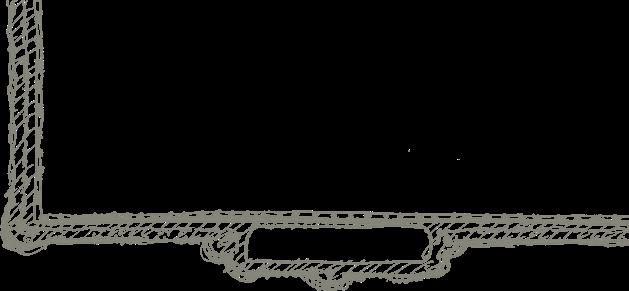


Dieci anni di Ars in Fabula Grant Award





Catalogo Vincitori

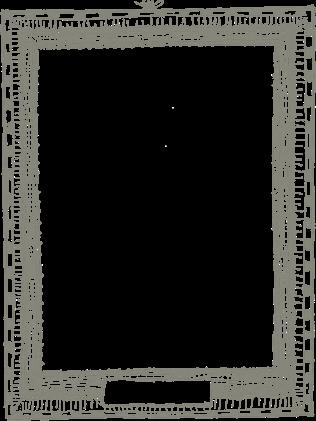
2012—2022

Dieci anni di Ars in Fabula
Grant Award
Ten years of Ars in Fabula Grant Award
Catalogo Vincitori
Winners Catalogue
Le illustrazioni in copertina sono state realizzate dai vincitori Ars in Fabula Grant Award durante il Master in Illustrazione Editoriale.
2012—2022
Dieci anni di Ars in Fabula Grant Award
Istituito nel 2012 da Ars in Fabula – Scuola di Illustrazione e da Bologna Children’s Book Fair, l’Ars in Fabula Grant Award nasce con l’intento di premiare il talento di giovani illustratori. Il premio, annuale, offre al vincitore, selezionato tra i partecipanti alla Mostra Illustratori della BCBF sotto i trent’anni e che non abbia mai pubblicato, la possibilità di frequentare il corso Master in Illustrazione Editoriale Ars in Fabula. Caratteristica fondamentale del corso Master è il rapporto diretto con il mondo professionale; ogni studente, infatti, lavora ad un progetto-libro assegnato da uno degli oltre trenta editori partner della scuola. A conclusione del percorso formativo gli editori valutano il lavoro e la possibile pubblicazione. In quindici anni di vita il corso Ars in Fabula Master ha rappresentato per molti studenti l’ingresso nel mondo professionale con la pubblicazione del proprio libro d’esordio.
Questa mostra è dedicata ai vincitori del premio dal 2012 al 2022 e presenta una selezione delle illustrazioni nate durante il corso su progetti degli editori: Orecchio Acerbo, Else Edizioni, ZOOlibri, Camelozampa, Kite Edizioni, Franco Cosimo Panini Editore, Sinnos.
2012—2022
Ten years of Ars in Fabula Grant Award

Established in 2012 by Ars in Fabula – School of Illustration and the Bologna Children’s Book Fair, the Ars in Fabula Grant Award was created with the aim of rewarding the talent of young illustrators. The annual award offers to the winner, selected among the participants in the BCBF Illustrators Exhibition under 30 and unpublished, the opportunity to attend the Ars in Fabula Master course in Editorial Illustration. Key feauture of the Master’s course is the direct relationship with the professional world; each student, in fact, works on a book project assigned by one of more than thirty publishers in partnership with the school. At the end of the training course, the publishers evaluate the work for possible publication. In fifteen years of life, the Ars in Fabula Master course has represented for many students the entry into the professional world with the publication of their debut book.
This exhibition is dedicated to the winners of the award from 2012 to 2022 and presents a selection of illustrations born during the course on projects by publishers: Orecchio Acerbo, Else Edizioni, ZOOlibri, Camelozampa, Kite Edizioni, Franco Cosimo Panini Editore, Sinnos.
 Illustrazione della diplomata Master e vincitrice Ars in Fabula Grant Award Olga Shtonda, realizzata per Franco Cosimo Panini Editore.
Illustrazione della diplomata Master e vincitrice Ars in Fabula Grant Award Olga Shtonda, realizzata per Franco Cosimo Panini Editore.
I vincitori 2012—2022
Louise Heymans, Germania (2012)
JooHee Yoon, Corea (2013)
Bruno Zocca, Italia (2013)
Teresa Manferrari, Italia (2015)
Veronica Ruffato, Italia (2016)
Cecilia Ferri, Italia (2017)
Jean Mallard, Francia (2018)
Olga Shtonda, Ucraina (2019)
Elisa Cavaliere, Italia (2020)
Lera Elunina, Russia (2021)
La giuria
Walter Fochesato
Rivista Andersen
Luigi Raffaelli
Graphic designer, illustratore


Mauro Evangelista
Direttore Ars in Fabula
Dieci anni, seppur velocemente passati, rappresentano sempre un bel traguardo per un concorso e sono, altresì, una tappa che ben si presta a qualche considerazione critica. Anche perché in filigrana è pur sempre possibile leggervi qualche tendenza sul come vanno le cose nel campo dell’illustrazione.
Ad esempio, in negativo, una sorta di stipsi creativa che porta a disporre sul foglio pochi segni e colori (che è cosa ben lontana e diversa dalla difficile arte del levare e levare ancora) o il rifarsi a compiaciuti eccessi di sperimentalismo. Tutte cose magari generose e sincere e qualche volta pregevoli ma che poco o nulla hanno a che fare con l’antica arte dell’illustrare e che creano equivoci e confusioni attorno ai rapporti fra quest’ultima e le espressioni artistiche contemporanee. In altri termini si resta ben lontani da quella che è l’essenza e la vera ragion d’essere della “decorazione del libro”: il racconto, la narrazione. E, ancora, l’imprescindibile rapporto dialettico fra la storia e le figure. Per questo, ed è pur sempre una bella sorpresa, resto ammirato e meravigliato della qualità degli autori che, come giuria, abbiamo via via individuato e della strada che, una volta frequentato il master, hanno autonomamente compiuto.
Prestigiosi riconoscimenti, collaborazioni a importanti testate, un fervore creativo che si estende ad altri campi delle arti applicate e, ovviamente, albi. Al tempo stesso è importante vedere come questi primi dieci nomi, attraverso le loro tavole, implicitamente
dialoghino fitto fra di loro, in un serrato confronto di segni, linguaggi, tecniche, esperienze, fonti di ispirazione. Anni or sono sfogliando vecchie annate de “La Lettura” scoprii, sul numero dell’aprile 1935, un articolo di Enrico Sacchetti dedicato al sommo Gustave Doré. Sacchetti è stato uno dei più importanti illustratori italiani della prima metà del ‘900 e in questo contributo, oltre alla finezza dell’indagine critica, svelava tutto il suo affetto e stima verso Doré. Una fascinazione nata durante l’infanzia quando in casa scoprì un libro che in famiglia gli nascondevano: il “Gargantua e Pantagruel” di Rabelais. “E non bisogna credere –scrive– che io fossi preso dalla favola, il mistero paradossale di quella enorme coppa e del loro rampollo gigantesco m’incuriosiva mediocremente. Quel che mi prendeva subito era l’ambiente: il borgo medievale, il bosco, la stanzaccia lurida, la sala fastosa del castello, il sotterraneo, la pianura desolata”. E per lui soffermarsi sulle tavole incise, affrontando anche quella più “terribile” o “ripugnante”, aveva “l’aspro sapore d’un’avventura bella e rischiosa. Perché io “entravo nei disegni di Doré”.
E, allora, quale miglior elogio attorno al potere dell’illustrazione e, al tempo stesso, quale miglior guida e conforto per un giovane illustratore?
Io entravo nei disegni… di Walter Fochesato
Ten years, albeit quickly passed, are always a good goal for a competition and are also a stage that lends itself well to some critical consideration. Also, because examining the watermark it is still possible to read some trends on how things are going in the field of illustration.
For example, negatively, a sort of creative constipation that leads to arranging few signs and colors on the sheet which is something very distant and different from the difficult art of taking off and taking off again or the return to complacent excesses of experimentalism. All things maybe generous and sincere and sometimes valuable but that have little or nothing to do with the ancient art of illustrating and which create misunderstandings and confusion around the relationship between the latter and contemporary artistic expressions. In other words, we remain far from what is the essence and true raison d’être of the “book decoration”: the story, the narration. And, again, the essential dialectical relationship between the story and the figures. For this reason, and it is still a nice surprise, I can only be admired and be amazed at the quality of the authors that, as a jury, we gradually identified and at the road they have independently made once they have completed their master’s degree.
Prestigious awards, collaborations with important magazines, a creative fervor that extends to other fields of the applied arts, and, of course, to picture
by Walter Fochesato
books. At the same time it is important to see how these first ten names implicitly dialogue closely with each other, through their plates, in a close confrontation of signs, languages, techniques, experiences, sources of inspiration. Years ago, leafing through vintage year’s issues of “La Lettura” I discovered, in the April 1935 issue, an article by Enrico Sacchetti dedicated to the great Gustave Doré. Sacchetti was one of the most important Italian illustrators of the first half of the 20th century and in this contribution, in addition to the finesse of the critical investigation, he revealed all his affection and esteem for Doré. A fascination born during his childhood when at home he discovered a book that the family had hidden from him: the “Gargantua and Pantagruel” by Rabelais . “And you don’t have to believe –he writes– that I was taken by the fairy tale, the paradoxical mystery of that enormous cup and their gigantic scion intrigued me moderately. What took me immediately was the environment: the medieval village, the wood, the filthy room, the sumptuous hall of the castle, the basement, the desolate plain”. And for him to dwell on the engraved plates, tackling even the most “terrible” or “repugnant” one, it had “the sour taste of a beautiful and risky adventure. Because I “entered Doré’s drawings”.
And, then, what better praise around the power of illustration and, at the same time, what better guide and comfort for a young illustrator?
I entered in the drawnings…
2012—2022
Dieci anni di Ars in Fabula Grant Award
Come è nelle cose, un anniversario costringe sempre a delle riflessioni sul passato; vediamo sfilare sotto i nostri occhi, a maggior ragione se si tratta di una mostra, gli sviluppi di una storia.
Questo pensiero mi attraversava la mente lavorando alla selezione delle immagini per il decennale dell’Ars in Fabula Grant Award, il premio dedicato ai giovani talenti dell’illustrazione nato in collaborazione con Bologna Children’s Book Fair, a cui quest’anno la Fiera ha gentilmente voluto dedicare una mostra. Per inciso, il premio consiste nel dare ogni anno al vincitore, selezionato tra i partecipanti della Mostra Illustratori della BCBF, sotto i trent’anni e mai pubblicato, la possibilità di frequentare l’Ars in Fabula Master e quindi di poter lavorare ad una commissione editoriale.
Emozionante riavere tra le mani quei disegni! Le illustrazioni che abbiamo visto nascere sui banchi della scuola hanno come per incanto acceso la memoria sui tanti momenti legati alla nascita dei progetti-libro: le immancabili crisi che un processo creativo porta con sé, specialmente se si affronta, per la prima volta un lavoro così impegnativo (la “costruzione” di un libro illustrato), ma anche gli entusiasmi, le speranze, i successi editoriali, le selezioni alle mostre di settore, i premi. Ognuno dei progetti in mostra, oltre alla storia che illustra, racchiude in sé tante storie e tutte rappresentano pagine importanti della storia di Ars in Fabula, che da oltre un ventennio, pervicacemente, persegue l’obiettivo delle origini, quello di dare ai propri studenti una prepara-
di Mauro Evangelista
zione forte, oltre gli schemi, oltre le mode, sempre alla ricerca della “voce” più autentica del singolo pur in stretta collaborazione con il mondo professionale. Non potevo parlare dei motivi che ci hanno spinto a creare questo premio senza far riferimento alla “filosofia” di fondo che ha sempre seguito la scuola, la finalità è sempre la stessa. Di due generazioni di studenti abbiamo visto germogliare i semi, molti di loro oggi “svettano”, a livello internazionale! Mi piace pensare che l’evoluzione dell’editoria italiana dagli inizi dell’anno duemila ad oggi è stata possibile grazie alla sinergia di più attori: all’attenzione verso le giovani proposte degli editori che sono nati in quegli anni, al ruolo fondamentale della BCBF, ente che ritengo un vero e proprio patrimonio culturale del Paese, ed a scuole come Ars in Fabula.
L’Ars in Fabula Grant Award è stato e vuole continuare ad essere un’opportunità per le nuove generazioni, un incoraggiamento ad entrare nel mondo dell’editoria mettendo in campo il proprio talento.
In conclusione vorrei ringraziare Elena Pasoli e Deanna Belluti della BCBF per la loro entusiastica e calorosa disponibilità e tutti gli editori (oltre trenta) che da tanti anni collaborano con noi. Un ringraziamento particolare a Walter Fochesato e a Luigi Raffaelli che insieme a me hanno formato la giuria di questi anni del premio ed infine ad Alessandra Sconosciuto di Ars in Fabula, la responsabile dei rapporti con gli editori che ogni anno, al pari di un agente letterario, tesse le fila per la creazione dei progetti del Master.
2012—2022
Ten years of Ars in Fabula Grant Award
As things go, an anniversary always forces us to reflect on the past; we see the developments of a story passing by before our eyes, even more so if it is an exhibition.
This thought crossed my mind as I worked on the selection of images for the tenth anniversary of the Ars in Fabula Grant Award, the award dedicated to young talents of illustration born in collaboration with the Bologna Children’s Book Fair, to which the Fair kindly wanted to dedicate an exhibition this year. For the record, the prize consists in giving every year to the winner, selected among the participants of the BCBF Illustrators Exhibition, under thirty years of age and unpublished, the possibility of attending the Ars in Fabula Master and therefore of being able to work on an editorial commission.
Thrilling to have those drawings back in my hands! We have seen the birth of the illustrations at school, they magically ignited the memory of many moments linked to the birth of the book-projects: the inevitable crises that a creative process brings with it, especially if you face a work so demanding for the first time (the “construction” of a picture book), but also the enthusiasms, the hopes, the publishing successes, the selections at specialised fairs, the awards. Each of the projects on display, in addition to the story it illustrates, embodies many stories and all represent important pages in the history of Ars in Fabula, which for over twenty years has stubbornly pursued its original goal, that is giving its students a strong preparation, beyond the schemes, beyond the fashions, always in search of the most authentic “voice” of the individual while in close collaboration with the professional world. I could not talk about the reasons that prompted us to create this award without referring to the basic “philosophy” that
by Mauro Evangelista
has always followed the school, the purpose is always the same. We have seen sprouting the seeds of two generations of students, many of them today “soar”, internationally! I like to think that the evolution of Italian publishing from the beginning of the year 2000 to today has been possible thanks to the synergy of several actors: the attention to the young proposals of the publishers who were born in those years, the fundamental role of the BCBF, an institution that I consider a real cultural heritage of the country, and schools such as Ars in Fabula.
The Ars in Fabula Grant Award has been and will continue to be an opportunity for the new generations, an encouragement to enter the publishing world fielding their talent.
In conclusion, I would like to thank Elena Pasoli and Deanna Belluti of the BCBF for their enthusiastic and warm kindness and all the publishers (over thirty) who have been collaborating with us for many years. A special thanks to Walter Fochesato and Luigi Raffaelli who with me have formed the jury of these years of the prize and finally to Alessandra Sconosciuto of Ars in Fabula, the manager of relations with publishers who every year, like a literary agent, weaves the lines for the creation of the Master’s projects.
Colonia (Germania), 1984

Cologne (Germany), 1984
Selezionata alla Mostra degli illustratori della Bologna Children’s Book Fair, Louise Heymans vince il premio Ars in Fabula Grant Award nel 2012. Frequenta il Master Ars in Fabula di Macerata dove lavora al progetto “Il topo sconsiderato e la gatta cauta” seguita dall’editore Orecchio Acerbo. Partecipa alle mostre Hans-Meid-Preis Fabrik der Künste di Hamburg (2011), International Mezzotint Festival Yekaterinburg, in Russia (2017), alla Sharjah Children’s Reading Festival in Sharjah negli Emirati Arabi (2019). Attualmente vive e lavora ad Amburgo.
Selected at the Illustrators Exhibition of the Bologna Children’s Book Fair, Louise Heymans won the Ars in Fabula Grant Award in 2012. She attended the Master Ars in Fabula in Macerata where she worked on the project “Il topo sconsiderato e la gatta cauta” supervised by the publisher Orecchio Acerbo. She participates in the exhibitions Hans-Meid-Preis Fabrik der Künste in Hamburg (2011), International Mezzotint Festival Yekaterinburg, in Russia (2017), at the Sharjah Children’s Reading Festival in Sharjah in the United Arab Emirates (2019). She currently lives and works in Hamburg.


Il topo sconsiderato e la gatta cauta di James Thurber
Progetto libro realizzato con :

Project made with :
Tecnica : scratchboard e acrilico

Technique : scratchboard and acrylic


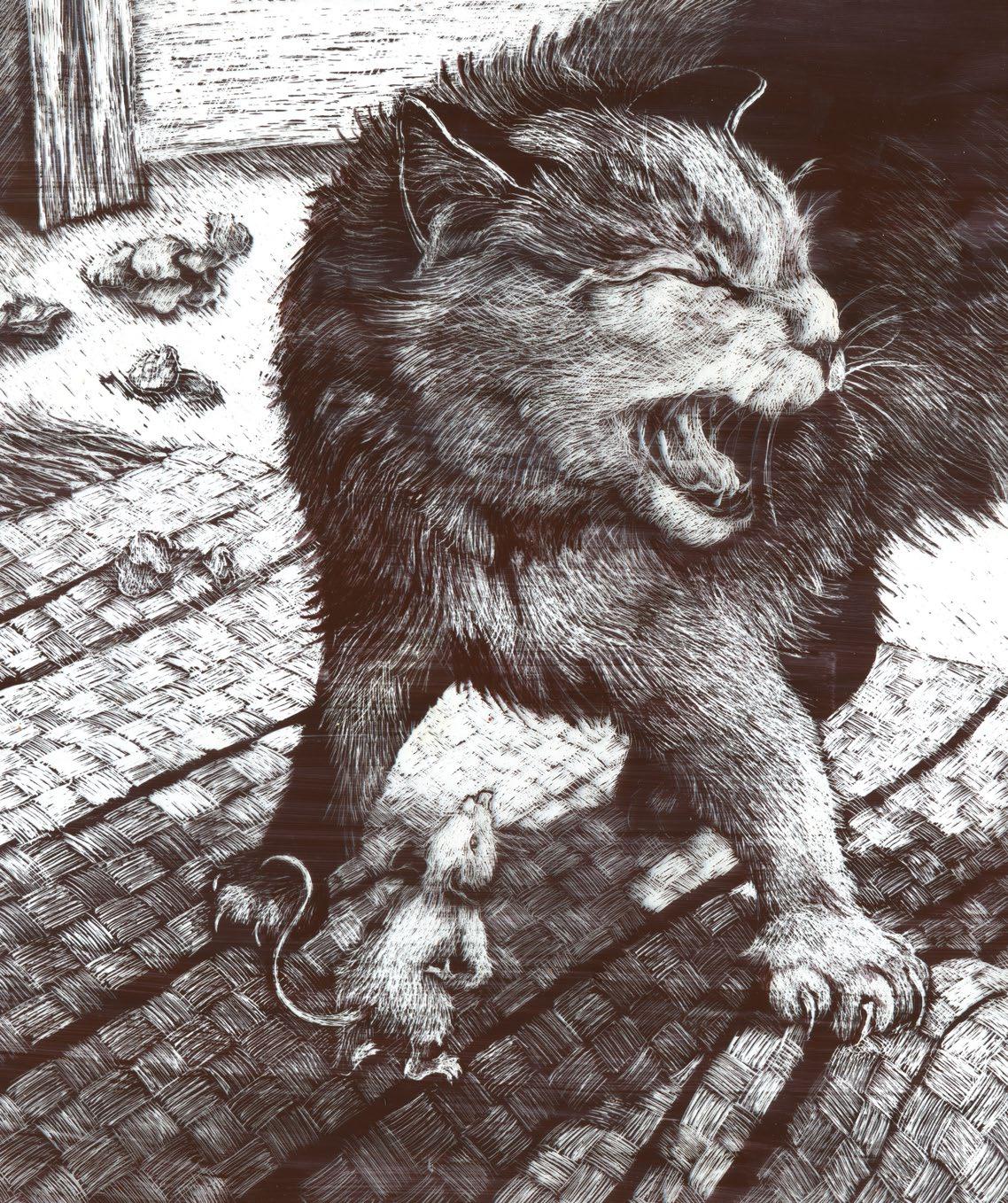 Tesi Ars in Fabula Master A.A. 2012—2013 / Louise Heymans (Germania, 2012) per Orecchio Acerbo.
Tesi Ars in Fabula Master A.A. 2012—2013 / Louise Heymans (Germania, 2012) per Orecchio Acerbo.


Tesi
Ars in
Fabula Master A.A. 2012—2013 / Louise Heymans (Germania, 2012) per Orecchio Acerbo.

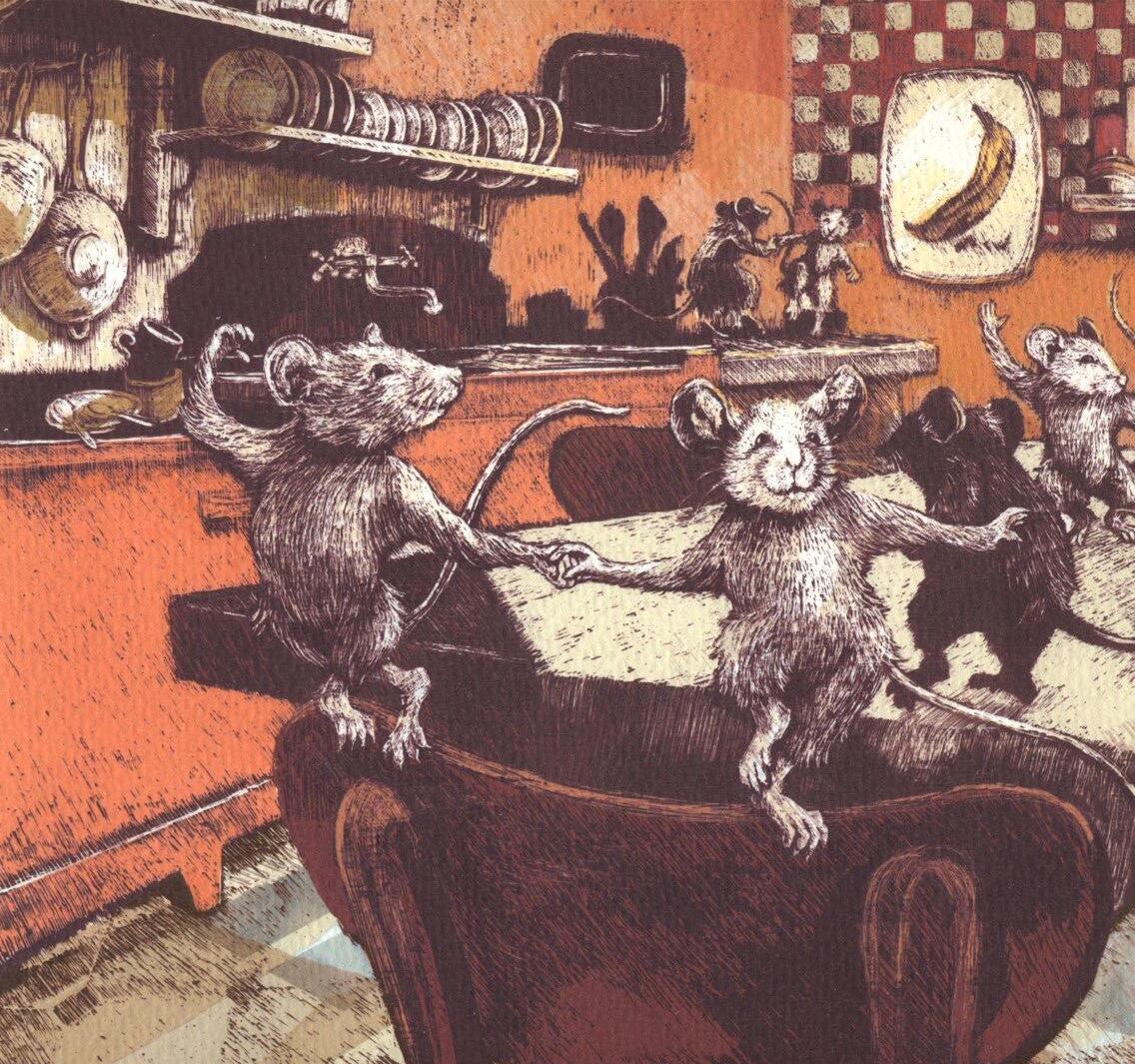 Tesi Ars in Fabula Master A.A. 2012—2013 / Louise Heymans (Germania, 2012) per Orecchio Acerbo.
Tesi Ars in Fabula Master A.A. 2012—2013 / Louise Heymans (Germania, 2012) per Orecchio Acerbo.

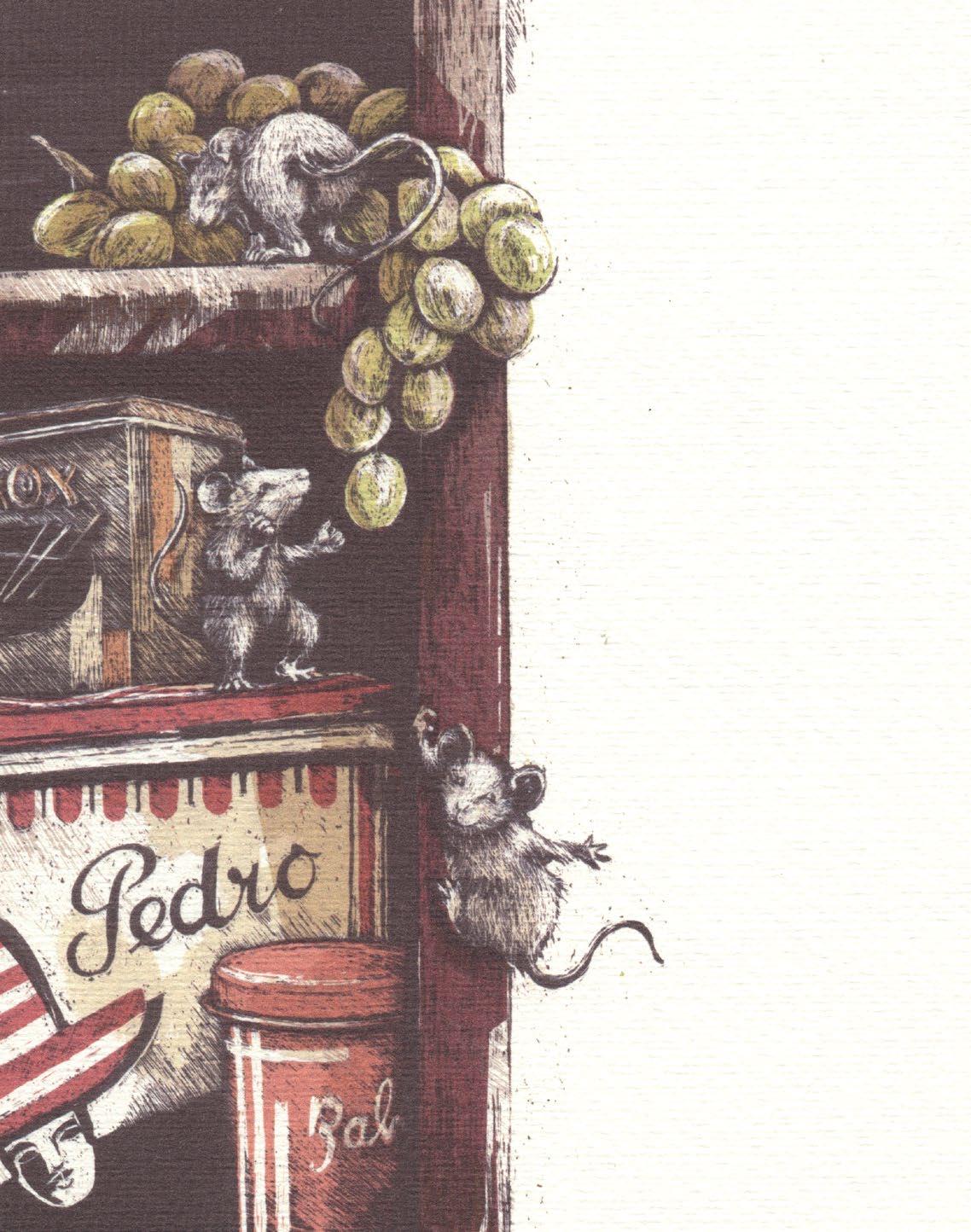
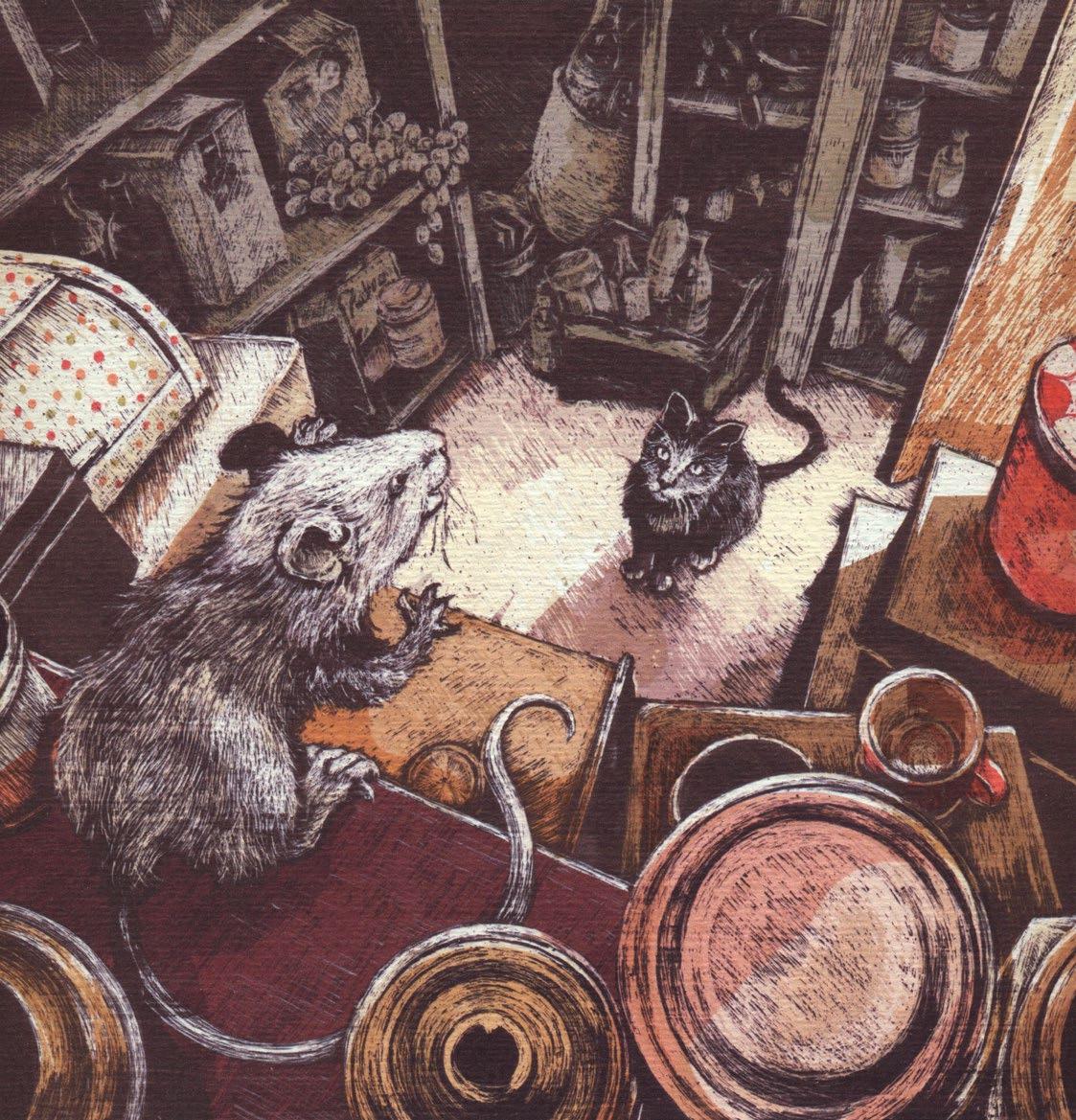 Tesi Ars in Fabula Master A.A. 2012—2013 / Louise Heymans (Germania, 2012) per Orecchio Acerbo.
Tesi Ars in Fabula Master A.A. 2012—2013 / Louise Heymans (Germania, 2012) per Orecchio Acerbo.
Seoul (Corea del Sud), 1989
Seoul (South Korea), 1989
JooHee Yoon ha studiato alla Rhode Island School of Design, dove si è diplomata nel 2011. Nel 2013 viene selezionata alla Mostra Illustratori della Bologna Children’s Book Fair e vince l’Ars in Fabula Grant Award. Durante il corso Master lavora al progetto “Re Tigre”, un racconto di James Thurber, assegnato dall’editore Orecchio Acerbo, pubblicato nel 2014 in co-edizione con Else Edizioni. Con questo libro di esordio nel 2015 vince il New York Times Best Illustrated Book Award. I suoi lavori sono stati selezionati in numerose mostre tra cui: Society of Illustrators di New York (2017), Biennale Ilustrarte di Lisbona (2018), Albus Gallery di Seul (2019). Ha ricevuto numerosi premi, tra i quali: la Golden Medal della Society of Illustrators New York (2014), Nami Concours Gold Island Awards (2017).


JooHee Yoon studied at the Rhode Island School of Design, where she graduated in 2011. In 2013 she was selected at the Illustrators Exhibition of the Bologna Children’s Book Fair and she won the Ars in Fabula Grant Award. During the Master course she worked on the project “Re Tigre”, a story by James Thurber, assigned by the publisher Orecchio Acerbo,
published in 2014 in co-edition with Else Edizioni. With this debut book in 2015 she won the New York Times Best Illustrated Book Award. Her works have been selected in numerous exhibitions including: Society of Illustrators in New York (2017), Ilustrarte Biennial in Lisbon (2018), Albus Gallery in Seoul (2019). She has received numerous awards, including: the Golden Medal of the Society of Illustrators New York (2014), Nami Concours Gold Island Awards (2017).
Illustrazione di JooHe Yoon da “Re Tigre” : particolare.
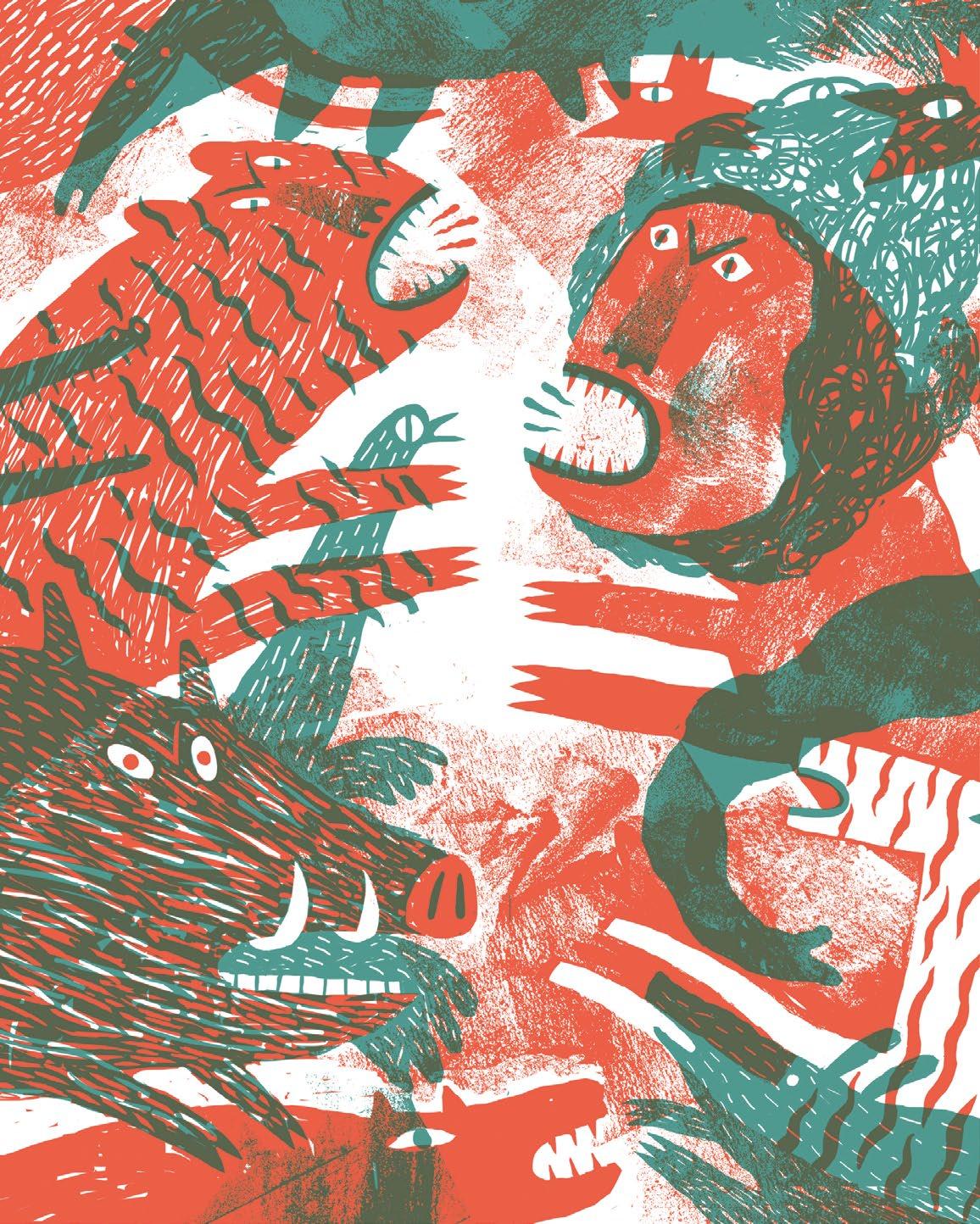
Re Tigre
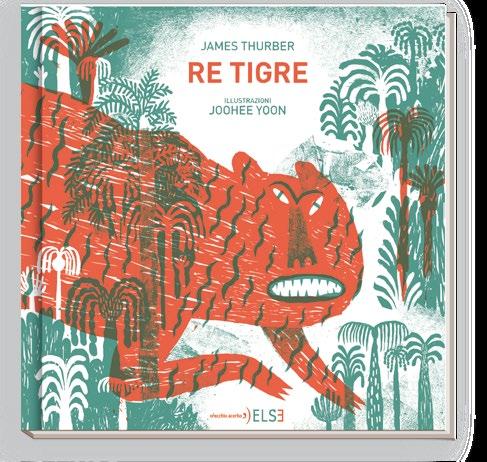
di James Thurber
Progetto libro realizzato con :

Project made with :
Tecnica : serigrafia
Technique : screen printing
 Sopra, illustrazione di JooHe Yoon da “Re Tigre” : particolare.
Sopra, illustrazione di JooHe Yoon da “Re Tigre” : particolare.
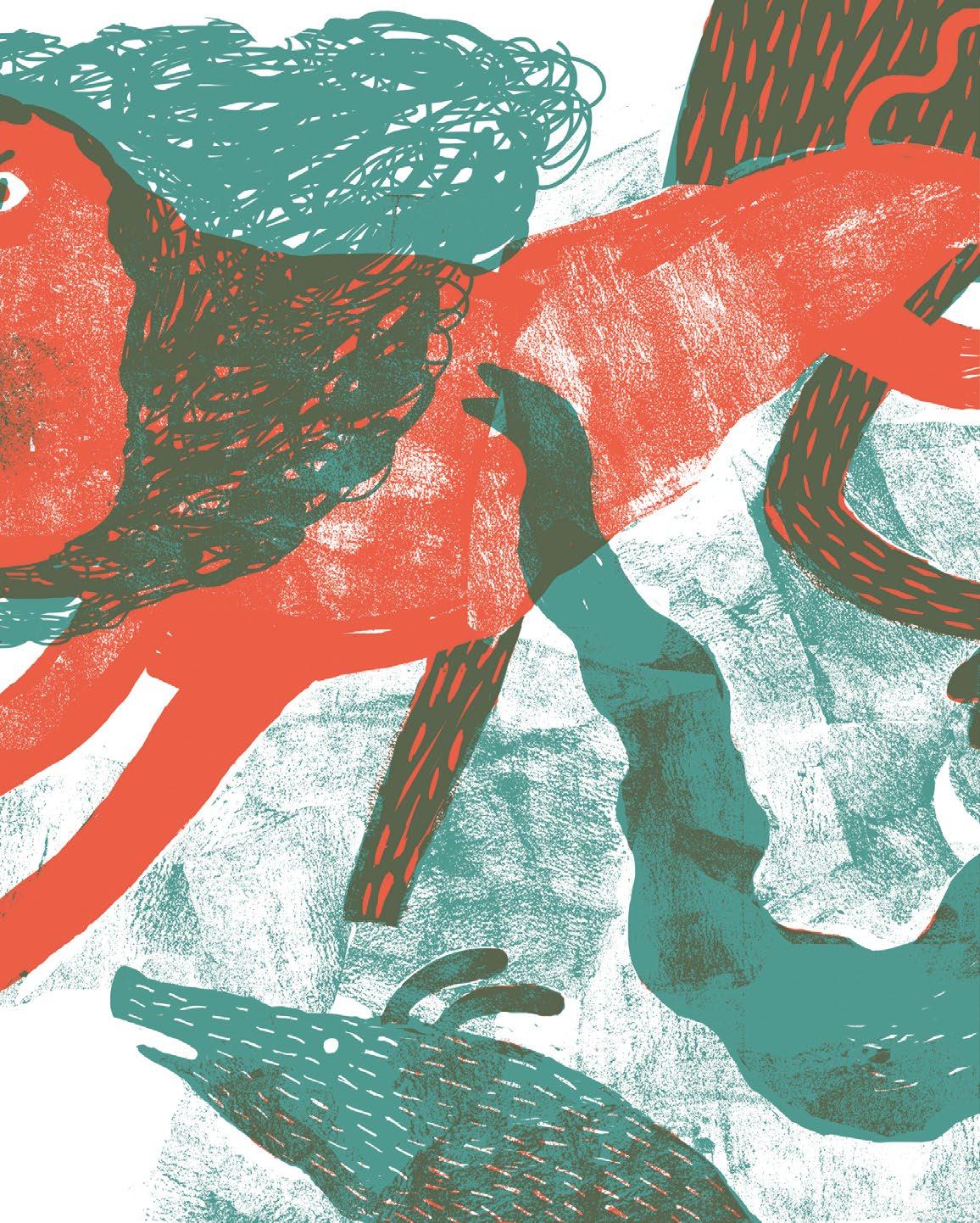
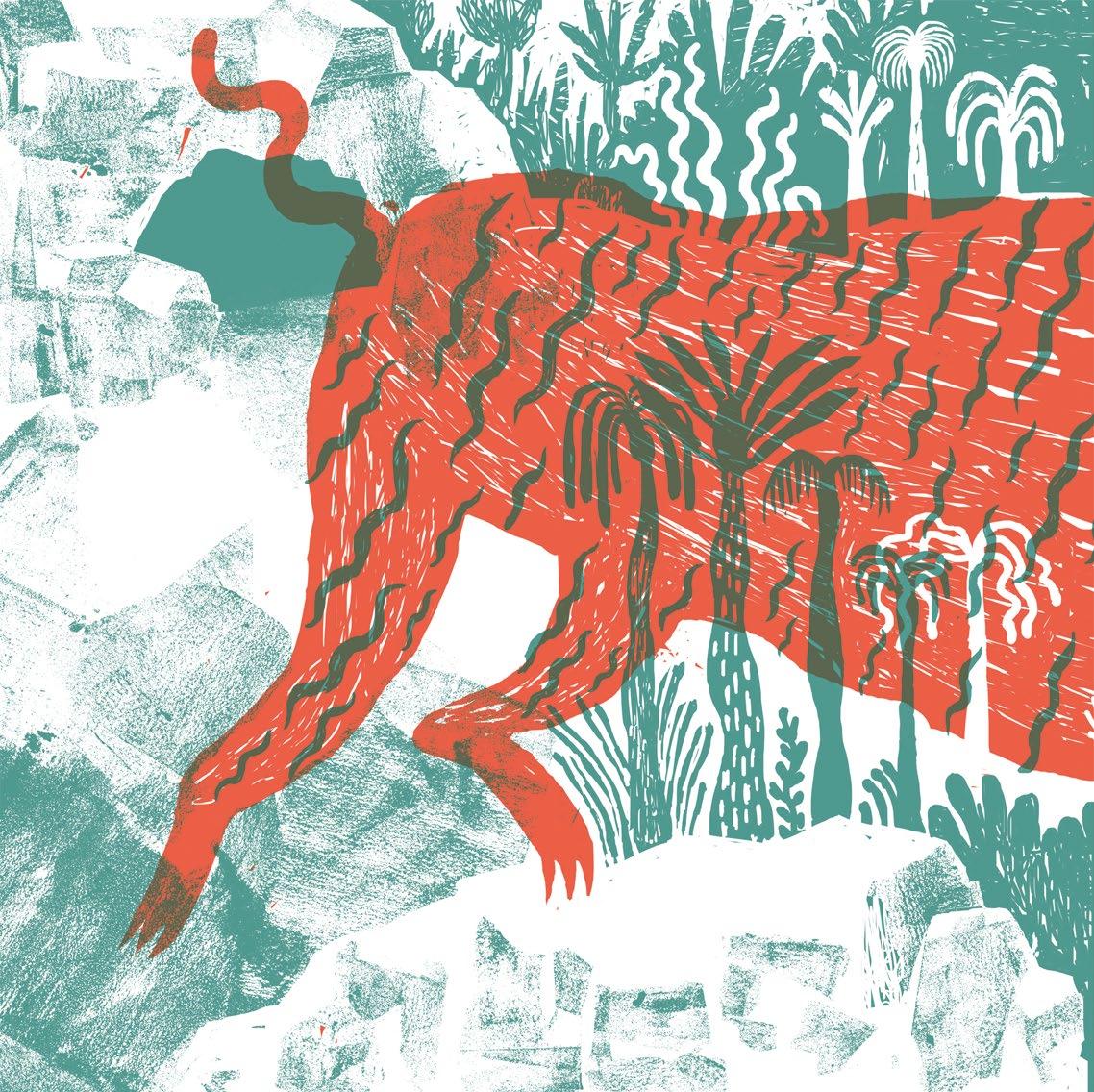
Tesi
Ars in Fabula Master A.A. 2013—2014 / JooHee Yoon (Corea, 2013) per Orecchio Acerbo Else.


Tesi
Ars in Fabula Master A.A. 2013—2014 / JooHee Yoon (Corea, 2013) per Orecchio Acerbo Else.
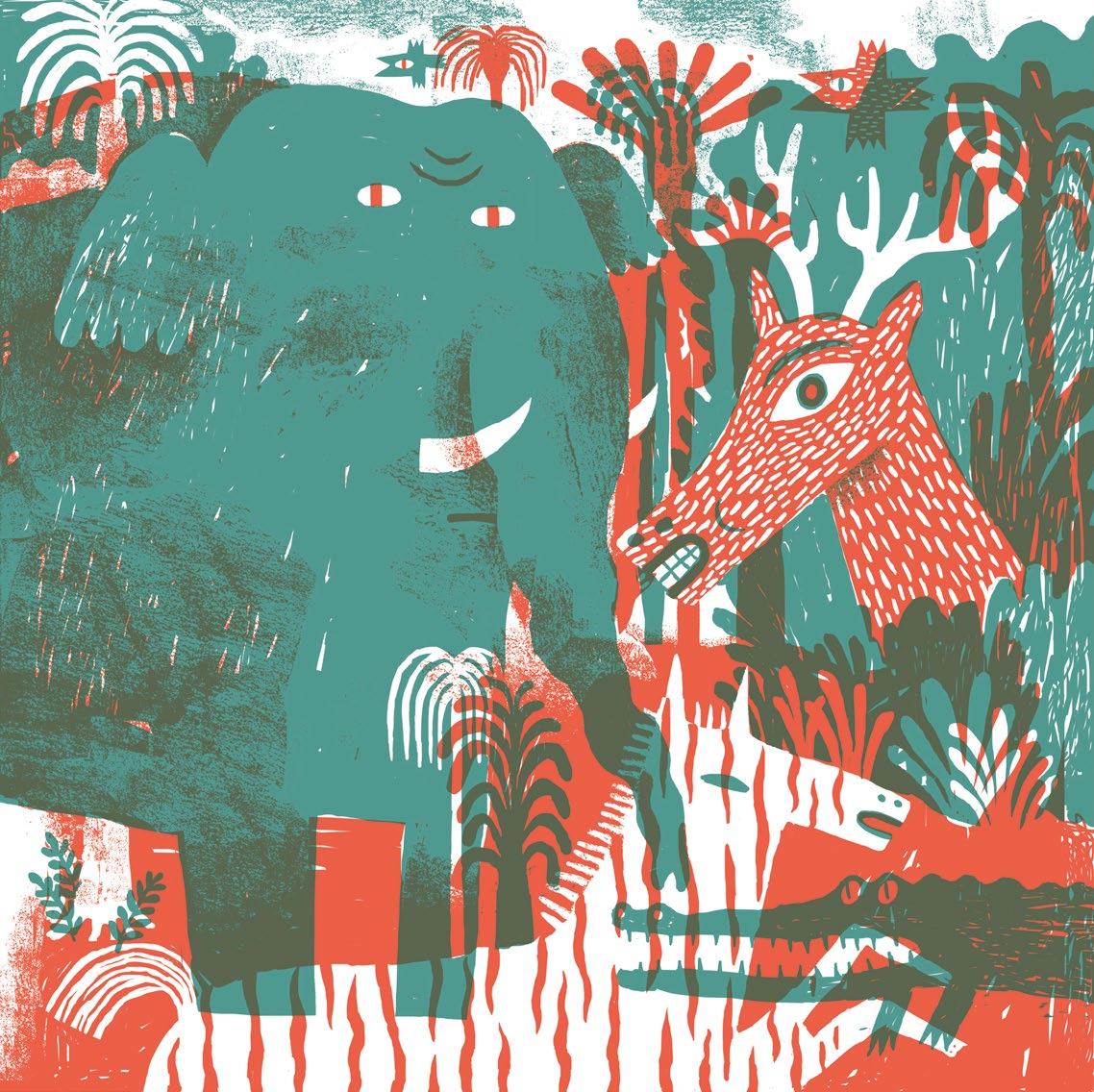
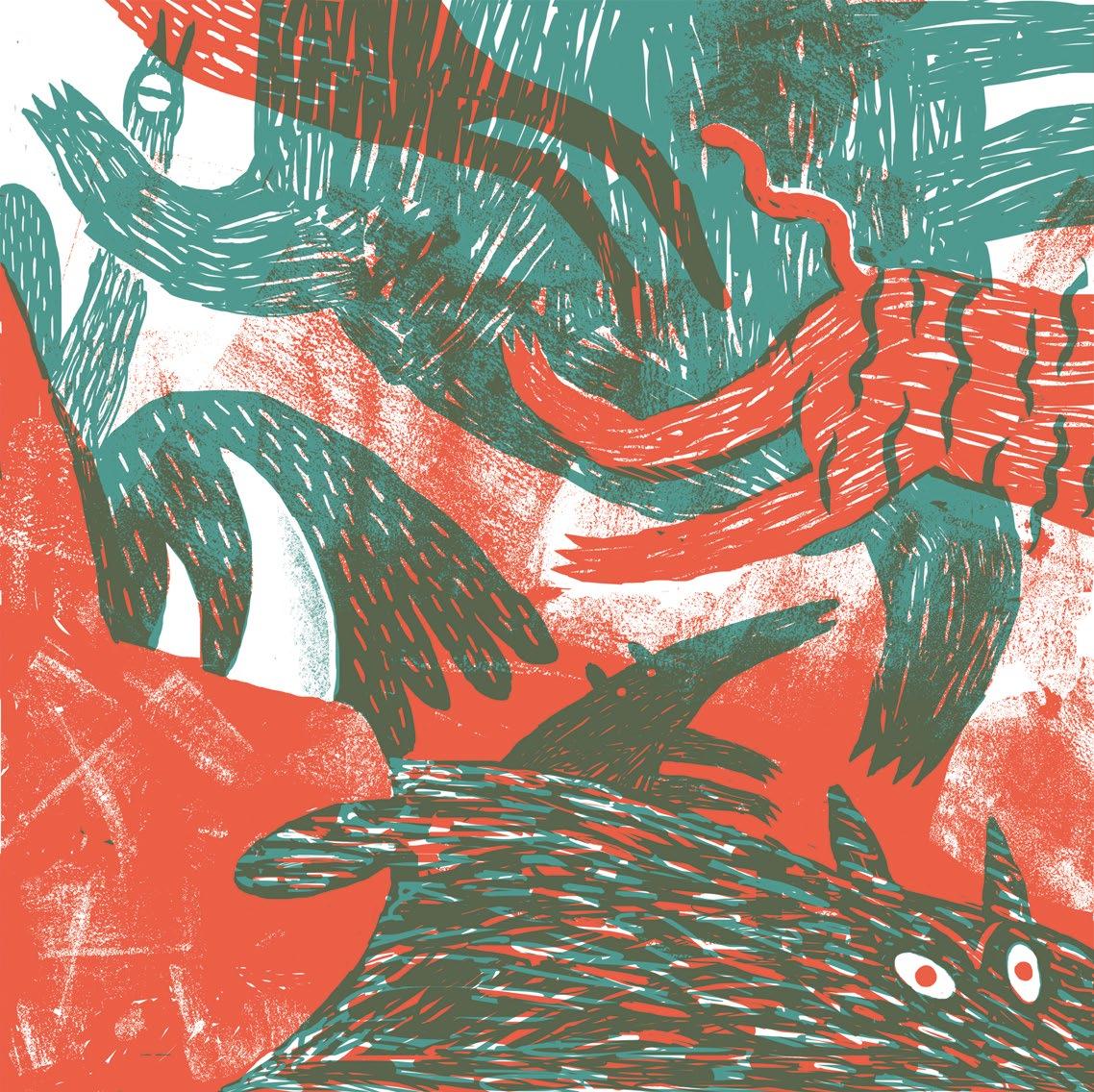
Tesi
Ars in Fabula Master A.A. 2013—2014 / JooHee Yoon (Corea, 2013) per Orecchio Acerbo Else.
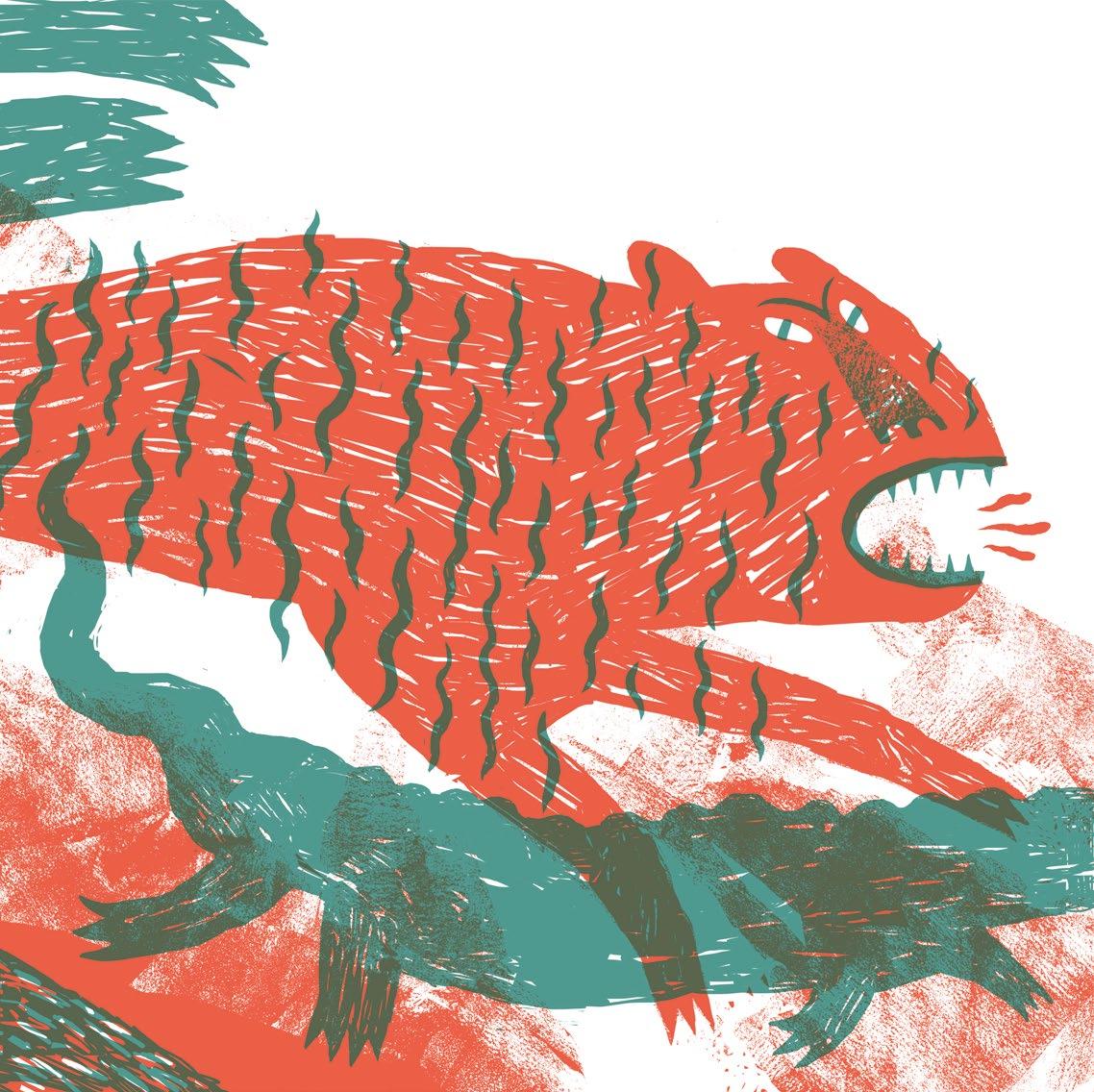
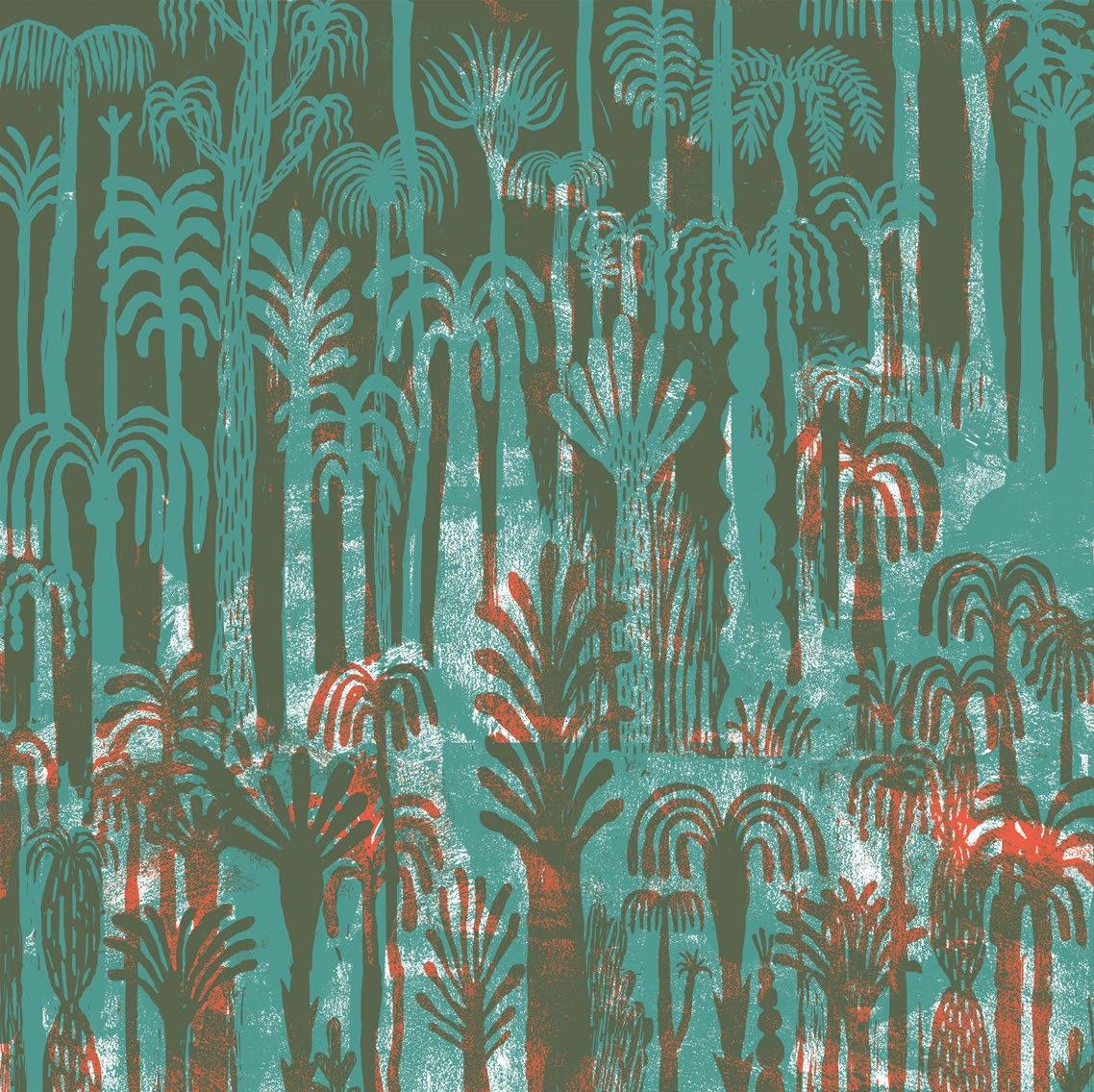
Tesi
Ars in Fabula Master A.A. 2013—2014 / JooHee Yoon (Corea, 2013) per Orecchio Acerbo Else.

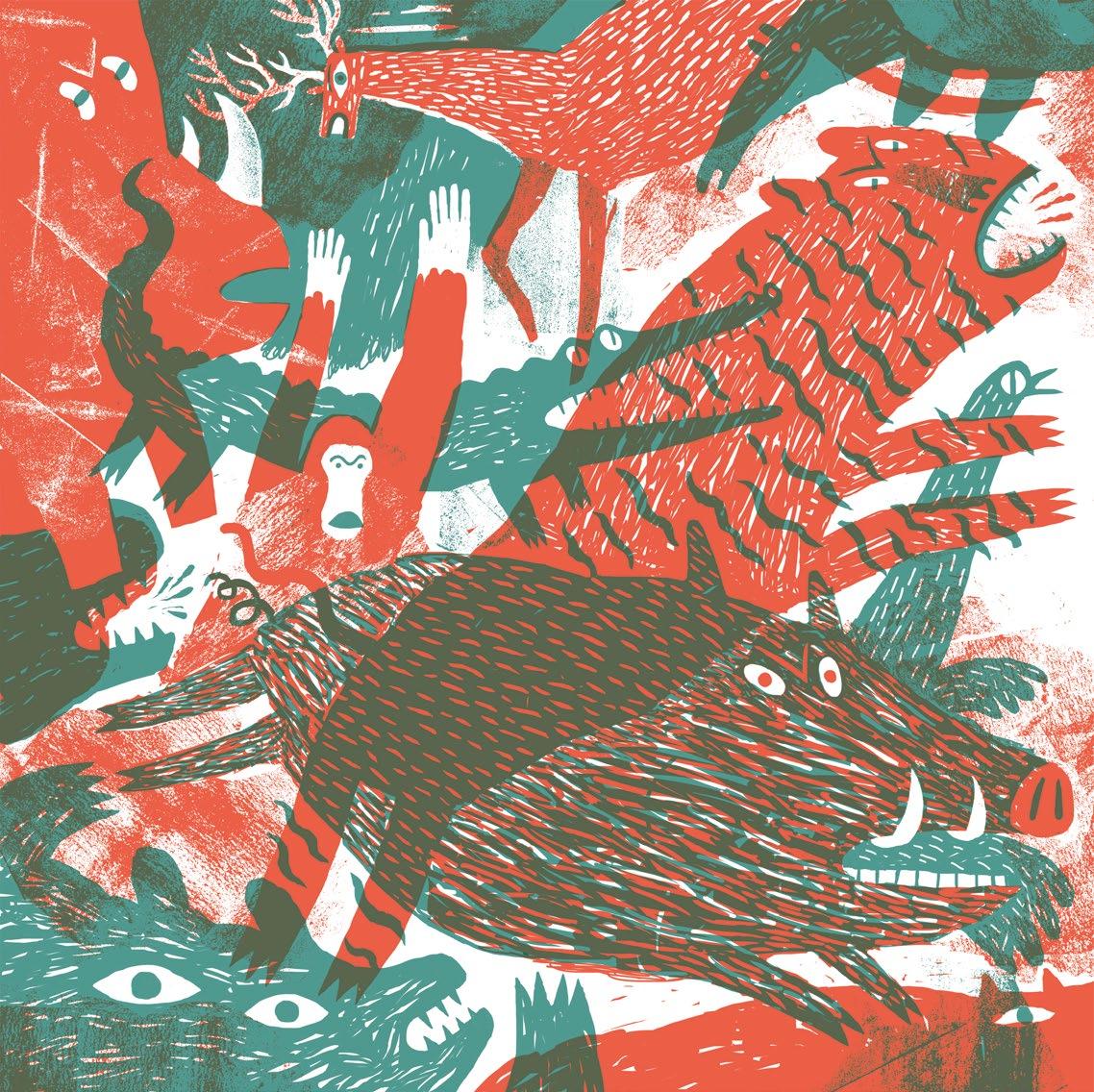
Tesi
Ars in Fabula Master A.A. 2013—2014 / JooHee Yoon (Corea, 2013) per Orecchio Acerbo Else.

Bussolengo (Italia), 1989
Bussolengo (Italy), 1989
Dopo il diploma all’ISIA di Urbino, alcune illustrazioni di Bruno Zocca vengono pubblicate sul New York Times. Nel 2014 i suoi lavori sono stati selezionati alla Bologna Children’s Book Fair, aggiudicandosi l’Ars in Fabula Grant Award. Durante il Master di Illustrazione per l’Editoria Ars in Fabula lavora al progetto “L’ultima lezione del signor Sulitjema” di Anna Maria Ortese con l’editore Orecchio Acerbo. Nel 2015 è selezionato alla mostra Pranzo improvvisato per la Triennale di Milano. Nel 2016 è selezionato alla Biennale Ilustrarte di Lisbona e all’ 24h de l’Illustration di Strasburgo. Nel 2018 vince il Premio Letteratura Ragazzi di Cento con le illustrazioni del libro “Mio Nonno Gigante” (Biancoenero Edizioni). Fa parte del collettivo artistico Ufficio Misteri con il quale sperimenta e realizza esposizioni e installazioni. Dal 2021 è rappresentato dalla Debbie Bibo Agency. Firma come scrittore e illustratore il suo ultimo libro, dal titolo “E se fossi qualcos’altro?” (Lupoguido).
After graduating from the ISIA in Urbino, some illustrations by Bruno Zocca were published in the New York Times. In 2014 his works were selected at the Bologna Children’s Book Fair, winning the Ars in Fabula Grant Award. During the Master Ars in Fabula in Editorial Illustration he worked on the project “ L’ultima lezione del signor Sulitjema “ by Anna Maria
Ortese with the publisher Orecchio Acerbo. In 2015 he was selected for the Improvised Lunch exhibition at the Milan Triennale. In 2016 he was selected at the Ilustrarte Biennial in Lisbon and at the 24h de l’Illustration in Strasbourg. In 2018 he won the Cento Children’s Literature Award with the illustrations of the book “Mio Nonno Gigante” (Biancoenero Edizioni). He is part of the artistic collective Ufficio Misteri with which he experiments and creates exhibitions and installations. Since 2021 he has been represented by Debbie Bibo Agency. He signed his latest book as a writer and illustrator, entitled “E se fossi qualcos’altro?” (Lupoguido).
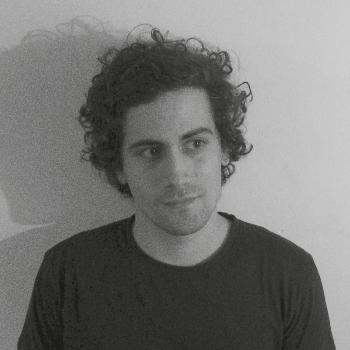
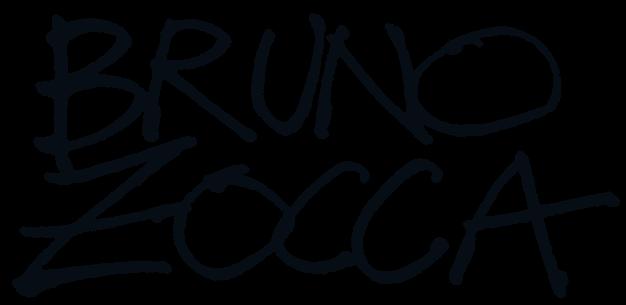
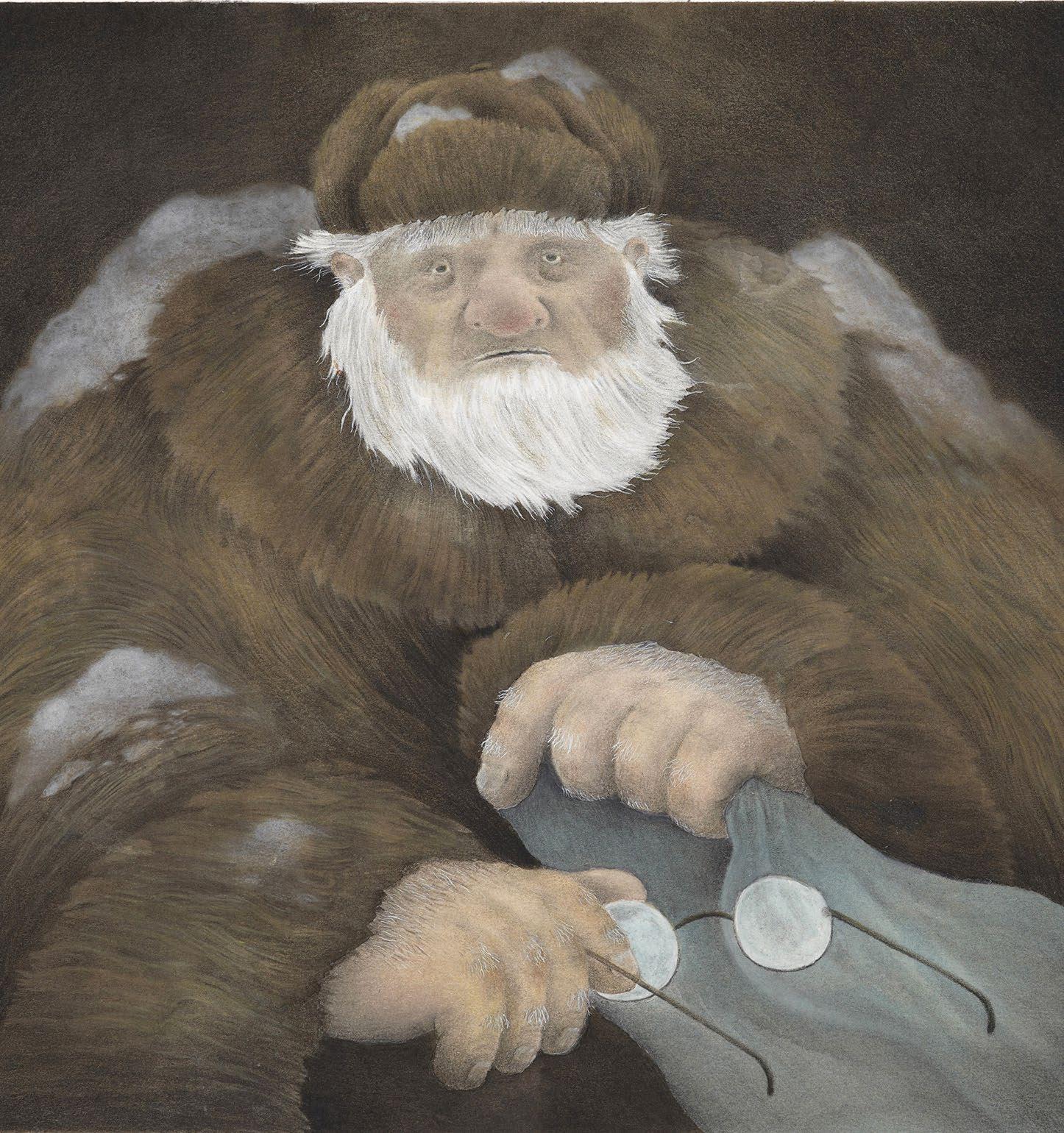
L’ultima lezione del professor Suljitema di Anna Maria Ortese
Progetto libro realizzato con :

Project made with :
Tecnica : acquerello e matita
Technique : watercolour and pencil
 A fianco, bozzetto preparatorio di Bruno Zocca, realizzato per Orecchio Acerbo.
A fianco, bozzetto preparatorio di Bruno Zocca, realizzato per Orecchio Acerbo.
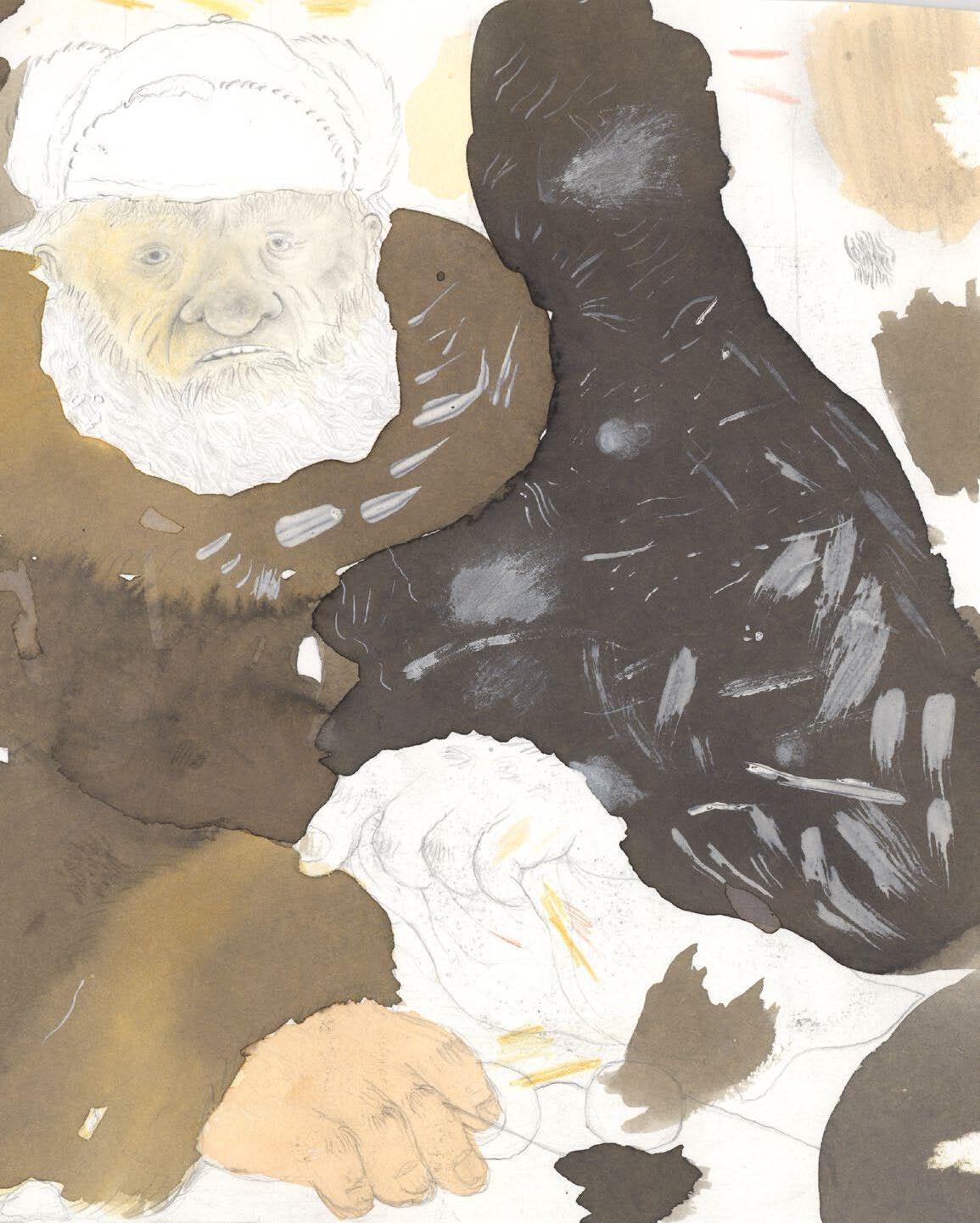

Tesi
Ars in Fabula Master A.A. 2014—2015 / Bruno Zocca (Italia, 2014) per Orecchio Acerbo.


Tesi
in
Ars
Fabula Master A.A. 2014—2015 / Bruno Zocca (Italia, 2014) per Orecchio Acerbo.
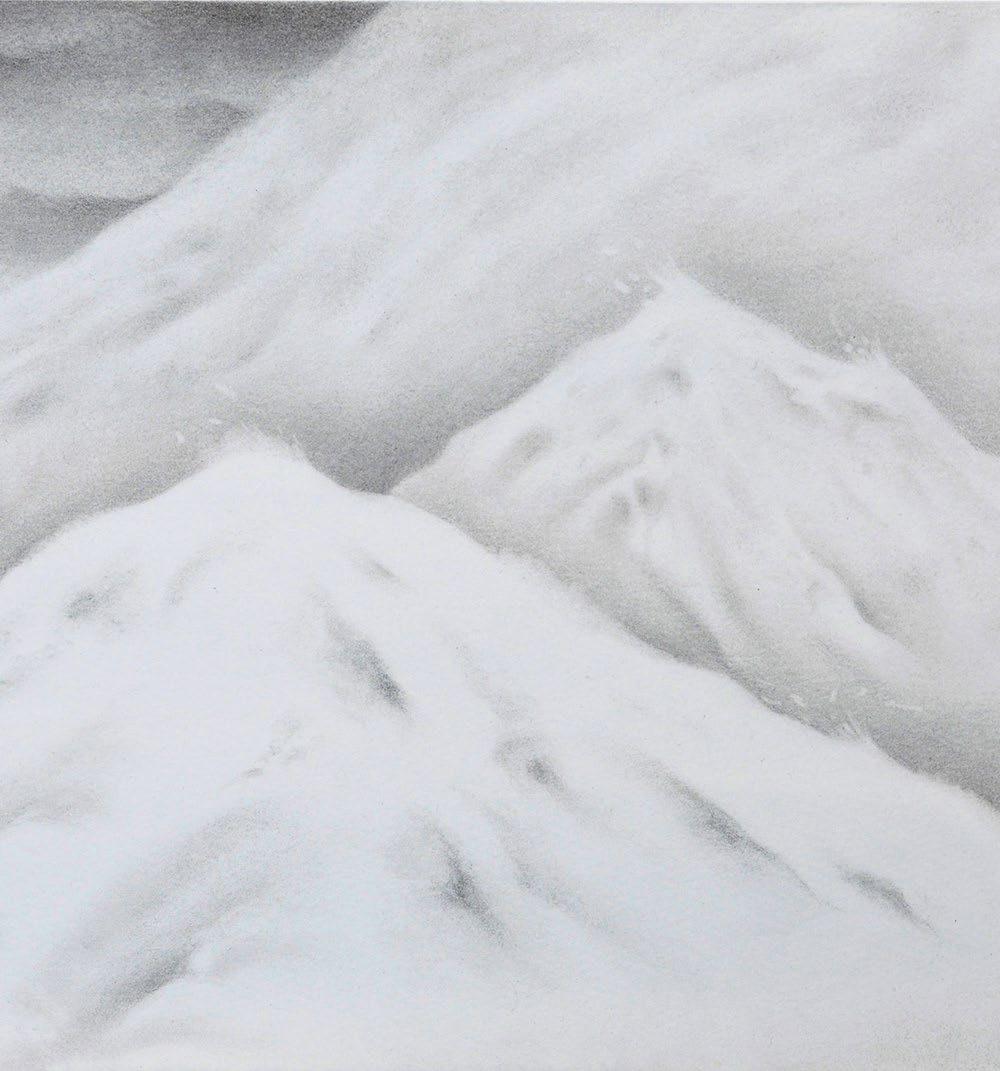

Tesi Ars in
Fabula Master A.A. 2014—2015 / Bruno Zocca (Italia, 2014) per Orecchio Acerbo.


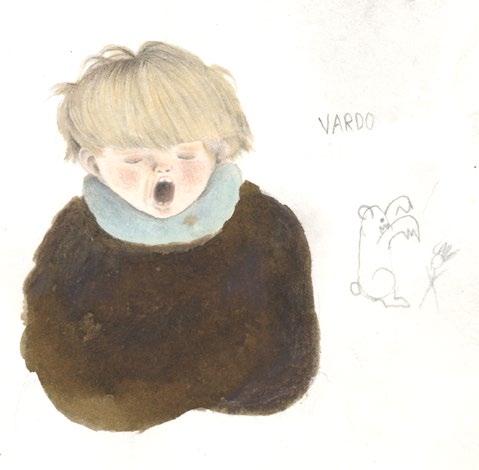
In queste
pagine alcuni studi dei personaggi.
Gorizia (Italia), 1992
Gorizia (Italy), 1992
Teresa Manferrari studia Fumetto e Illustrazione all’Accademia di Belle Arti di Bologna. Nel 2015 viene selezionata alla Mostra degli Illustratori della Children’s Book Fair di Bologna e vince l’Ars in Fabula Grant Award, grazie al quale frequenta il Master Ars in Fabula e dove collabora con la casa editrice Sinnos, che le assegna il progetto libro “Chi trova una volpe trova un tesoro”, un racconto di Sofia Gallo, pubblicato nel 2017. Nel 2018, in collaborazione con la scuola Ars in Fabula e Rizzoli Education, realizza le illustrazioni della casa editrice attiva nella scolastica, in particolare la progettazione di due borse dal tema “La scuola che vorrei”. Dal 2020 insegna Arte e immagine nelle scuole secondarie di primo grado e Grafica e Comunicazione negli istituti superiori, portando avanti anche il lavoro di grafica e illustrazione.

Teresa Manferrari studies Comics and Illustration at the Academy of Fine Arts in Bologna. In 2015 she was selected at the Illustrators Exhibition of the Children’s Book Fair in Bologna and won the Ars in Fabula Grant Award, thanks to which she attended the Master Ars in Fabula and where she collaborated with the Sinnos publishing house, which assigned her
the book project “Chi trova una volpe trova un tesoro”, a story by Sofia Gallo, published in 2017. In 2018, in collaboration with the Ars in Fabula school and Rizzoli Education, she created the illustrations for the educational publishing house, in particular the design of two tote bags themed “The school I would like”. Since 2020 she has been teaching Art and Image in lower secondary schools and Graphics and Communication in high schools, also carrying on the work of graphics and illustration.
 Illustrazione di Teresa Manferrari da “Chi trova una volpe trova un tesoro” : particolare.
Illustrazione di Teresa Manferrari da “Chi trova una volpe trova un tesoro” : particolare.

Chi trova una volpe trova un tesoro di Sofia Gallo
Progetto libro realizzato con :



Project made with :
Tecnica : acrilico
Technique : acrylic
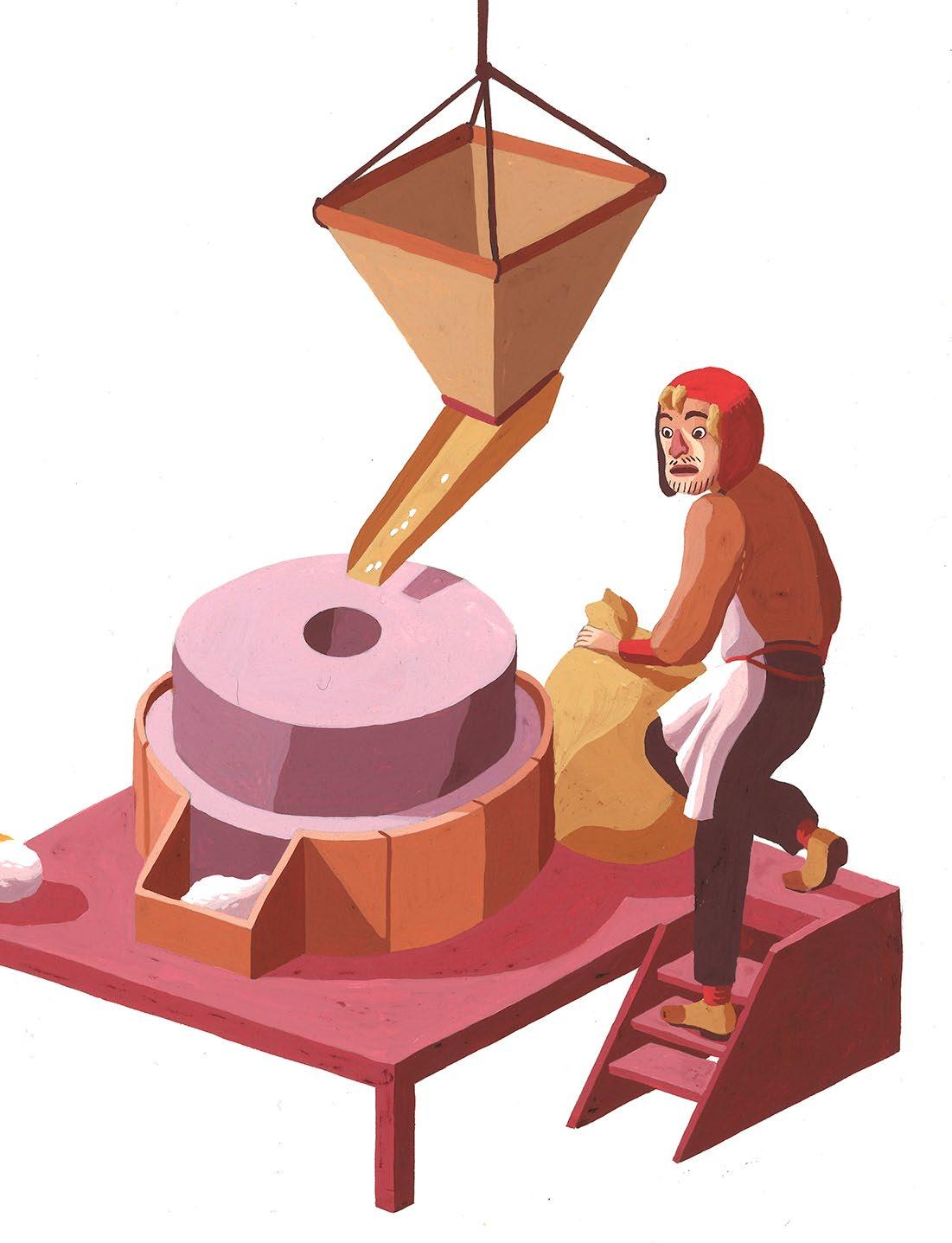
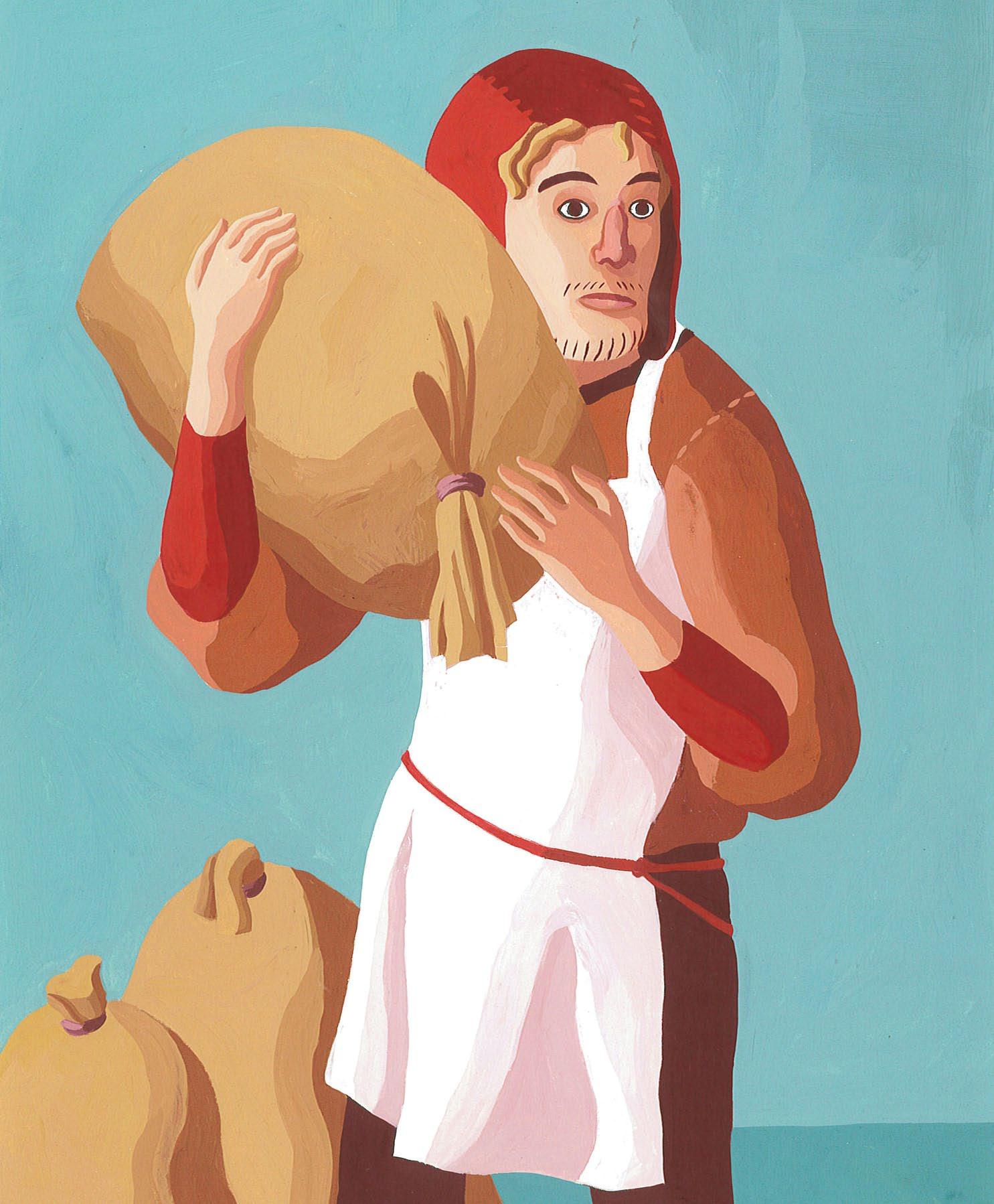 Tesi Ars in Fabula Master A.A. 2015—2016 / Teresa Manferrari (Italia, 2015) per Sinnos.
Tesi Ars in Fabula Master A.A. 2015—2016 / Teresa Manferrari (Italia, 2015) per Sinnos.
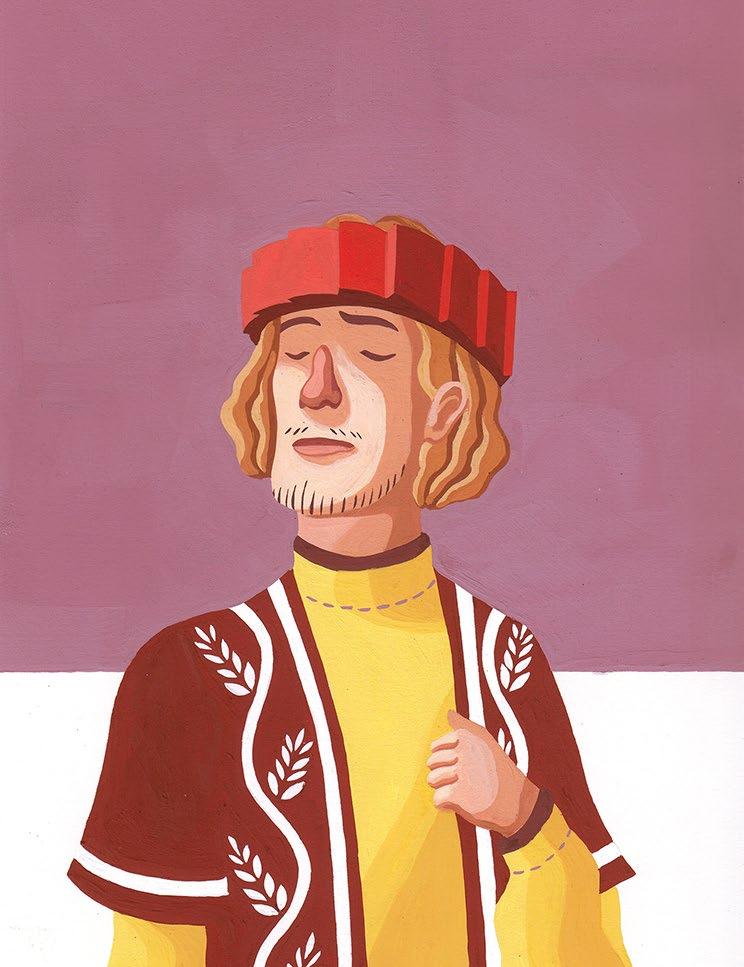
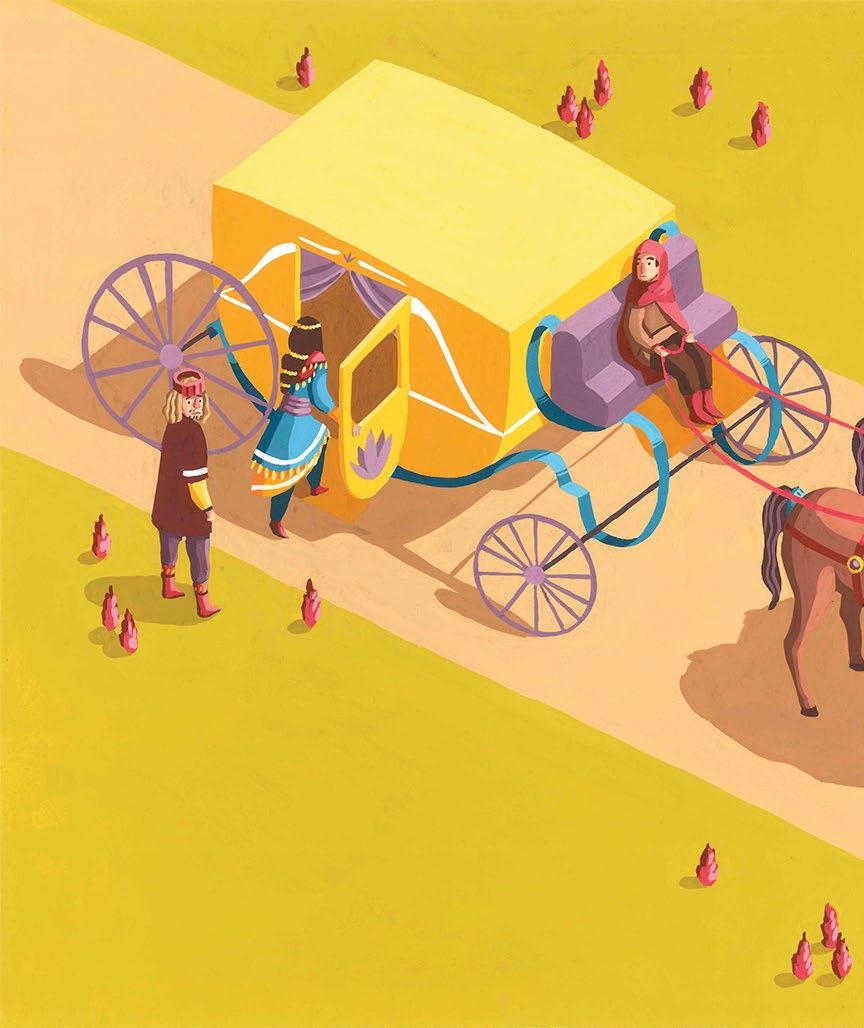 Tesi Ars in Fabula Master A.A. 2015—2016 / Teresa Manferrari (Italia, 2015) per Sinnos.
Tesi Ars in Fabula Master A.A. 2015—2016 / Teresa Manferrari (Italia, 2015) per Sinnos.

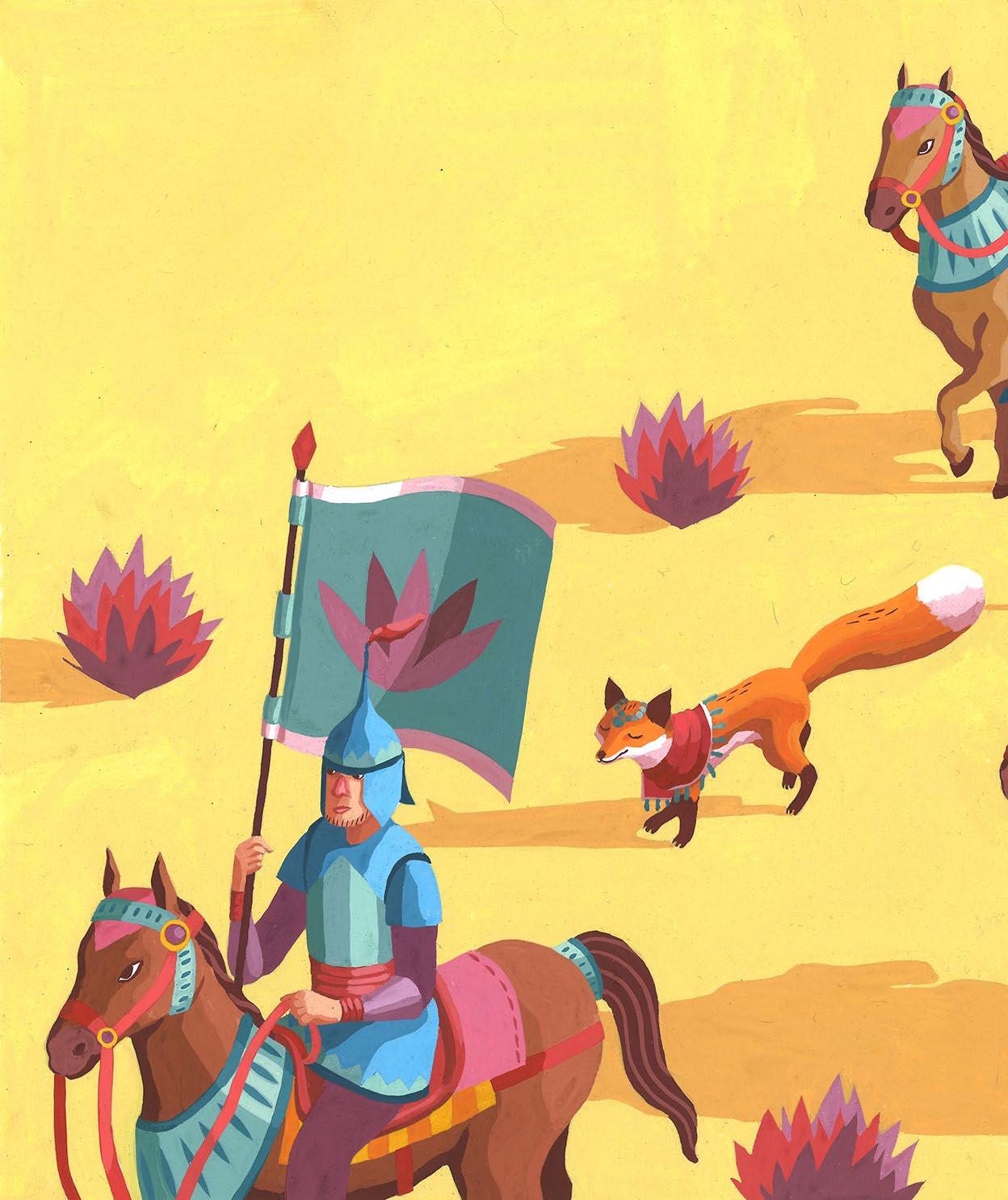
Tesi
Ars in Fabula Master A.A. 2015—2016 / Teresa Manferrari (Italia, 2015) per Sinnos.


Tesi
Ars in Fabula Master A.A. 2015—2016 / Teresa Manferrari (Italia, 2015) per Sinnos.


Tesi
Ars in
Fabula Master A.A. 2015—2016 / Teresa Manferrari (Italia, 2015) per Sinnos.
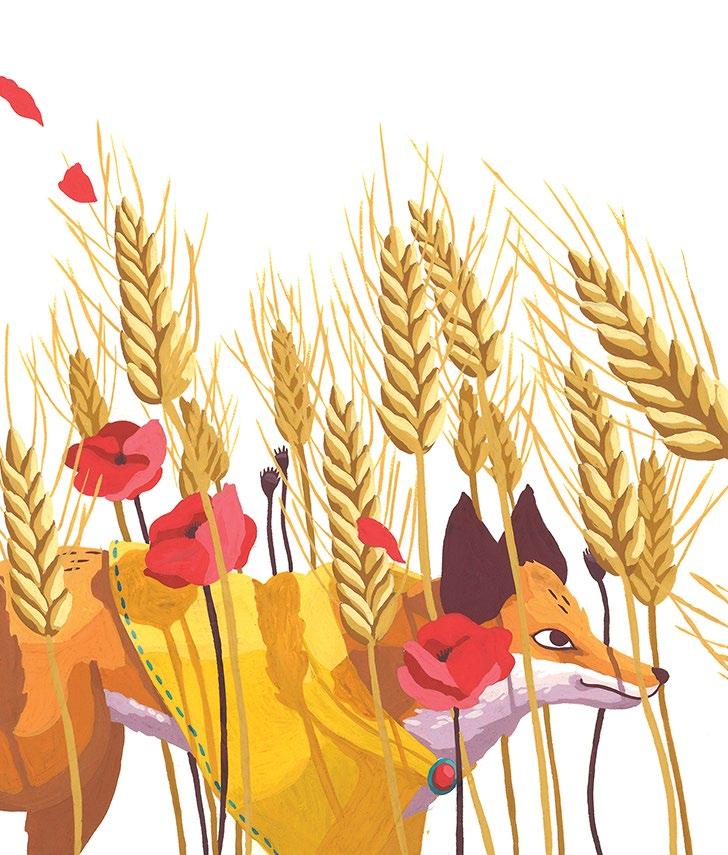
Camposampiero (Italy), 1989
Camposampiero (Italy), 1989
Veronica Ruffato ha studiato pittura all’Accademia di Belle Arti di Venezia. Nel 2016 viene selezionata alla Mostra Illustratori della Bologna Children’s Book Fair e vince l’Ars in Fabula Grant Award. Frequenta il Master di Macerata, dove l’editore ZOOlibri le assegna il progetto “Il brutto anatroccolo” di H.C. Andersen, pubblicato nel 2018, suo libro di esordio. In seguito illustra numerosi libri dai quali ha ottenuto svariati riconoscimenti, tra gli altri: “Il soldatino” scritto da Cristina Bellemo (ZOOlibri) e “Un po’ più in là” scritto da Pina Irace (ZOOlibri). Le sue illustrazioni sono state esposte ad eventi importanti come la China Shanghai International Children Book Fair e la Beijing International Book Fair.

Dal 2015 fa parte del Collettivo BaldoBranco, impegnato nella progettazione di mostre e nell’attività di autoproduzioni.
Veronica Ruffato studied painting at the Academy of Fine Arts in Venice. In 2016 she was selected for the Illustrators Exhibition of the Bologna Children’s Book Fair and she won the Ars in Fabula Grant Award. She attends the Master of Macerata, where the publisher ZOOlibri assigns her the project “Il brutto anatroccolo” by H.C. Andersen, her debut
book published in 2018. She later illustrated numerous books from which she obtained various awards, among others: “Il soldatino” written by Cristina Bellemo (ZOOlibri) and “Un po’ più in là” written by Pina Irace (ZOOlibri). Her illustrations have been exhibited at major events such as the China Shanghai International Children Book Fair and the Beijing International Book Fair.
Since 2015 she has been part of the BaldoBranco Collective, engaged in the planning of exhibitions and in the activity of self-productions.
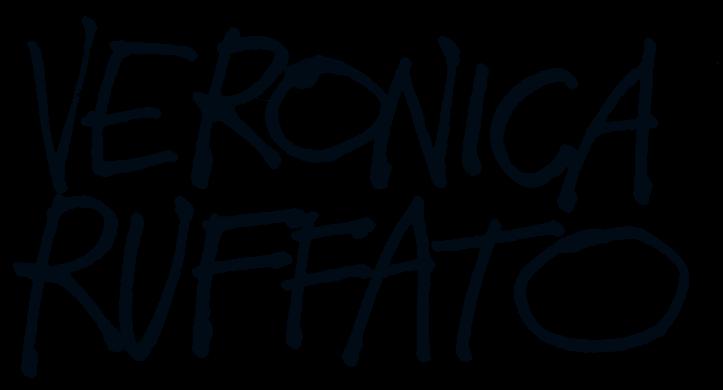

Il brutto anatroccolo
di Hans Christian Andersen

Progetto libro realizzato con :
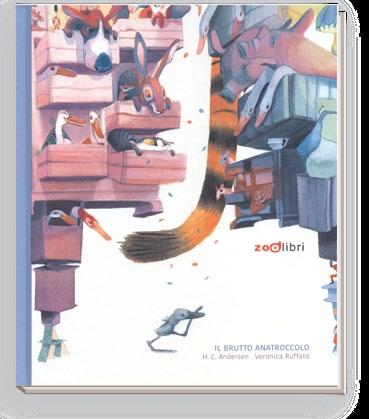

Project made with :
Tecnica : acquerello
Technique : watercolour
Illustrazione di Veronica Ruffato da “Il brutto anatroccolo” : particolare.
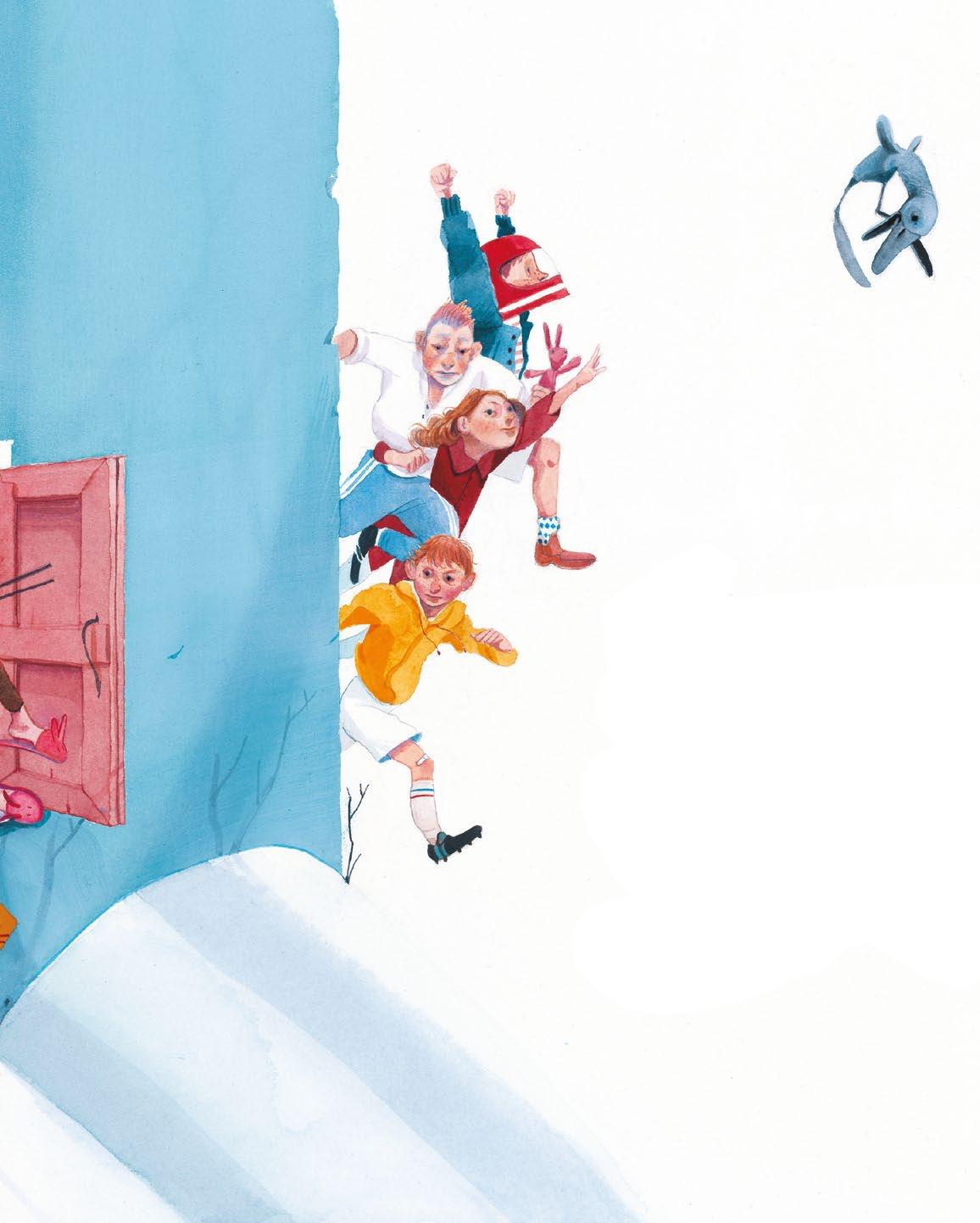

Tesi
Ars in Fabula Master A.A. 2016—2017 / Veronica Ruffato (Italia, 2016) per ZOOlibri.


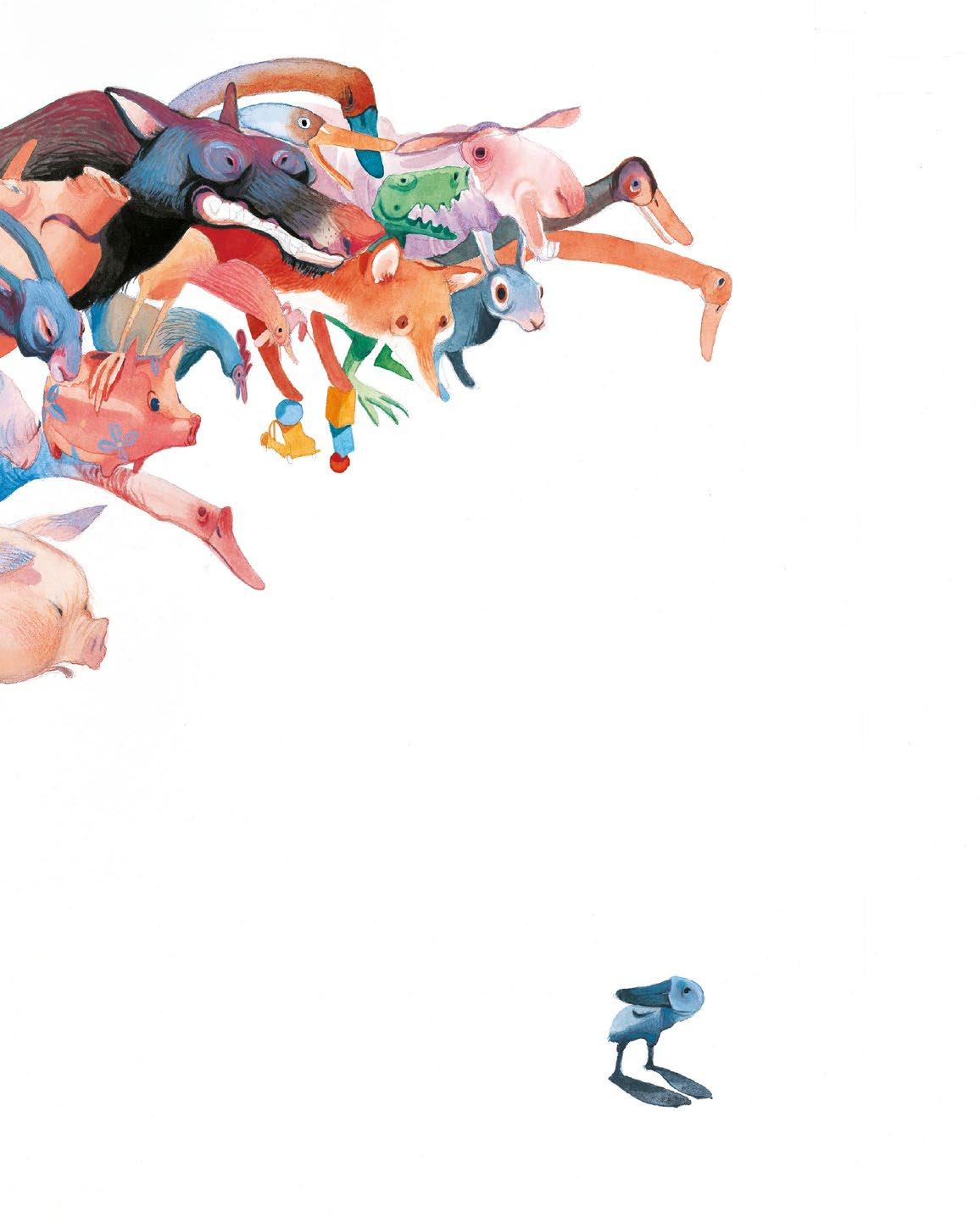
Tesi Ars in
Fabula Master A.A. 2016—2017 / Veronica Ruffato (Italia, 2016) per ZOOlibri.

Tesi Ars in
Fabula Master A.A. 2016—2017 / Veronica Ruffato (Italia, 2016) per ZOOlibri.


Tesi Ars in
Fabula Master A.A. 2016—2017 / Veronica Ruffato (Italia, 2016) per ZOOlibri.


In queste pagine lo storyboard e
alcuni bozzetti preparatori.
Forlimpopoli (Italia), 1992
Forlimpopoli (Italy), 1992
Cecilia Ferri è laureata in Fumetto e Illustrazione editoriale presso l’Accademia di Belle Arti di Bologna. Durante l’esperienza Erasmus alla Coventry University (Regno Unito) partecipa alla mostra Macmilian Prize di Londra. Nel 2015 è finalista al Silent Book Contest, in occasione della Bologna Children’s Book Fair. Nel 2017 vince il premio per l’incisione “Giorgio Morandi” e viene selezionata alla Mostra Illustratori della Children’s Book Fair di Bologna, dove vince l’Ars in Fabula Grant Award. Nel corso Master Ars in Fabula lavora con la casa editrice Kite che le assegna il progetto libro dal titolo “Ora o mai più” scritto da Davide Calì, pubblicato nel 2020. Attualmente vive a Oslo.
Cecilia Ferri graduated in Comics and Editorial Illustration at the Academy of Fine Arts in Bologna. During the Erasmus experience at Coventry University (United Kingdom) she participated in the Macmilian Prize exhibition in London. In 2015 she was a finalist at the Silent Book Contest, on the occasion of the Bologna Children’s Book Fair. In 2017 she won the “Giorgio Morandi” award for engraving and was selected for the Illustrators Exhibition of the Bologna Children’s Book Fair, where she won the Ars in Fabula

Grant Award. During the Master Ars in Fabula she collaborated with the Kite publishing house which assigned her the book project entitled “Ora o mai più” written by Davide Calì, published in 2020. She currently lives in Oslo.
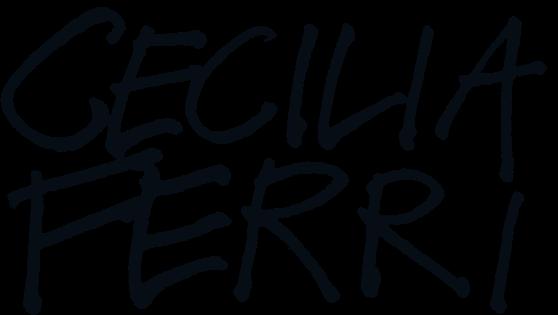
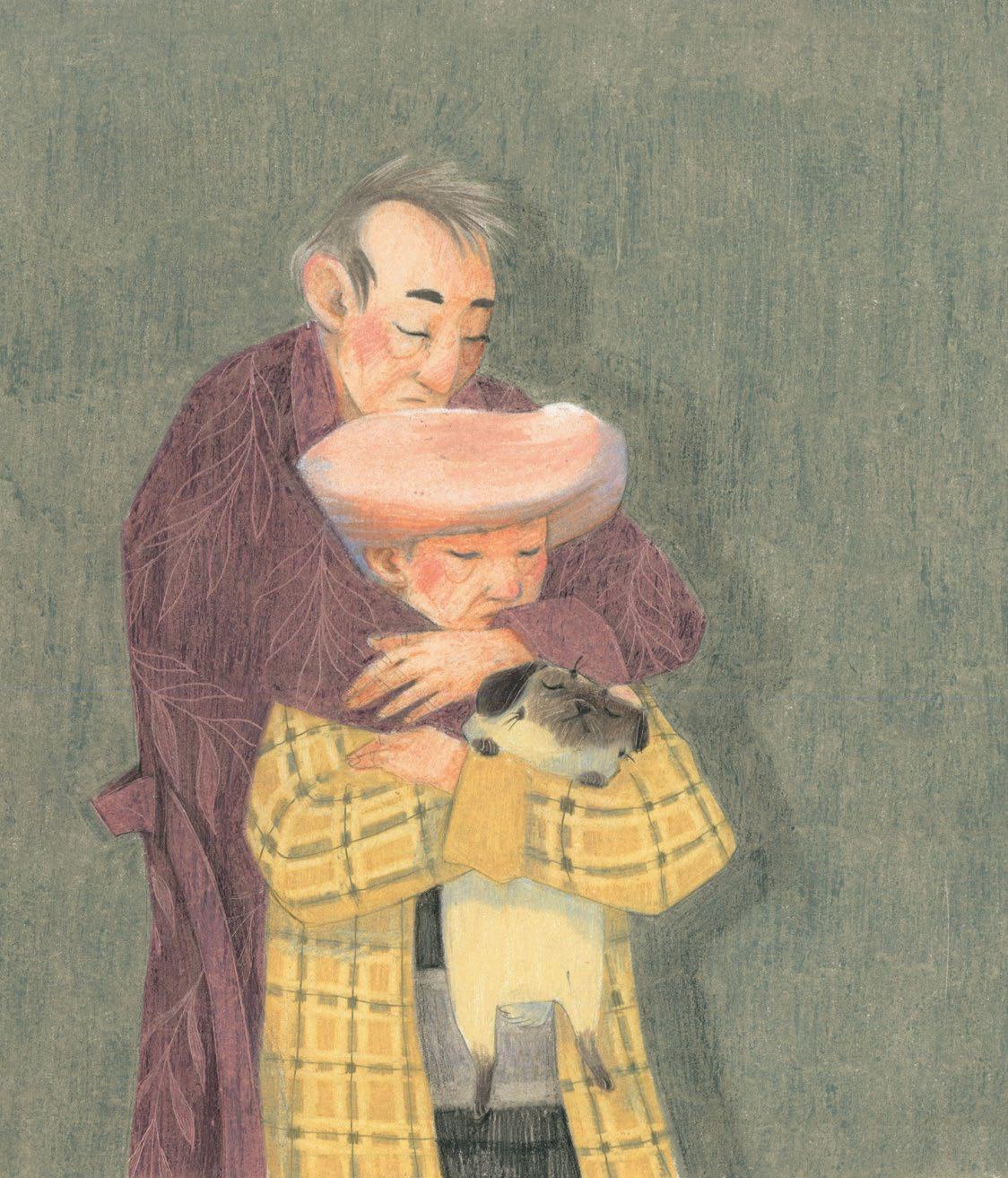
Ora o mai più di Davide Calì
Progetto libro realizzato con :


Project made with :
Tecnica : matite colorate
Technique : coloured pencils


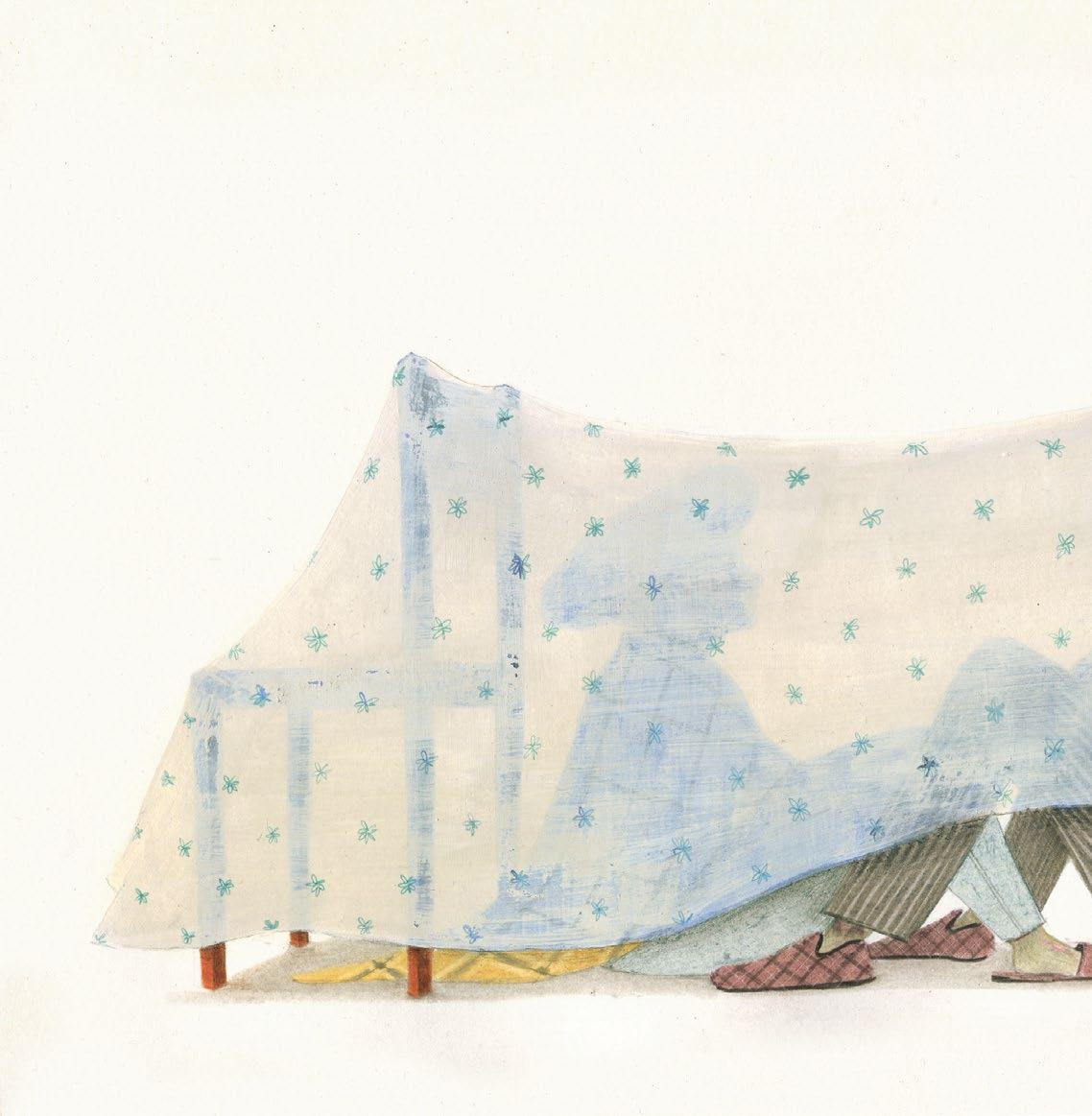
Tesi
Ars in
Fabula Master A.A. 2017—2018 / Cecilia Ferri (Italia, 2017) per Kite Edizioni.
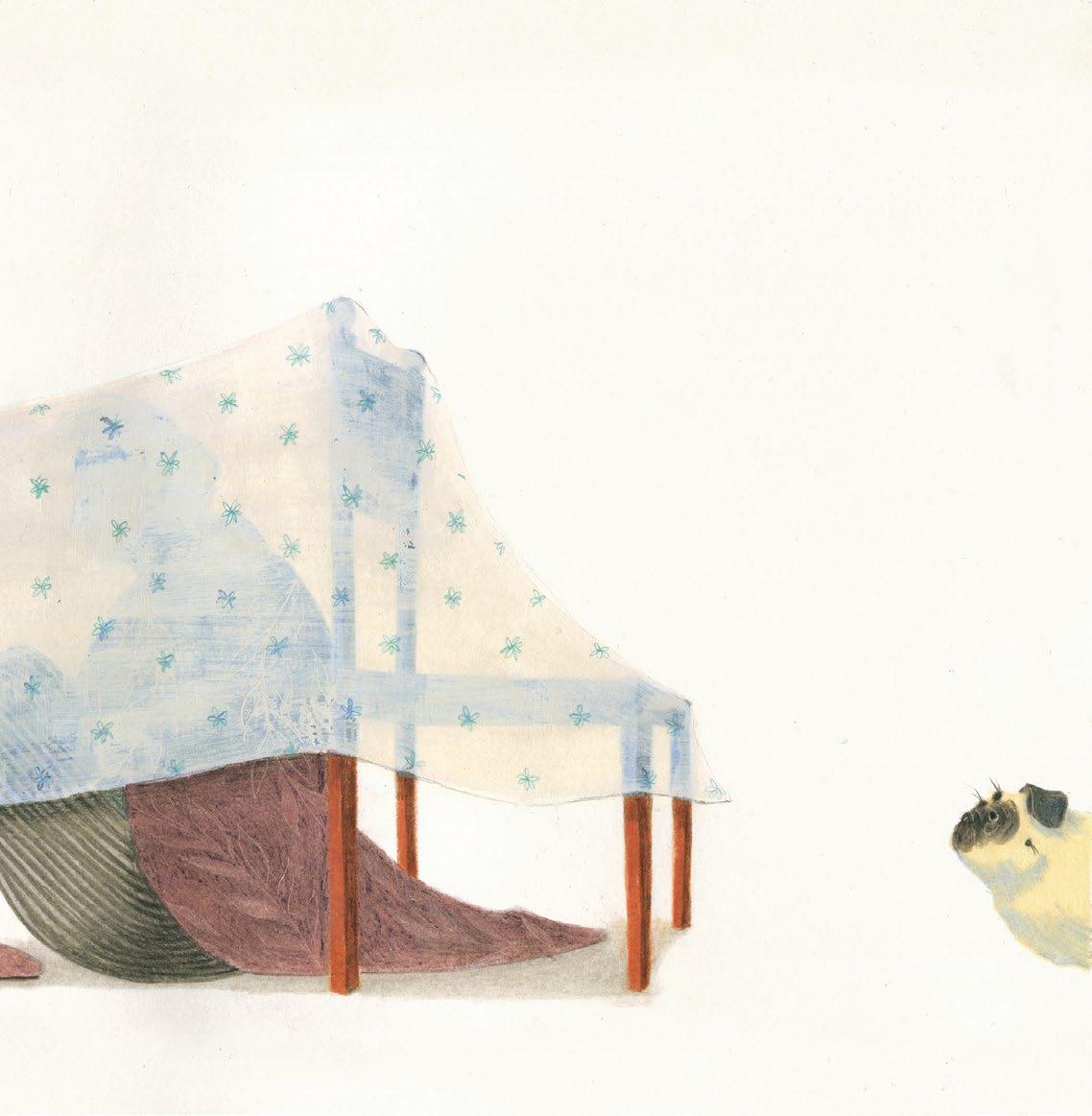

Tesi
Ars in Fabula Master A.A. 2017—2018 / Cecilia Ferri (Italia, 2017) per Kite Edizioni.

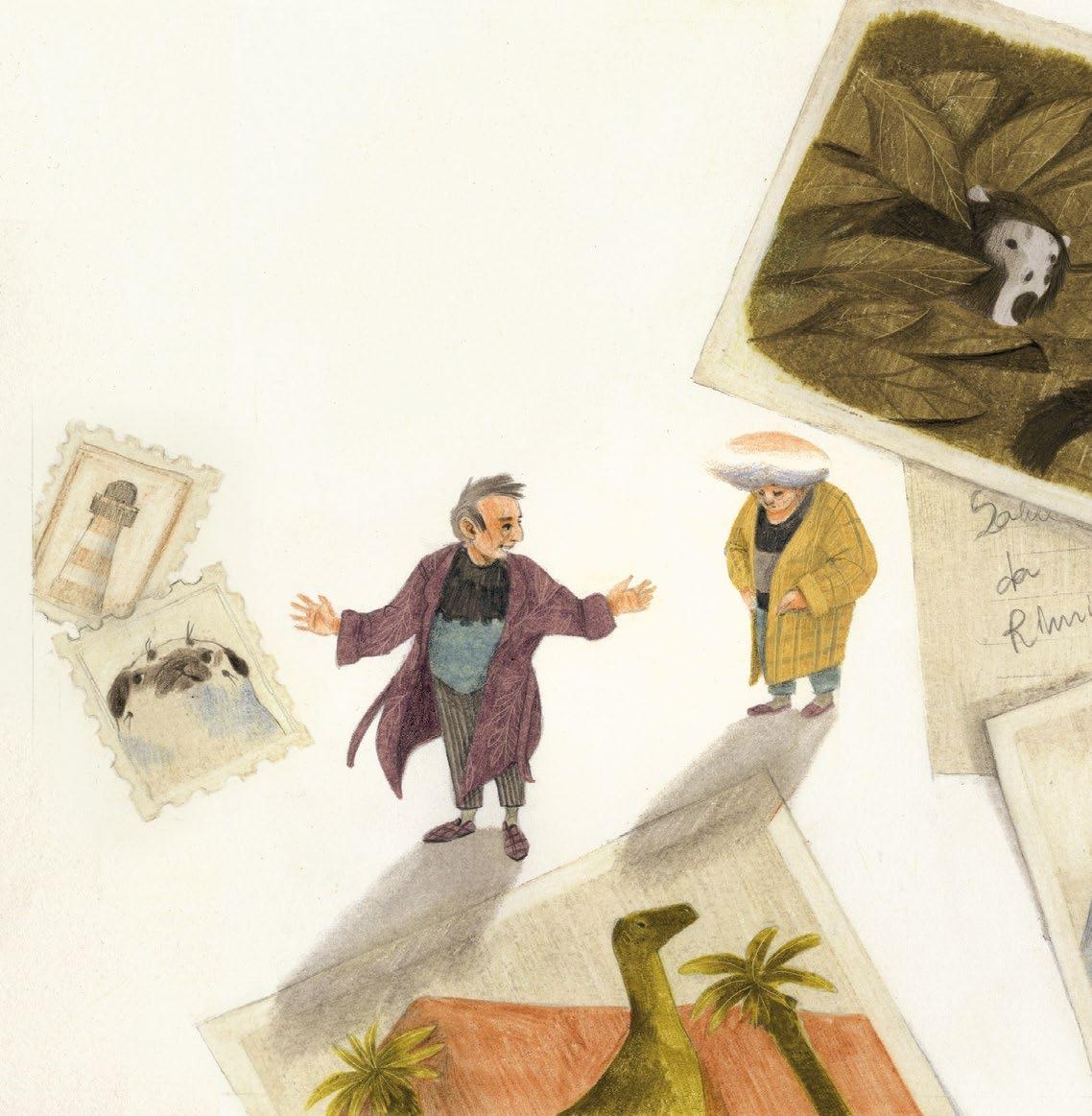
Tesi
Ars in
Fabula Master A.A. 2017—2018 / Cecilia Ferri (Italia, 2017) per Kite Edizioni.
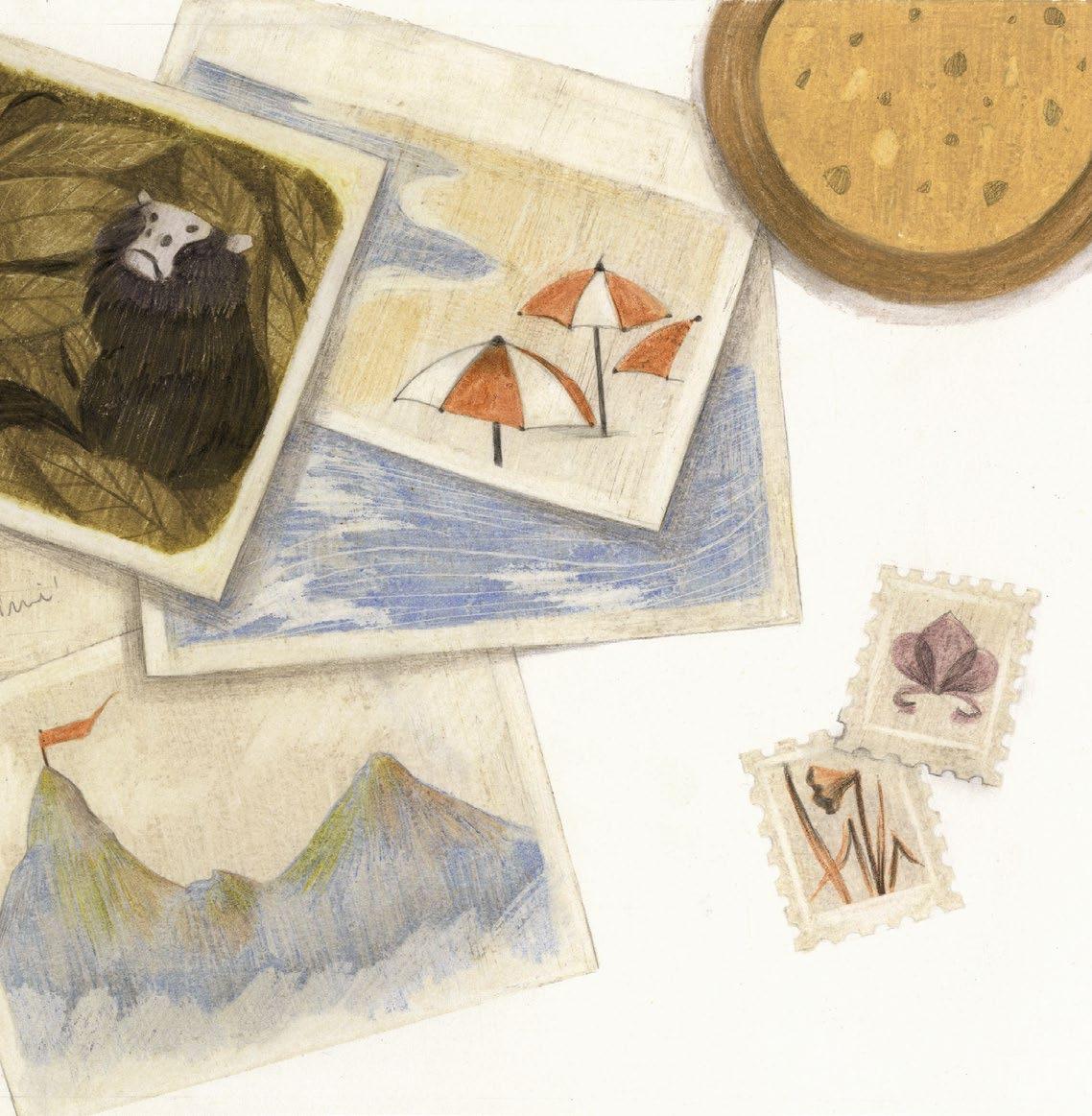

Tesi
Ars in Fabula Master A.A. 2017—2018 / Cecilia Ferri (Italia, 2017) per Kite Edizioni.
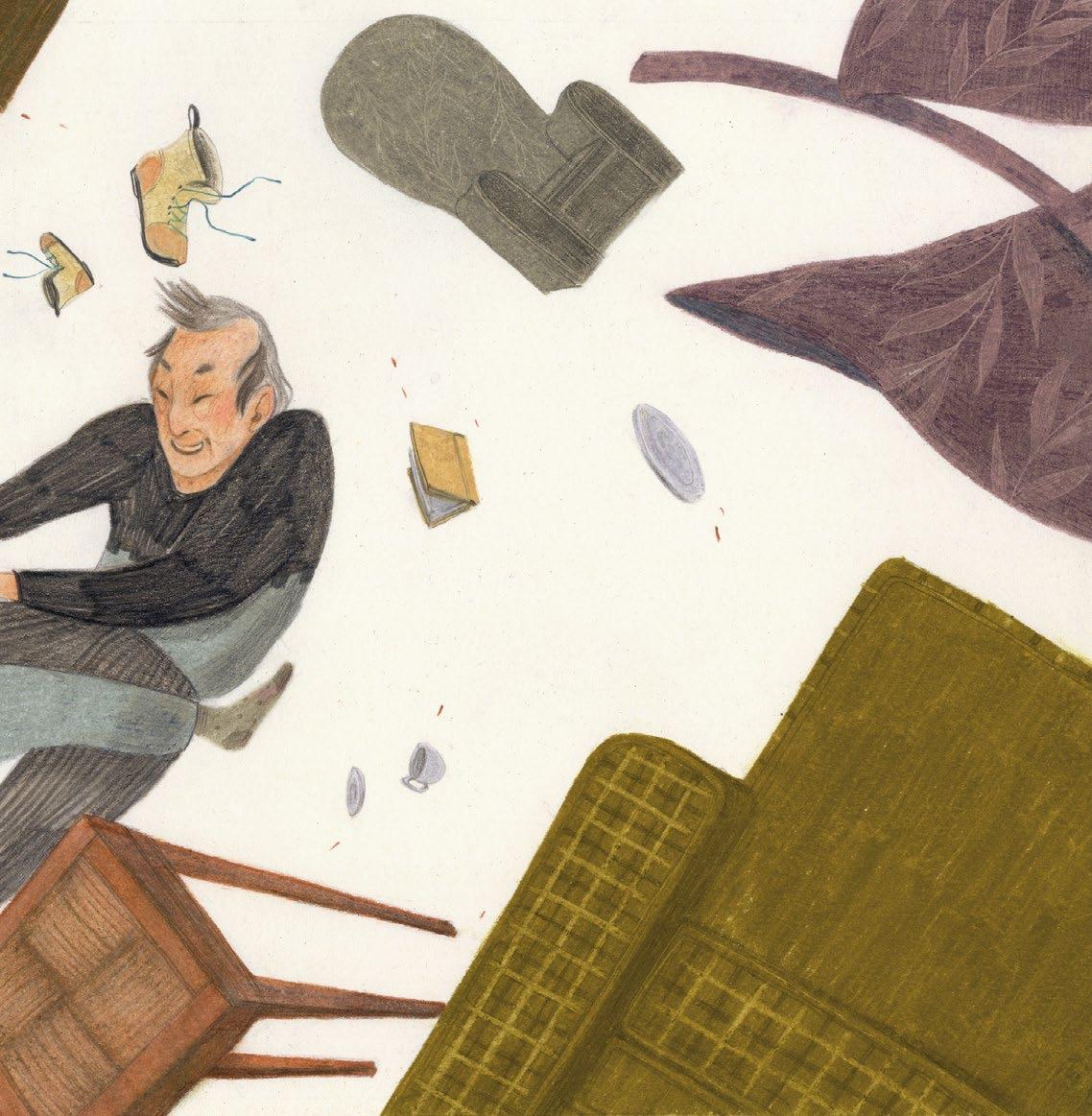
Parigi (Francia), 1997
Paris (France), 1997
Jean Mallard si appassiona sin da giovanissimo al mondo dei fumetti e dell’animazione grazie ai lavori di Moebius e Hayao Miyazaki. Nel 2015 comincia i suoi studi alla scuola Arts Decoratifs di Parigi. Nel 2018 vince l’Ars in Fabula Grant Award dove si diploma l’anno successivo con il progetto “La Corsa degli Animali”, un racconto di Daniil Charms, che diviene un libro nel 2021 per l’editore Camelozampa. Successivamente si trasferisce a Napoli, dove scopre l’atmosfera delle antiche città mediterranee che hanno ispirato le sue due mostre principali: Via Miracoli e L’Heure Bleue esposte alla Slow Galerie di Parigi. Attualmente vive a Parigi.
Jean Mallard has been passionate about the world of comics and animation since he was very young thanks to the works of Moebius and Hayao Miyazaki. In 2015 he began his studies at the Arts Decoratifs school in Paris. In 2018 he won the Ars in Fabula Grant Award where he graduated the following year with the project “La Corsa degli Animali”, a story by Daniil Charms, which became a book in 2021 for the publisher Camelozampa. Subsequently he moved to Naples, where he discovered the atmosphere of

the ancient Mediterranean cities that inspired his two main exhibitions: Via Miracoli and L’Heure Bleue, exhibited at the Slow Galerie in Paris. He currently lives in Paris.
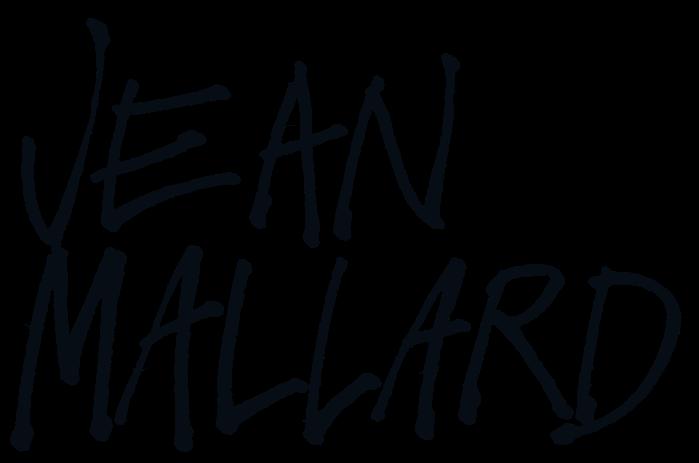 Illustrazione di Jean Mallard da “La corsa degli animali” : particolare.
Illustrazione di Jean Mallard da “La corsa degli animali” : particolare.
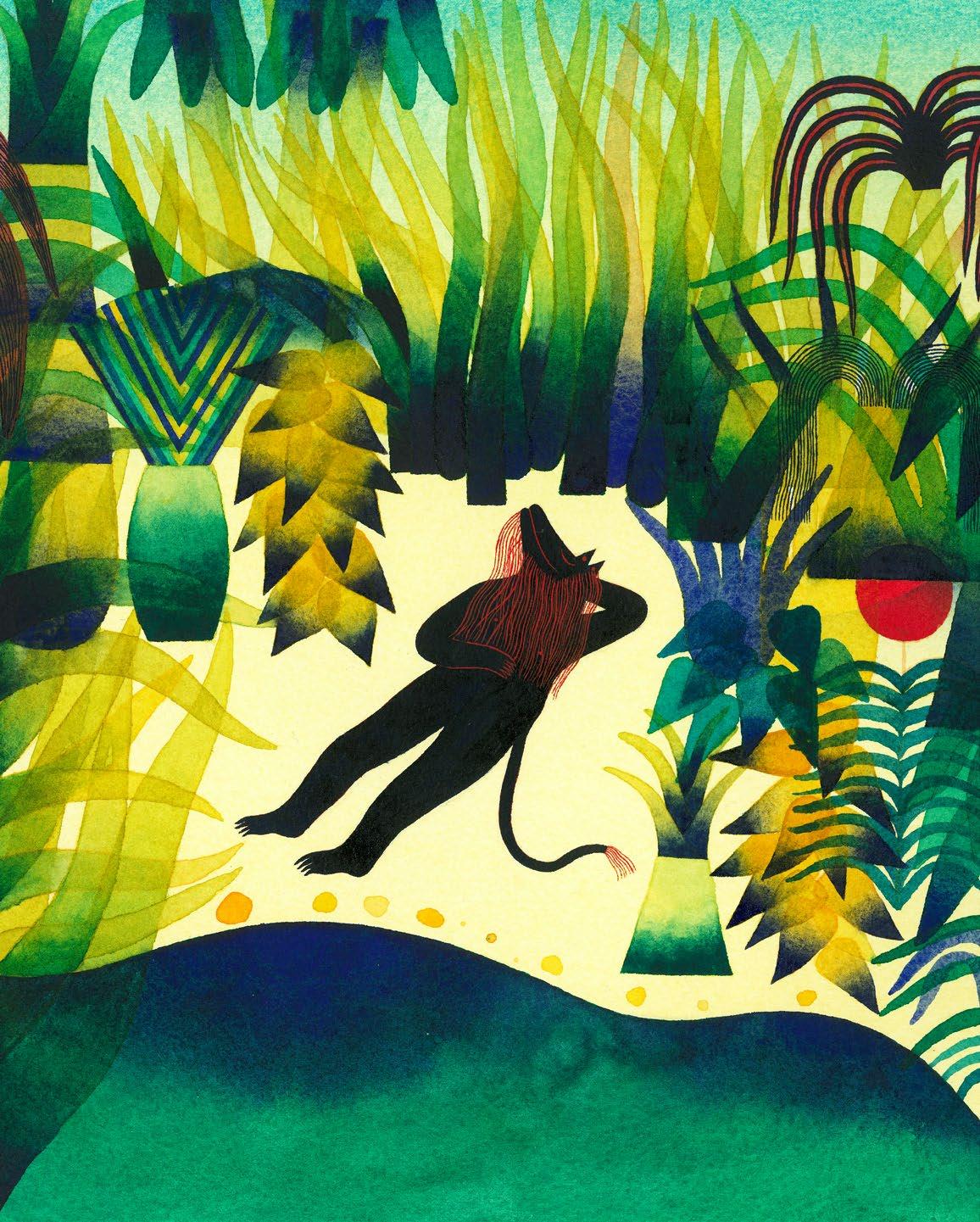
La corsa degli animali di Daniil Charms


Progetto libro realizzato con :
Project made with :
Tecnica : acquerello
Technique : watercolour
Illustrazione di Jean Mallard da “La corsa degli animali” : particolare.


Tesi
Ars in Fabula Master A.A. 2018—2019 / Jean Mallard (Francia, 2018) per Camelozampa.
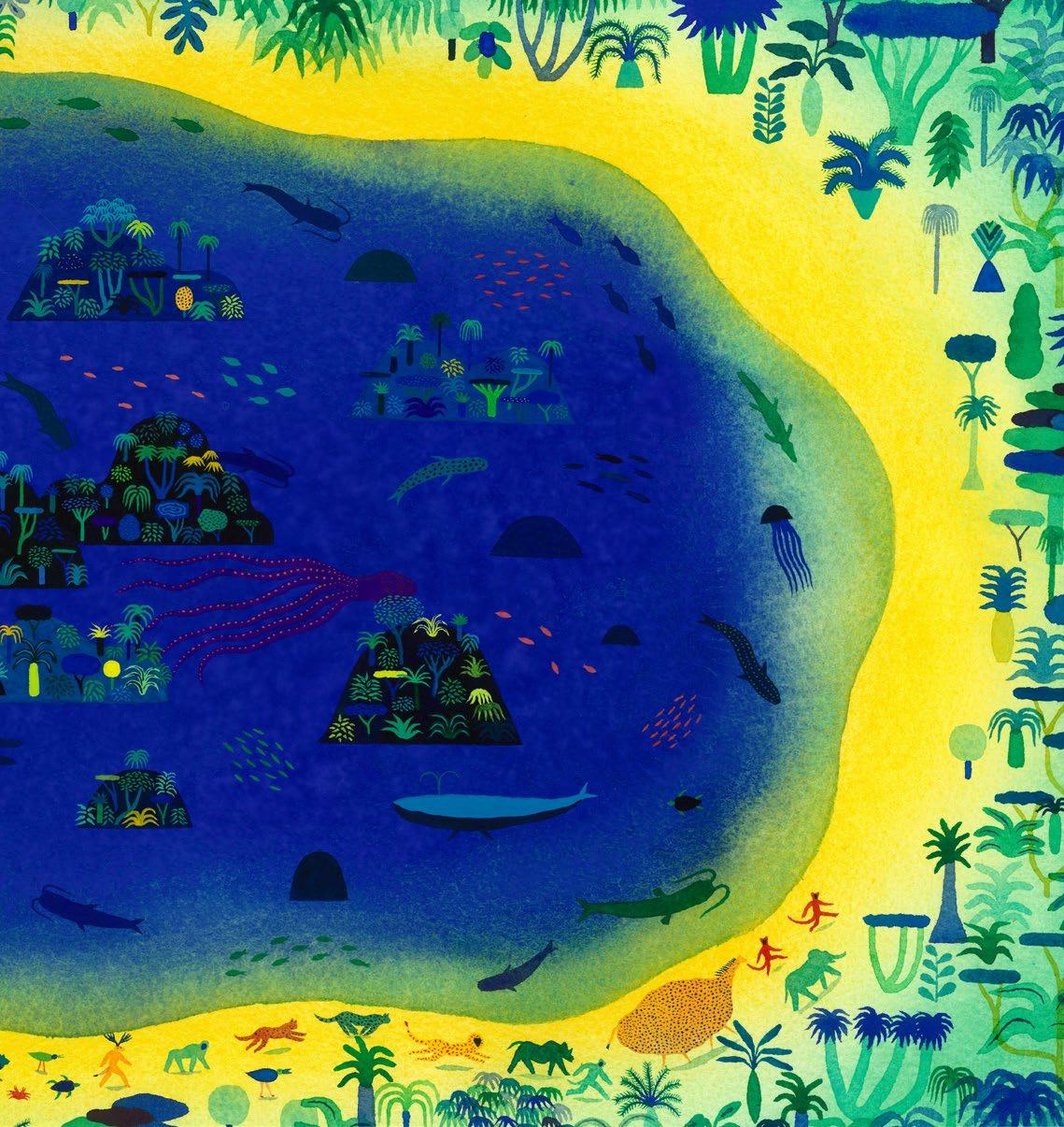
 Tesi Ars in Fabula Master A.A. 2018—2019 / Jean Mallard (Francia, 2018) per Camelozampa.
Tesi Ars in Fabula Master A.A. 2018—2019 / Jean Mallard (Francia, 2018) per Camelozampa.

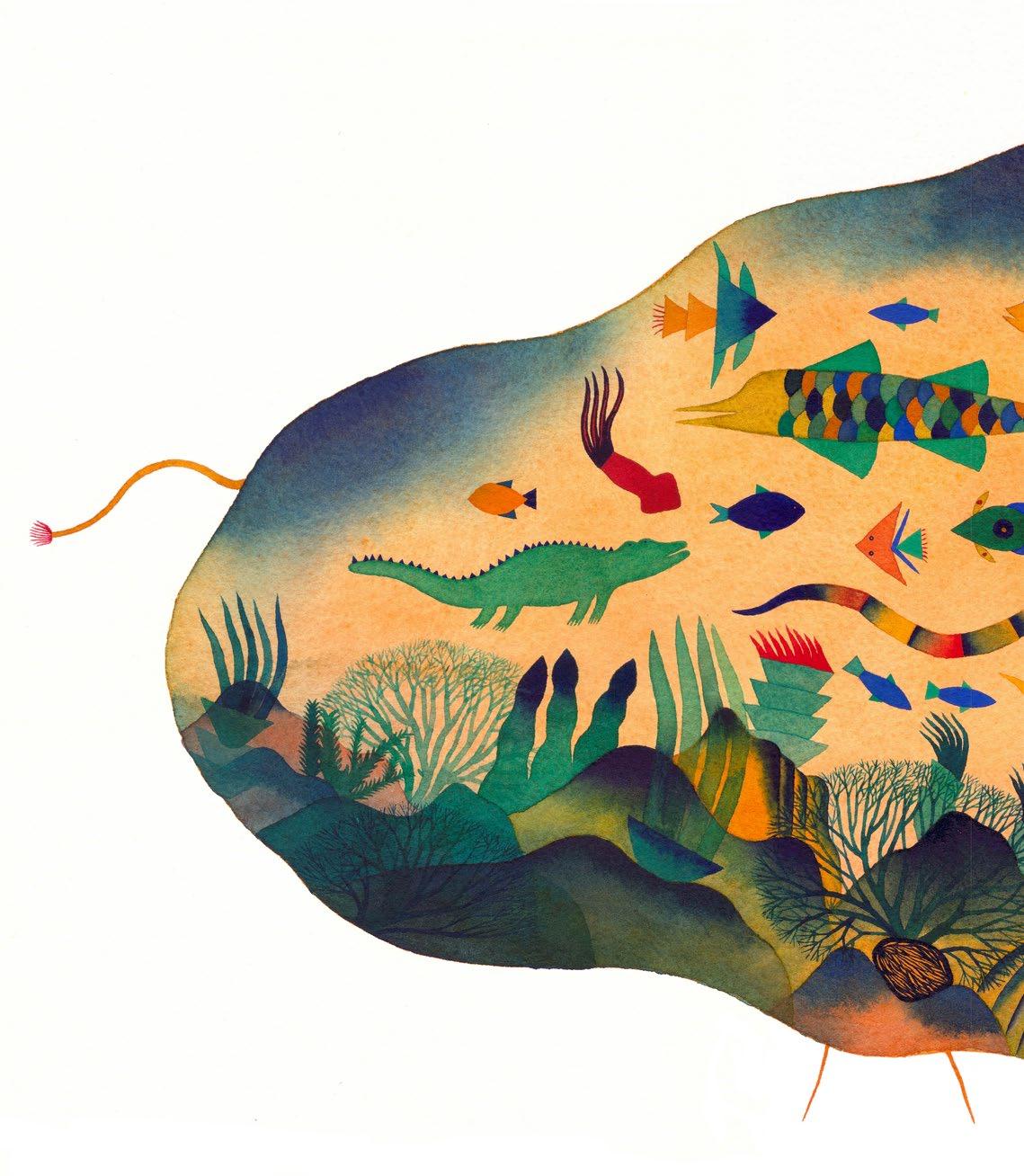
Tesi
Ars in
Fabula Master A.A. 2018—2019 / Jean Mallard (Francia, 2018) per Camelozampa.

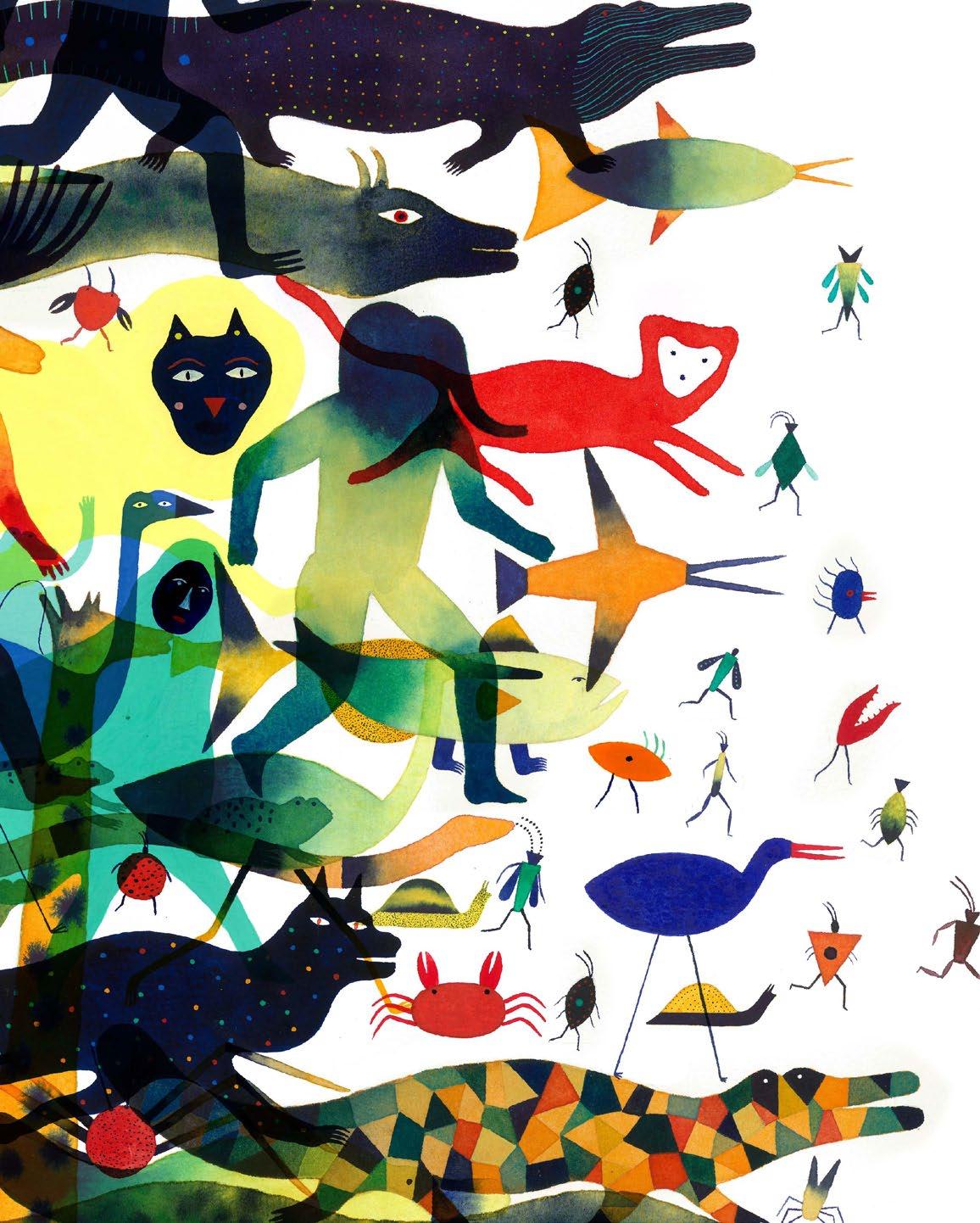

Tesi Ars in
Fabula Master A.A. 2018—2019 / Jean Mallard (Francia, 2018) per Camelozampa.
Kharkiv (Ucraina), 1989
Kharkiv (Ukraine), 1989
Nata a Kharkiv, in Ucraina, Olga Shtonda si laurea in Grafica all’Accademia Statale di Design e Arte di Kharkiv. Nel 2017 viene nominata all’Audience Award, StArtAward contest for BoekieBoekie (Paesi Bassi), concorso internazionale per illustratori esordienti. Nel 2019 è selezionata alla Mostra degli illustratori della Bologna Children’s Book Fair e vince l’Ars In Fabula Grant Award. Durante il Master di Macerata lavora con l’editore Franco Cosimo Panini che le affida il progetto “Il mondo va così”, una filastrocca scritta da Alessandro Riccioni.
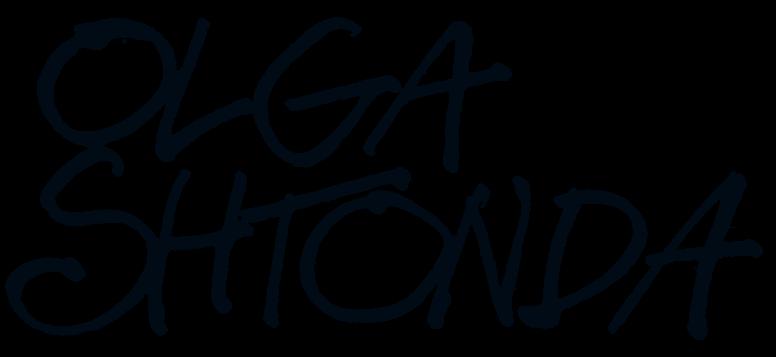
Born in Kharkiv, Ukraine, Olga Shtonda graduated in Graphic Design at the Kharkiv State Academy of Design and Art. In 2017 she was nominated for the Audience Award, StArtAward contest for BoekieBoekie (Netherlands), an international competition for young illustrators. In 2019 she was selected at the Illustrators Exhibition of the Bologna Children’s Book Fair and she won the Ars in Fabula Grant Award. During the Macerata Master she worked with the publisher Franco Cosimo Panini who entrusted her with the project “Il mondo va così”, a nursery rhyme written by Alessandro Riccioni.
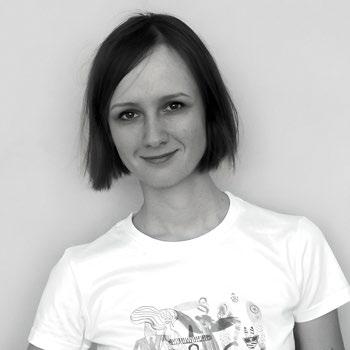 Illustrazione di Olga Shtonda, realizzata per Franco Cosimo Panini Editore : particolare
Illustrazione di Olga Shtonda, realizzata per Franco Cosimo Panini Editore : particolare
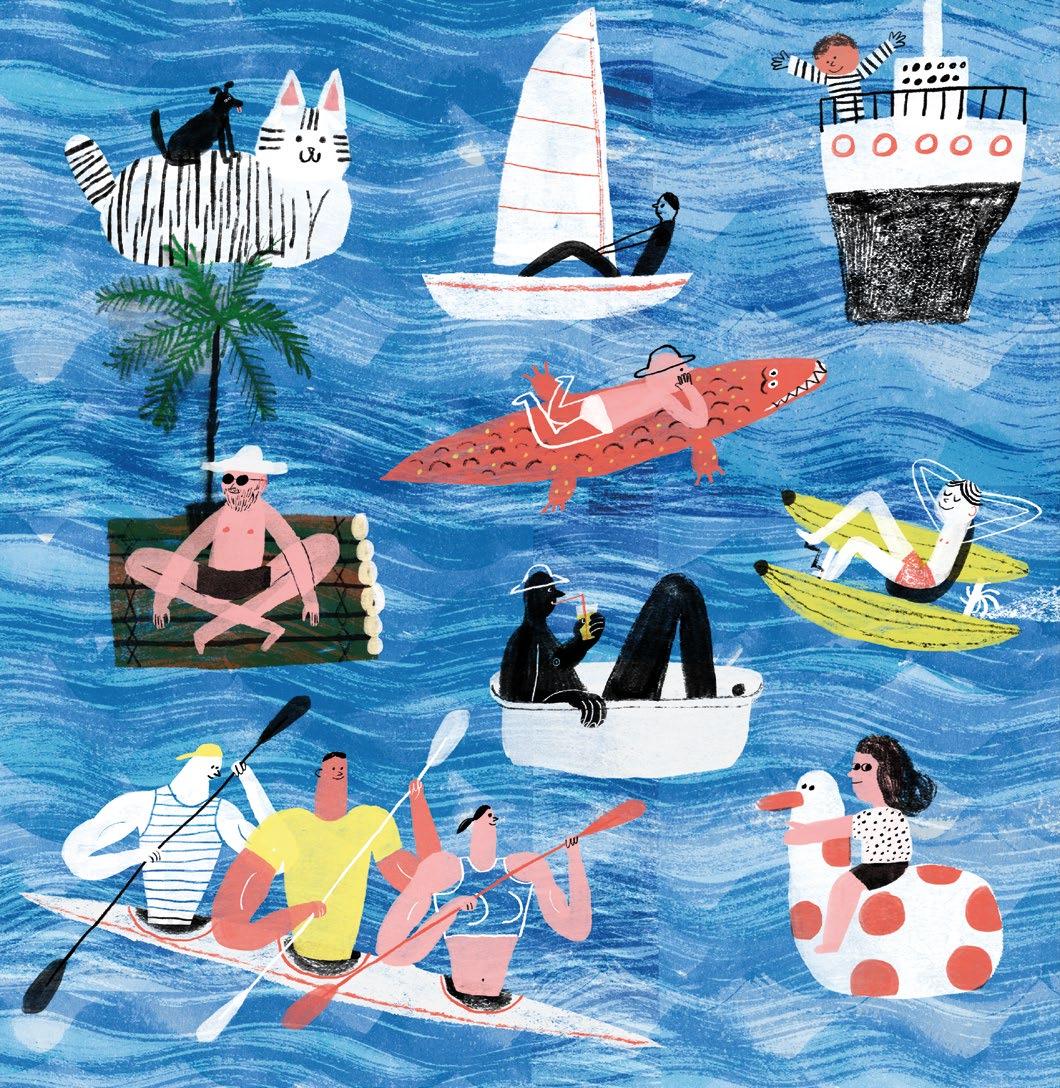
Il mondo va così
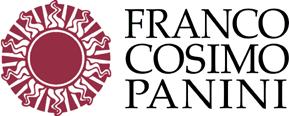
di Alessandro Riccioni
Progetto libro realizzato con :
Project made with :
Tecnica : tecnica digitale
Technique : digital technique
 Illustrazione di Olga Shtonda, realizzata per Franco Cosimo Panini Editore : particolare
Illustrazione di Olga Shtonda, realizzata per Franco Cosimo Panini Editore : particolare


Tesi
in
Ars
Fabula Master A.A. 2019—2020 / Olga Shtonda (Ucraina, 2019) per Franco Cosimo Panini Editore.
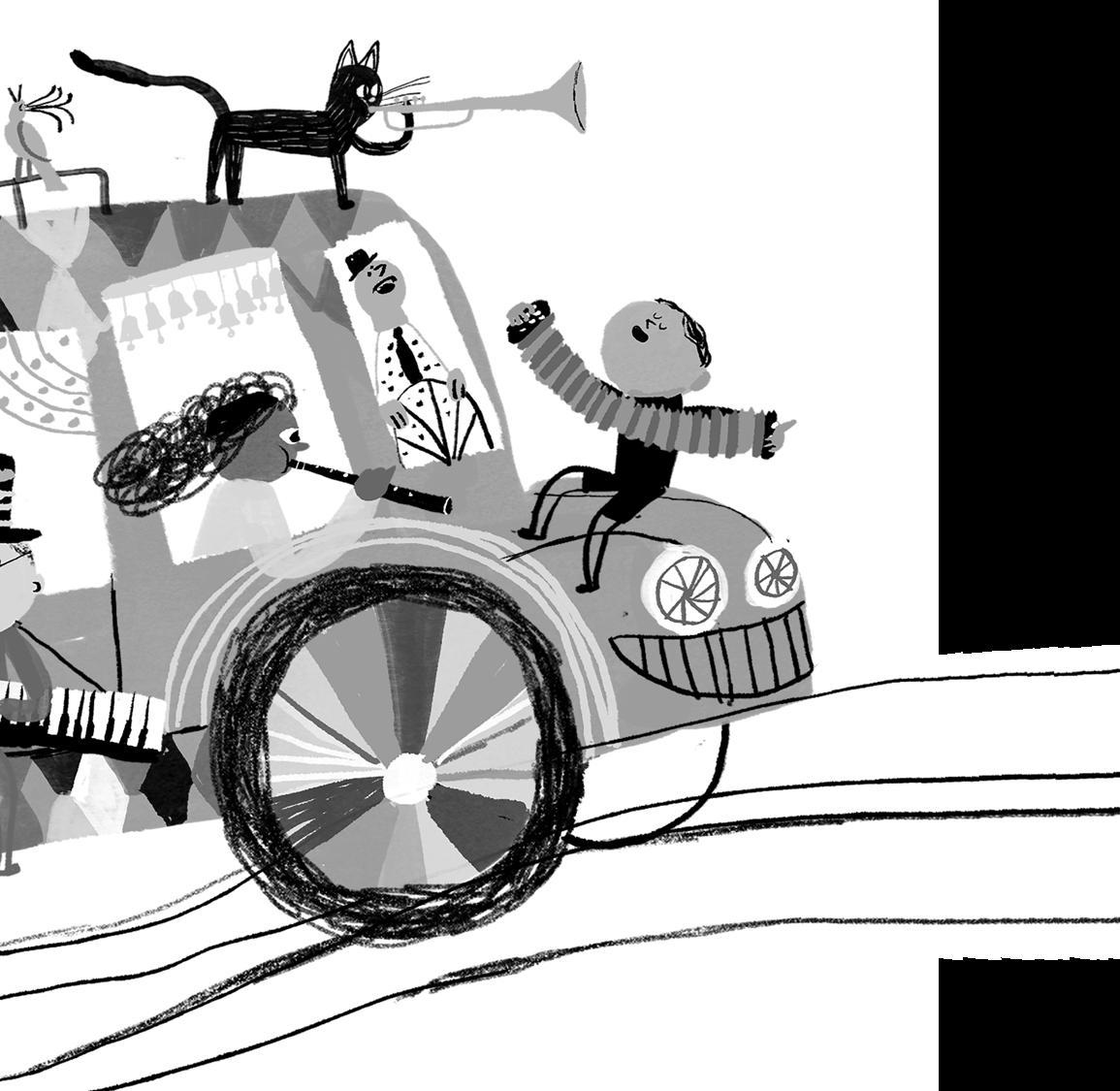

Tesi
Ars in
Fabula Master A.A. 2019—2020 / Olga Shtonda (Ucraina, 2019) per Franco Cosimo Panini Editore.


Tesi
Ars in Fabula Master A.A. 2019—2020 / Olga Shtonda (Ucraina, 2019) per Franco Cosimo Panini Editore.
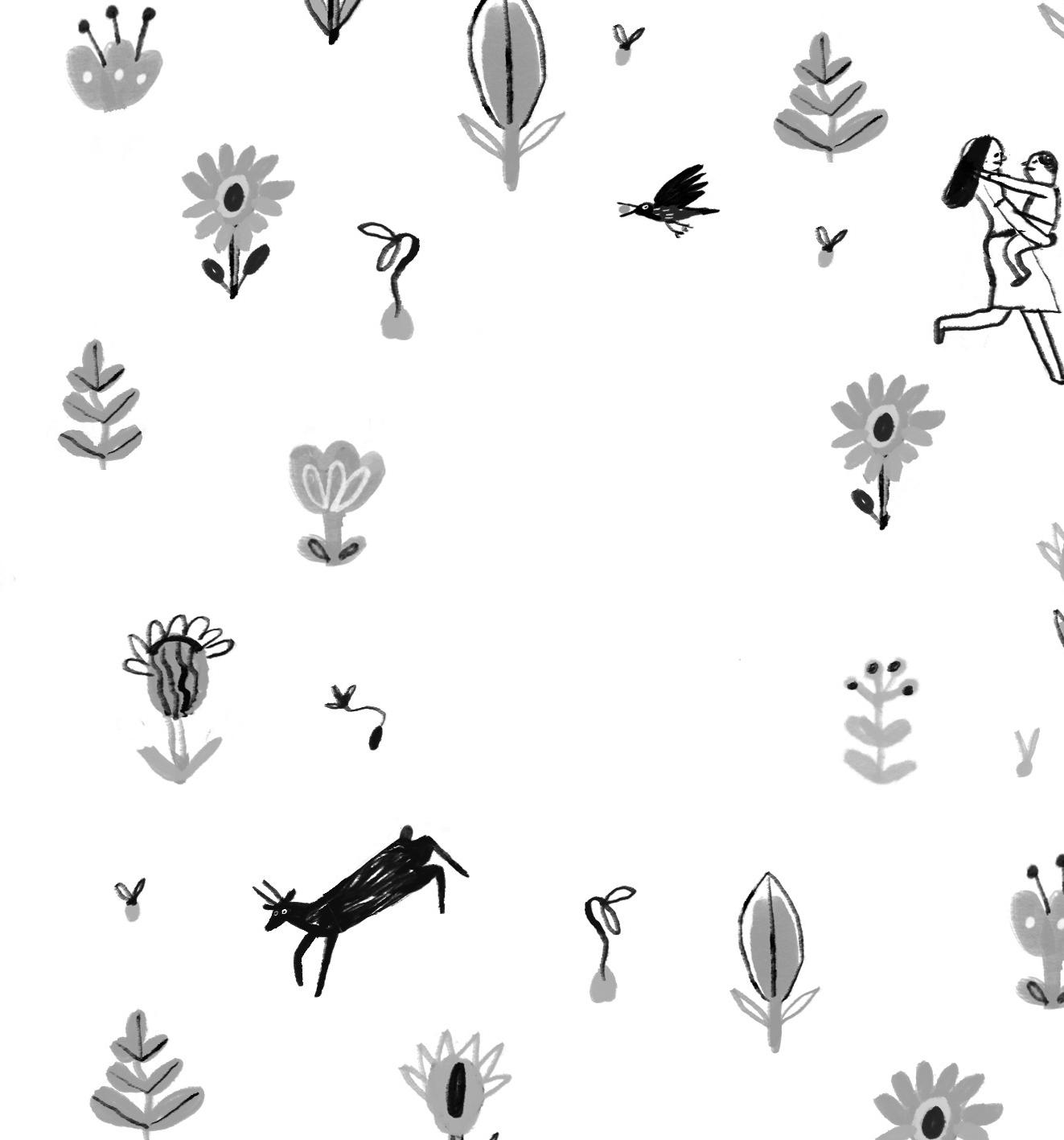
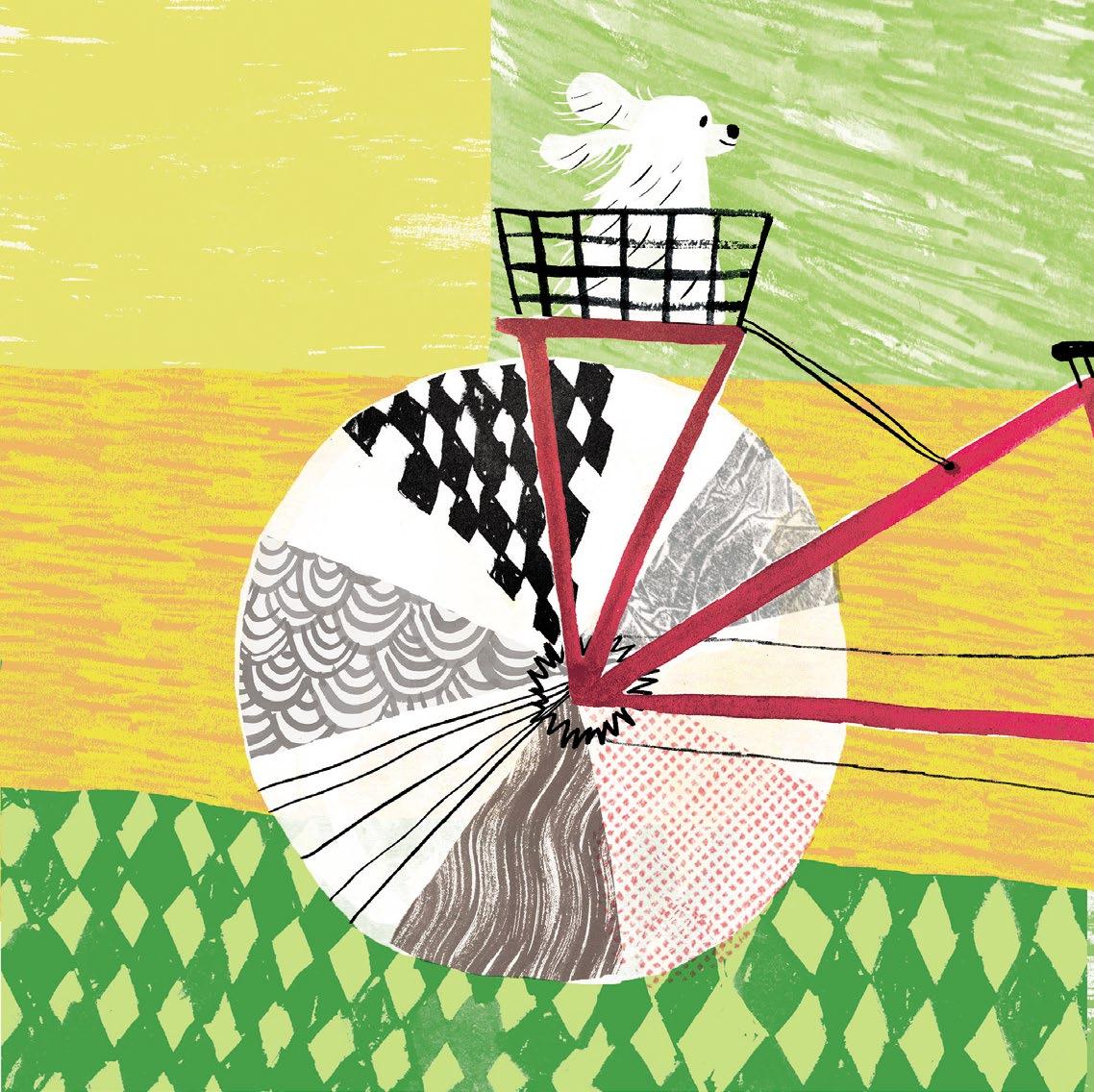 Tesi Ars in Fabula Master A.A. 2019—2020 / Olga Shtonda (Ucraina, 2019) per Franco Cosimo Panini Editore.
Tesi Ars in Fabula Master A.A. 2019—2020 / Olga Shtonda (Ucraina, 2019) per Franco Cosimo Panini Editore.

Bologna (Italia), 1997
Bologna (Italy), 1997
Dopo gli studi in lingue straniere, Elisa Cavaliere si diploma all’Accademia di Belle Arti di Bologna, corso di Fumetto e Illustrazione. Nel 2020 viene selezionata per la Mostra degli Illustratori alla Bologna Children’s Book Fair e vince il premio Ars in Fabula Grant Award. Frequenta il Master Ars in Fabula dove collabora con l’editore ZOOlibri, per il quale realizza il progetto libro “Il pulcino che non voleva uscire dall’uovo” di Francesca Mascheroni. I suoi lavori sono stati selezionati nel 2020 e nel 2021 alla Taiwan Illustrator’s Exhibition di Taipei, nel 2022 all’Original Illustration Exhibition of Chen Bochui Internazional Literature Award (CICLA) di Shanghai.
After studying foreign languages, Elisa Cavaliere graduated at the Academy of Fine Arts in Bologna, with a course in Comics and Illustration. In 2020 she was selected for the Illustrators Exhibition at the Bologna Children’s Book Fair and she won the Ars in Fabula Grant Award. She attended the Master Ars in Fabula where she collaborated with the publisher ZOOlibri, for which she realized the book project “Il pulcino che non voleva uscire dall’uovo” by Francesca Mascheroni. Her works were selected in 2020 and

2021 at the Taiwan Illustrator ‘s Exhibition in Taipei, in 2022 at the Original Illustration Exhibition of Chen Bochui International Literature Award (CICLA) in Shanghai.
 Illustrazione di Elisa Cavaliere, realizzata per ZOOlibri : particolare
Illustrazione di Elisa Cavaliere, realizzata per ZOOlibri : particolare
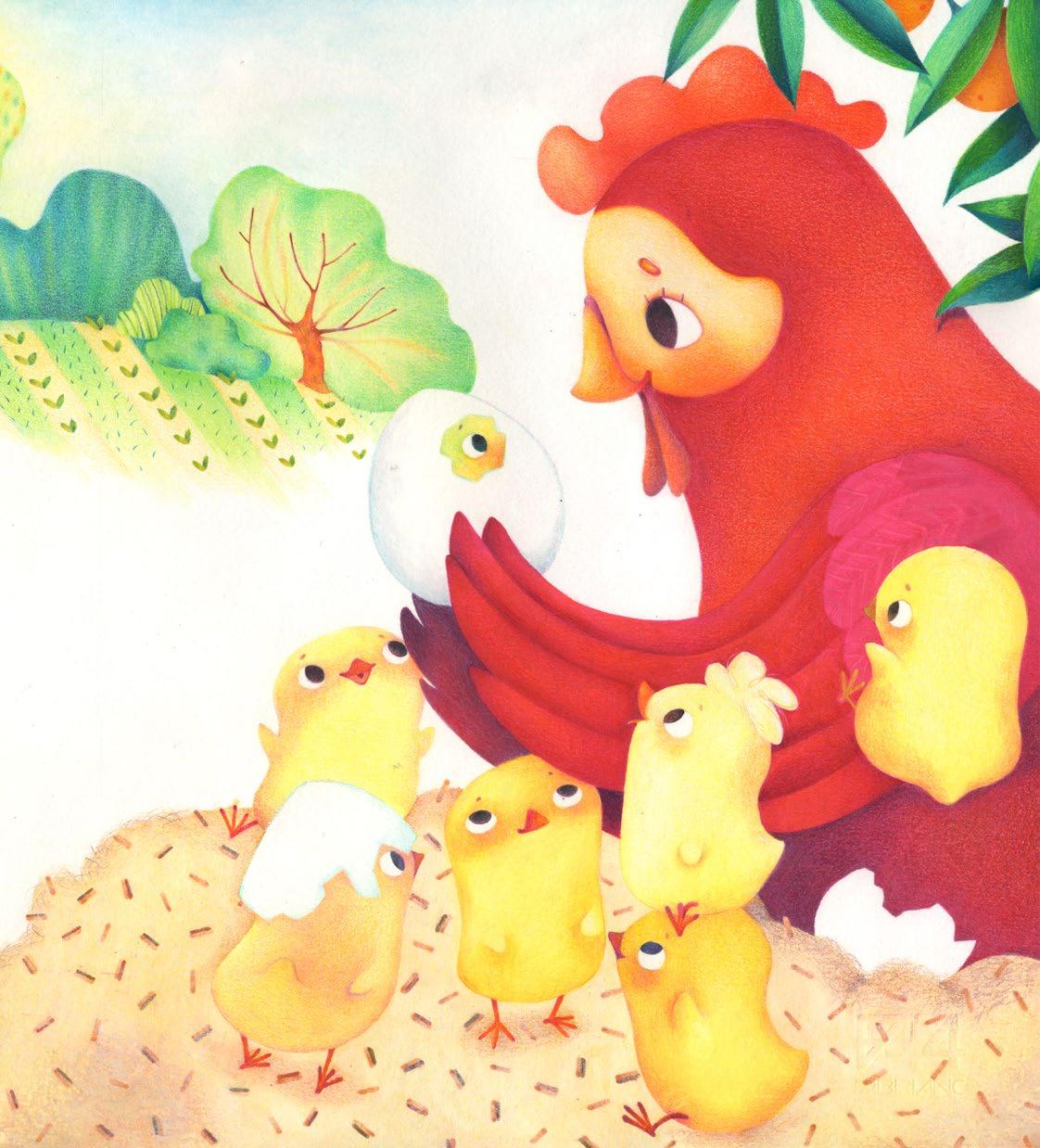
Il pulcino che non voleva uscire dall’uovo di Francesca Mascheroni
Progetto libro realizzato con :


Project made with :
Tecnica : pastelli e acquerelli
Technique : pastels and watercolours
A fianco,studio del personaggio di Elisa Cavaliere, realizzato per ZOOlibri


Tesi
Ars
in
Fabula Master A.A. 2020—2021 / Elisa Cavaliere (Italia, 2020) per ZOOlibri.
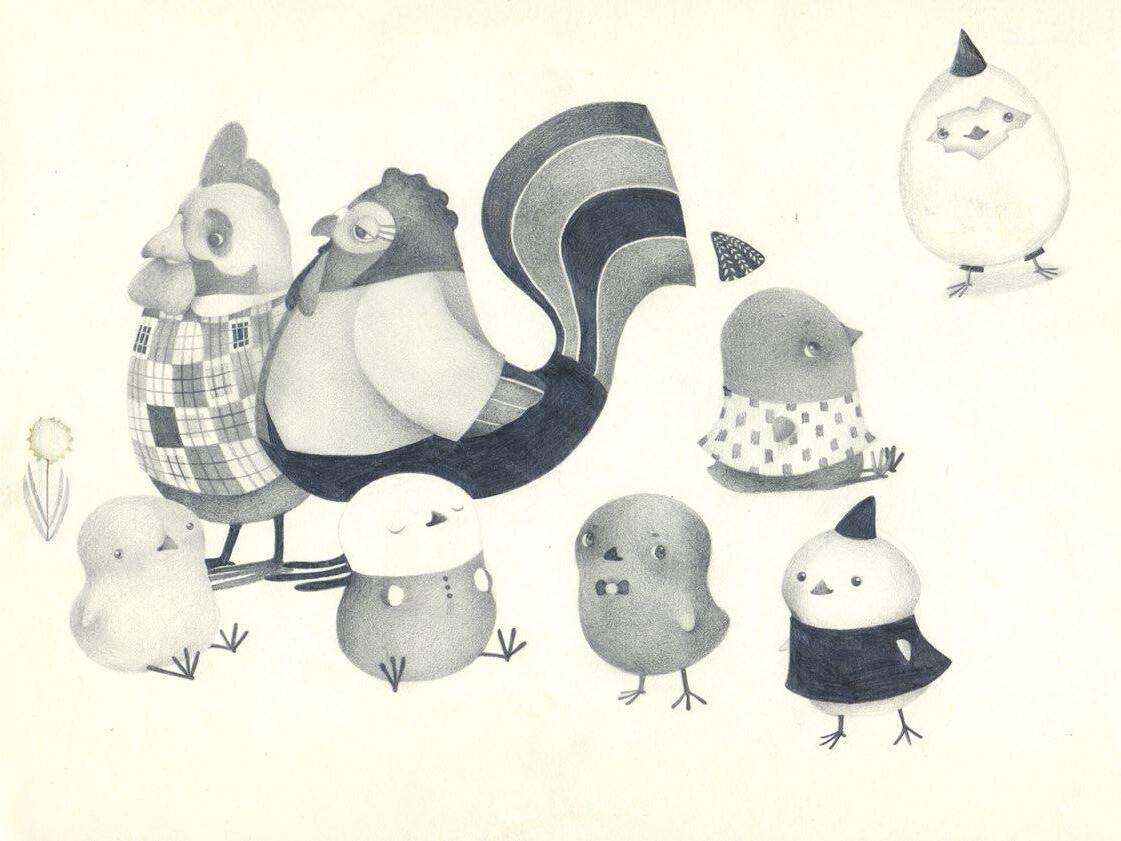
In queste pagine
alcuni studi dei personaggi.

Tesi
Ars in Fabula Master A.A. 2020—2021 / Elisa Cavaliere (Italia, 2020) per ZOOlibri.

 Tesi Ars in Fabula Master A.A. 2020—2021 / Elisa Cavaliere (Italia, 2020) per ZOOlibri.
Tesi Ars in Fabula Master A.A. 2020—2021 / Elisa Cavaliere (Italia, 2020) per ZOOlibri.
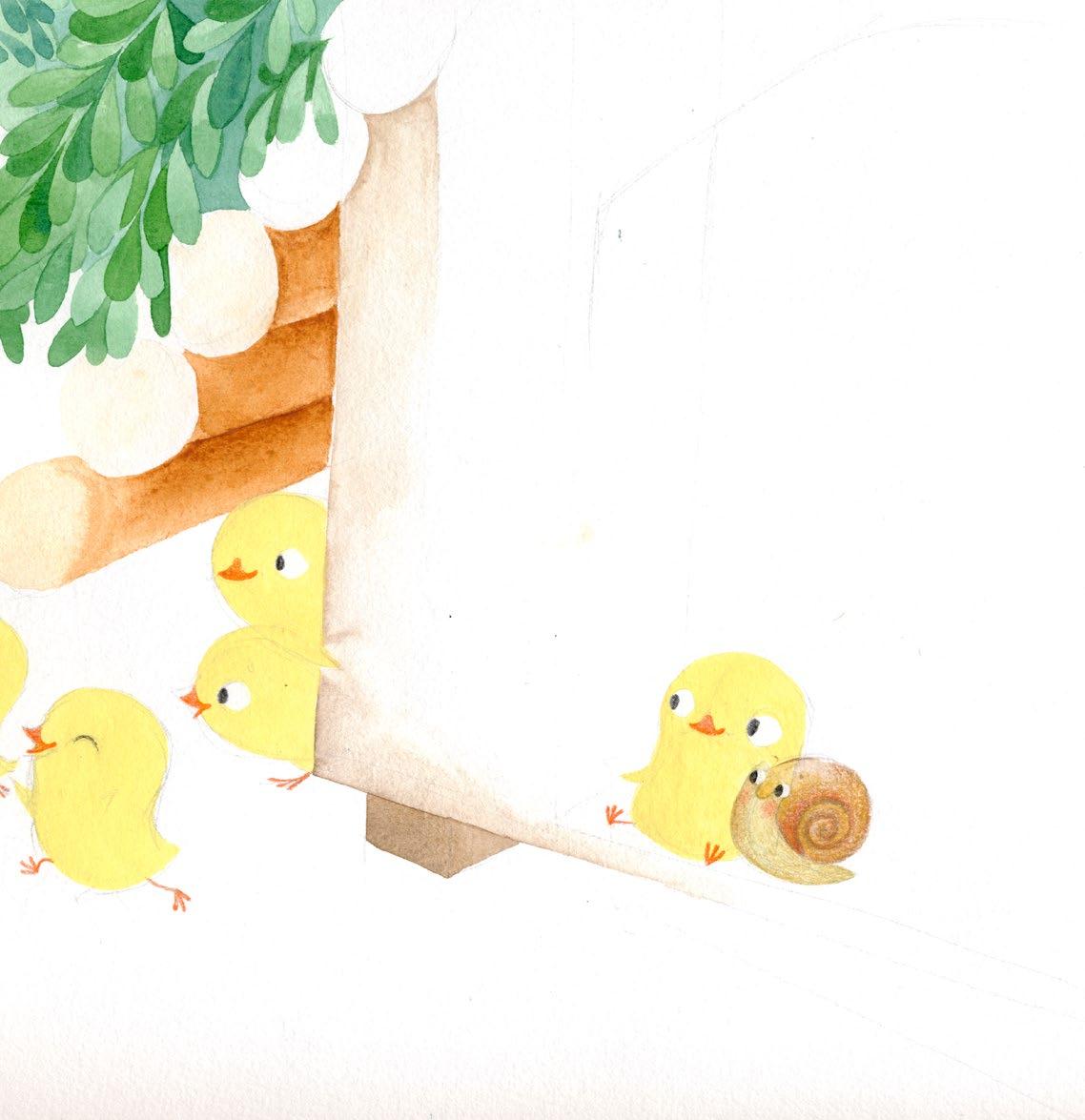
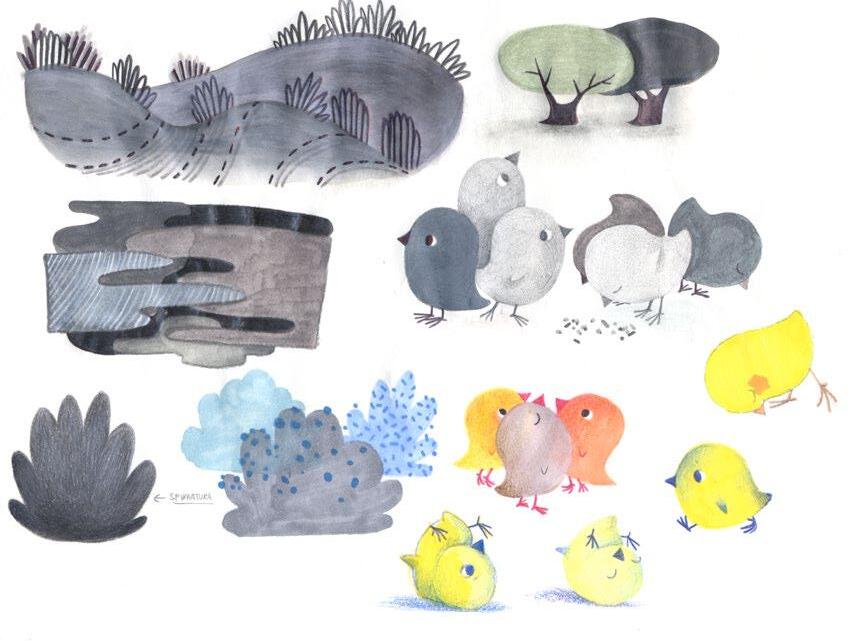
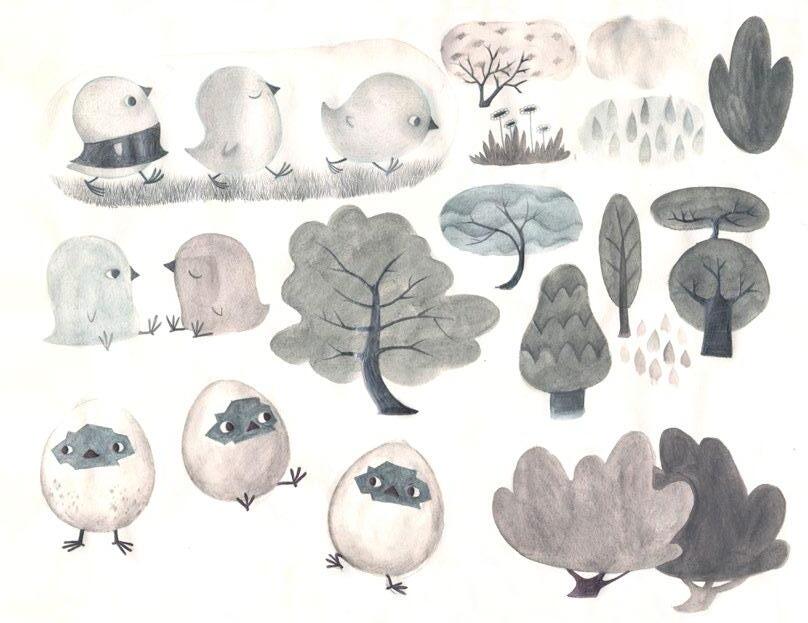
Tesi
Ars in Fabula Master A.A. 2020—2021 / Elisa Cavaliere (Italia, 2020) per ZOOlibri.

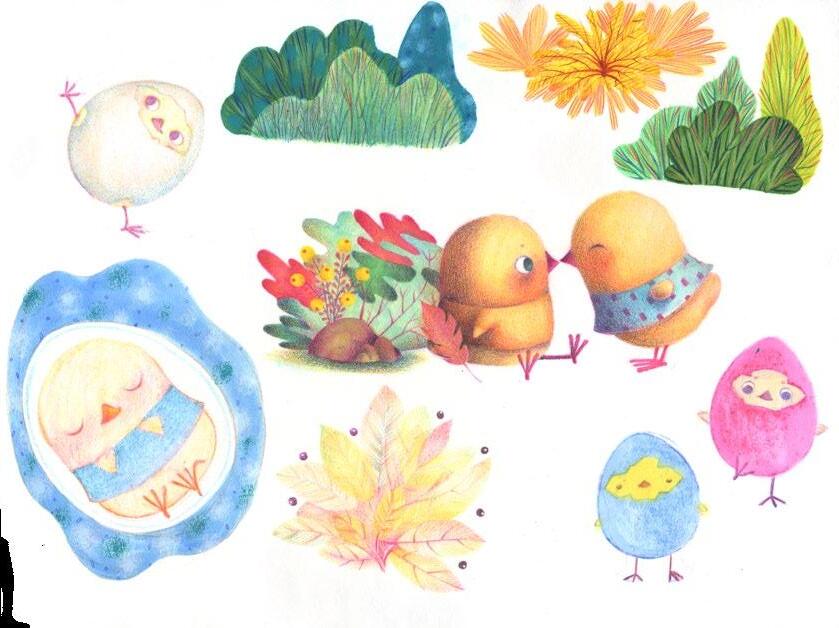
In queste
pagine alcuni studi dei personaggi.
Kaluga (Russia), 1993
Kaluga (Russia), 1993
Nata a Kaluga, in Russia, Lera Elunia ha studiato per sei anni pittura e arti grafiche all’Università Statale di Arti della Stampa di Ivan Fedorov di Mosca. Nel 2021 i suoi lavori vengono selezionati alla Bologna Children’s Book Fair e vince il premio Ars in Fabula Grant Award. Frequenta il Master collaborando con l’editore Kite, per il quale realizza il progetto-libro “La Scelta”. I suoi lavori sono stati selezionati in numerose mostre, ricordiamo in particolare: la œ di Varsavia (2016), la Typomania Moscow International Festival di Mosca (2017) e la XIV International Illustration and Book Design Competition ‘Image of the Book’ di Mosca (2020). Attualmente insegna all’Istituto di Business e Design di Mosca.

Born in Kaluga, Russia, Lera Elunina studied painting and graphic arts for six years at the Ivan Fedorov State University of Printing Arts in Moscow. In 2021 her works were selected at the Bologna Children’s Book Fair and she won the Ars in Fabula Grant Award. She attended the Master collaborating with the publisher Kite, for which she created the book-project “La scelta”. Her works have been selected in numerous exhibitions, in particular:
the œ in Warsaw (2016), the Typomania Moscow International Festival in Moscow (2017) and the XIV International Illustration and Book Design Competition “Image of the Book” in Moscow (2020). She currently teaches at the Moscow Institute of Business and Design.
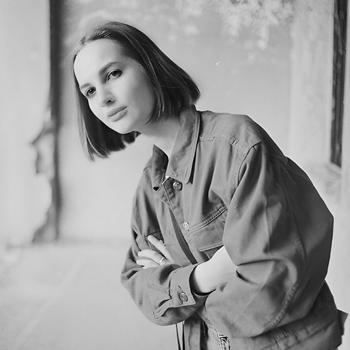

La scelta
di Valentina Mai
Progetto libro realizzato con :

Project made with :
Tecnica : matite colorate e tecnica digitale
Technique : scratchboard and acrylic

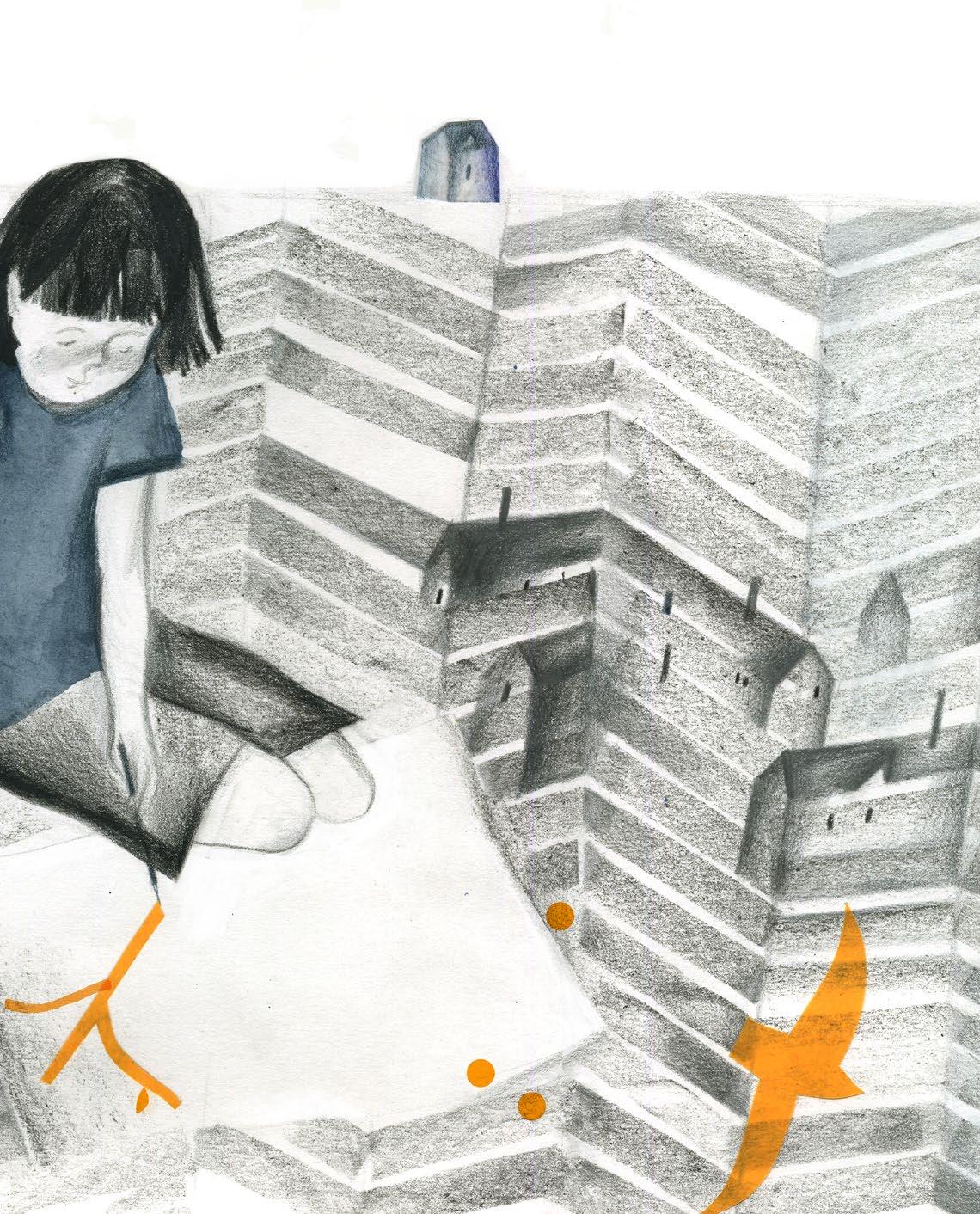
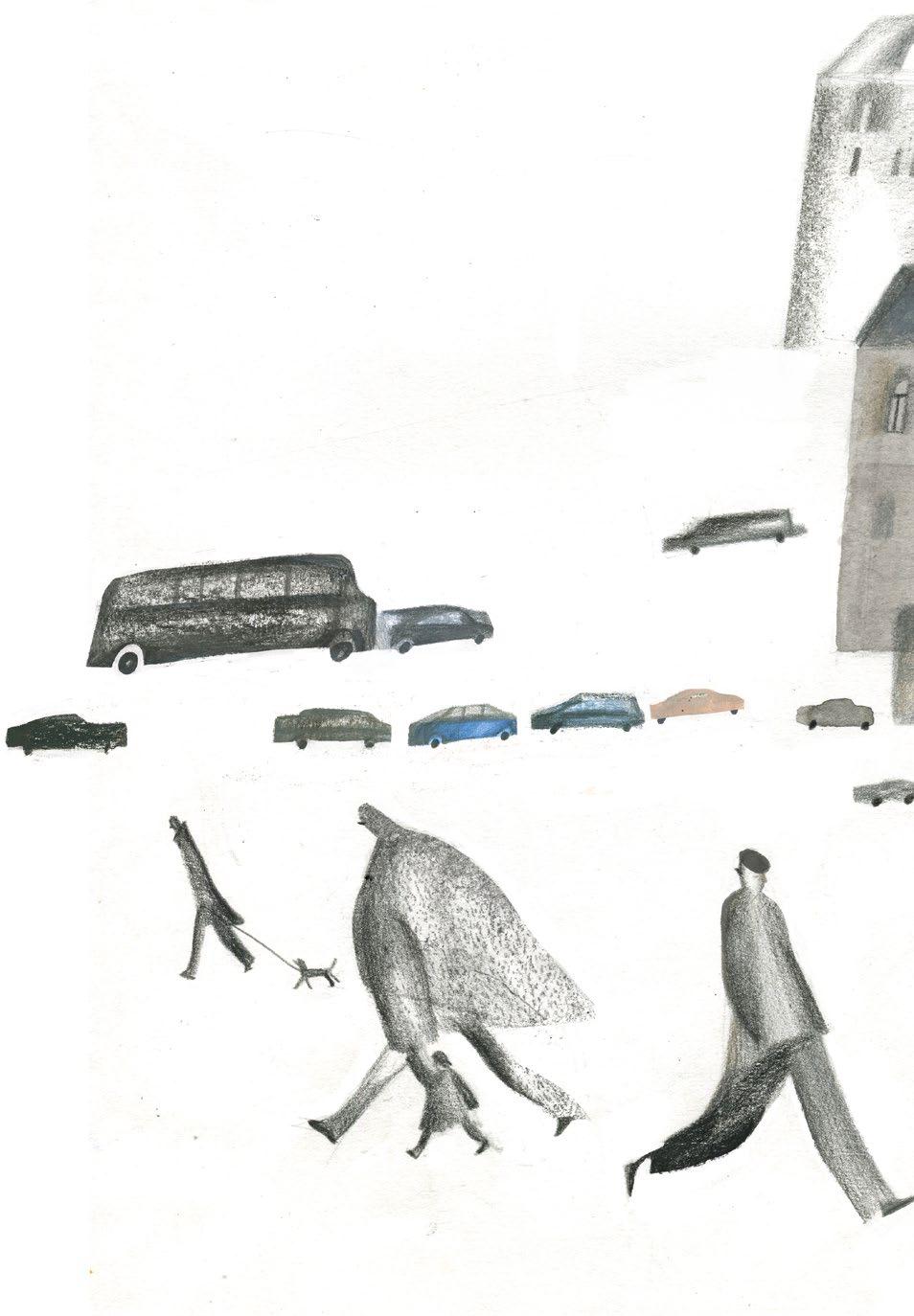
Tesi
Ars in
Fabula Master A.A. 2021—2022 / Lera Elunina (Russia, 2021) per Kite Edizioni.


Tesi
Ars in Fabula Master A.A. 2021—2022 / Lera Elunina (Russia, 2021) per Kite Edizioni.

 Tesi Ars in Fabula Master A.A. 2021—2022 / Lera Elunina (Russia, 2021) per Kite Edizioni.
Tesi Ars in Fabula Master A.A. 2021—2022 / Lera Elunina (Russia, 2021) per Kite Edizioni.

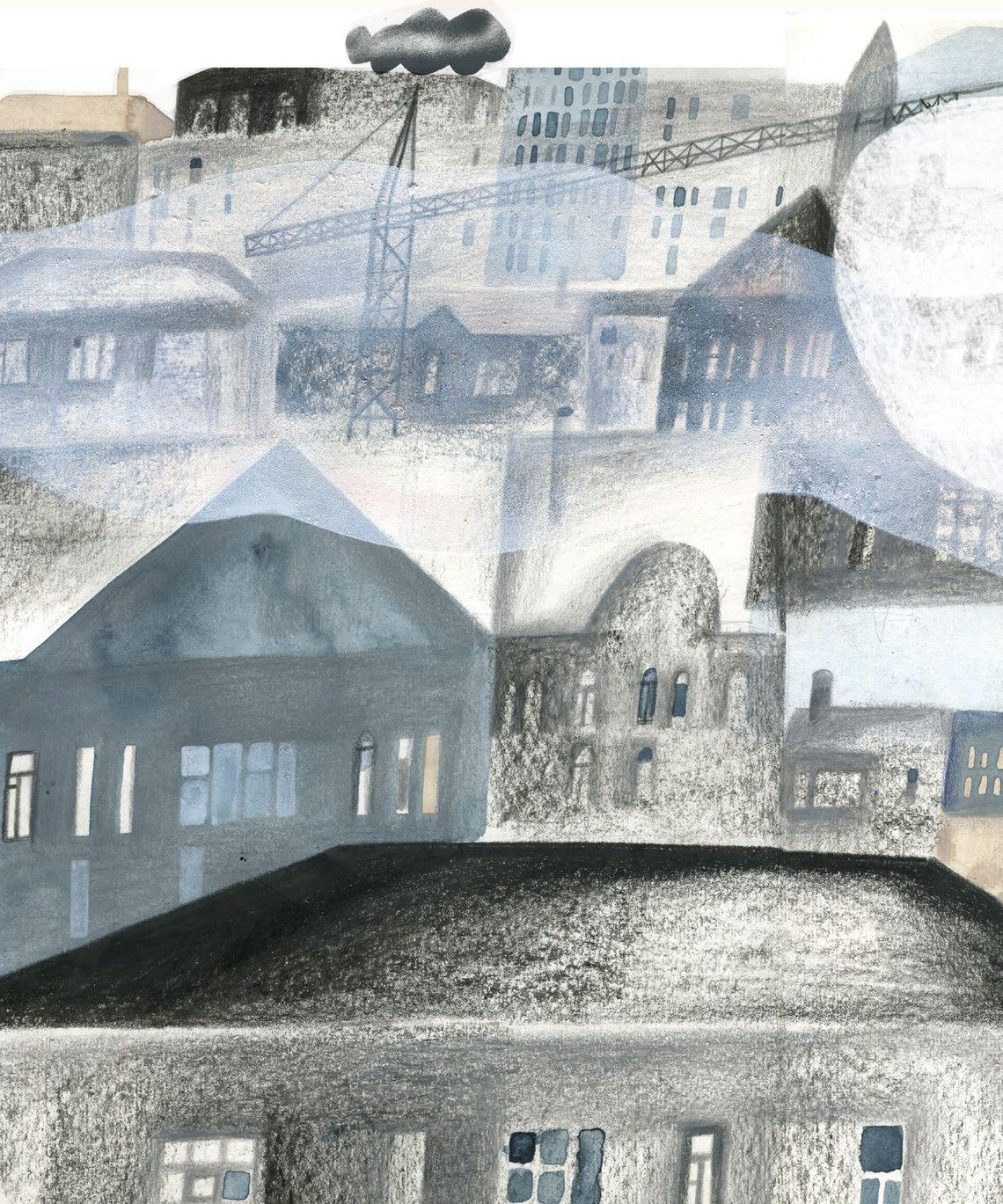
Tesi
Ars in Fabula Master A.A. 2021—2022 / Lera Elunina (Russia, 2021) per Kite Edizioni.

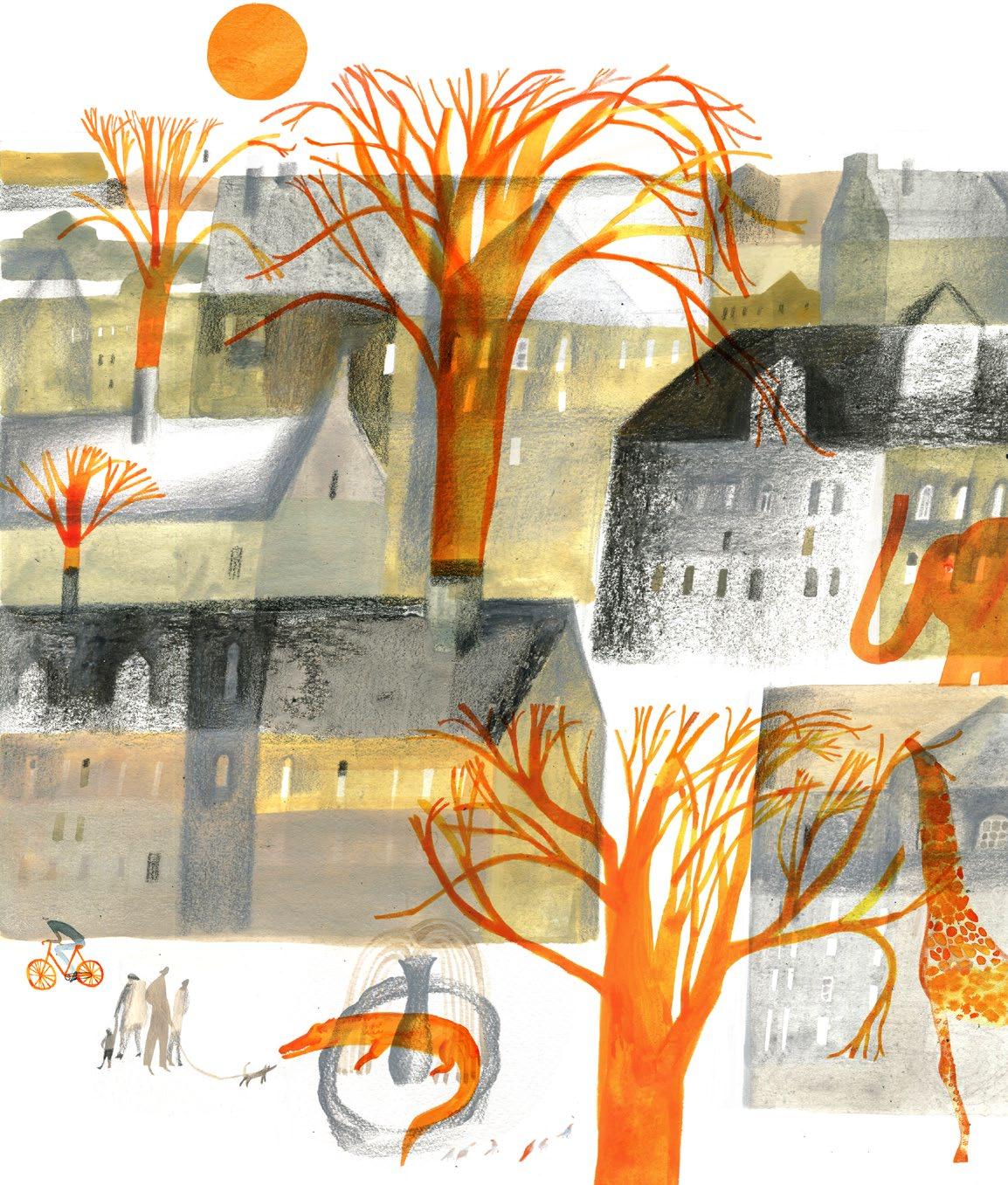
Tesi
Ars in Fabula Master A.A. 2021—2022 / Lera Elunina (Russia, 2021) per Kite Edizioni.
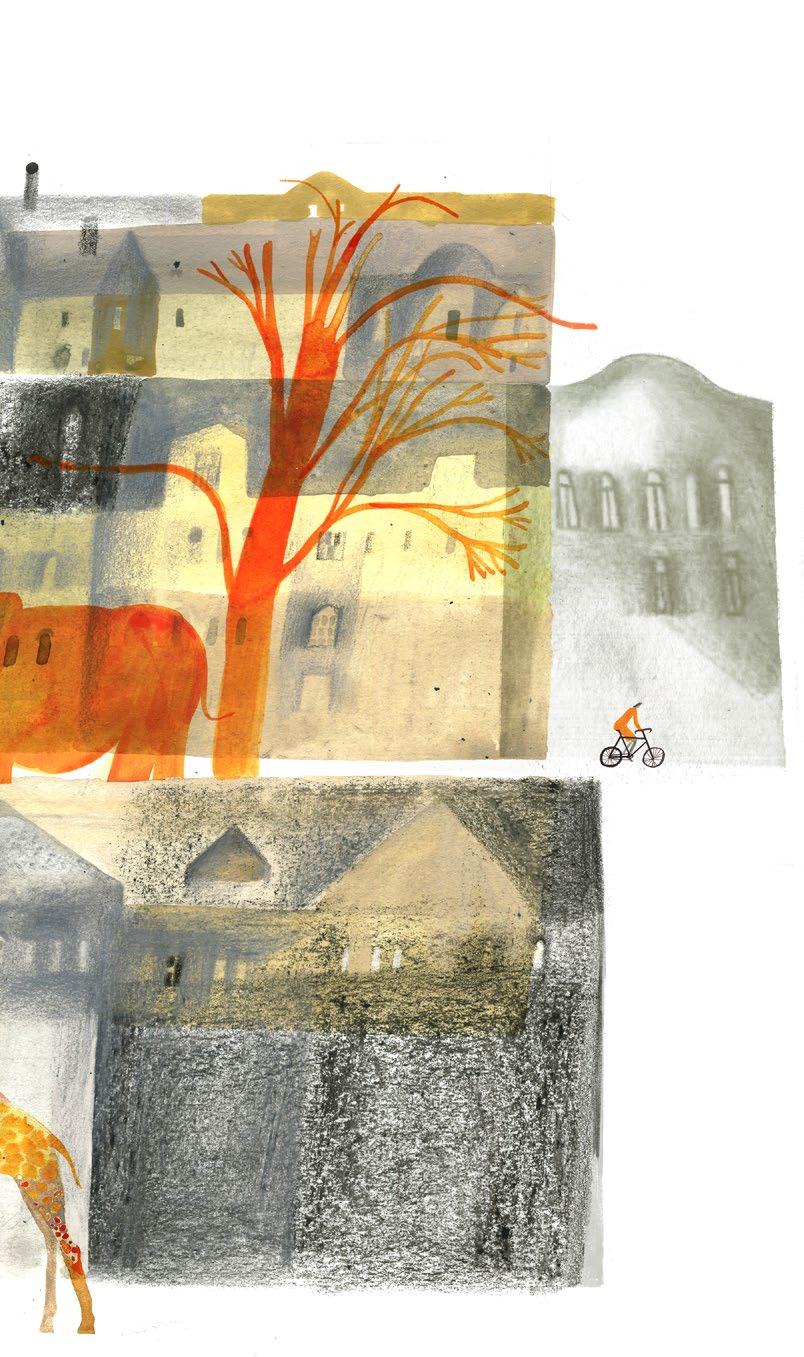

Tesi
Ars in Fabula Master A.A. 2021—2022 / Lera Elunina (Russia, 2021) per Kite Edizioni.

Ars in Fabula – Scuola di illustrazione Palazzo Compagnoni-Marefoschi
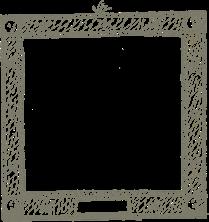
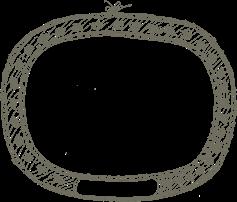

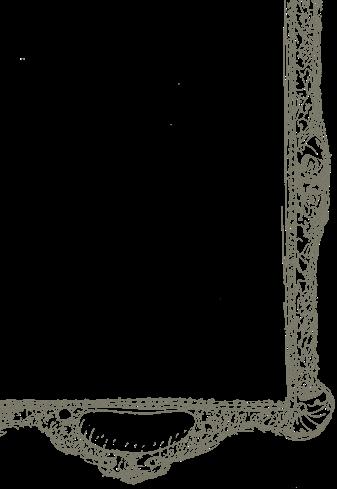
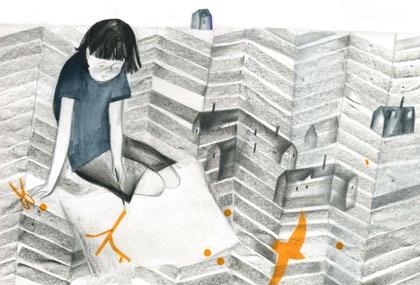
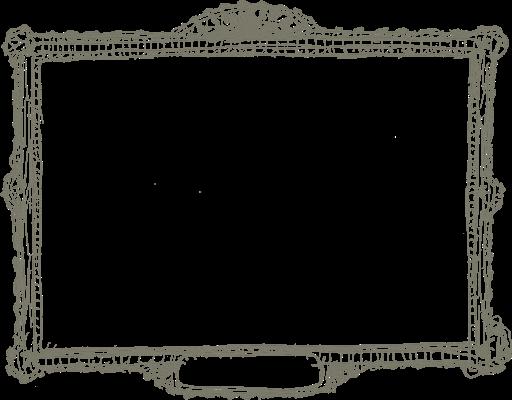
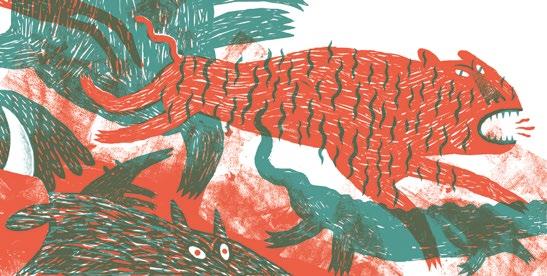

Via Don Minzoni 11, Macerata 62100 tel. 0733 231740 / info@arsinfabula.com www.arsinfabula.com


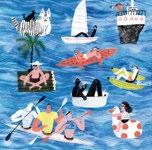



















 Illustrazione della diplomata Master e vincitrice Ars in Fabula Grant Award Olga Shtonda, realizzata per Franco Cosimo Panini Editore.
Illustrazione della diplomata Master e vincitrice Ars in Fabula Grant Award Olga Shtonda, realizzata per Franco Cosimo Panini Editore.









 Tesi Ars in Fabula Master A.A. 2012—2013 / Louise Heymans (Germania, 2012) per Orecchio Acerbo.
Tesi Ars in Fabula Master A.A. 2012—2013 / Louise Heymans (Germania, 2012) per Orecchio Acerbo.



 Tesi Ars in Fabula Master A.A. 2012—2013 / Louise Heymans (Germania, 2012) per Orecchio Acerbo.
Tesi Ars in Fabula Master A.A. 2012—2013 / Louise Heymans (Germania, 2012) per Orecchio Acerbo.


 Tesi Ars in Fabula Master A.A. 2012—2013 / Louise Heymans (Germania, 2012) per Orecchio Acerbo.
Tesi Ars in Fabula Master A.A. 2012—2013 / Louise Heymans (Germania, 2012) per Orecchio Acerbo.





 Sopra, illustrazione di JooHe Yoon da “Re Tigre” : particolare.
Sopra, illustrazione di JooHe Yoon da “Re Tigre” : particolare.














 A fianco, bozzetto preparatorio di Bruno Zocca, realizzato per Orecchio Acerbo.
A fianco, bozzetto preparatorio di Bruno Zocca, realizzato per Orecchio Acerbo.










 Illustrazione di Teresa Manferrari da “Chi trova una volpe trova un tesoro” : particolare.
Illustrazione di Teresa Manferrari da “Chi trova una volpe trova un tesoro” : particolare.





 Tesi Ars in Fabula Master A.A. 2015—2016 / Teresa Manferrari (Italia, 2015) per Sinnos.
Tesi Ars in Fabula Master A.A. 2015—2016 / Teresa Manferrari (Italia, 2015) per Sinnos.

 Tesi Ars in Fabula Master A.A. 2015—2016 / Teresa Manferrari (Italia, 2015) per Sinnos.
Tesi Ars in Fabula Master A.A. 2015—2016 / Teresa Manferrari (Italia, 2015) per Sinnos.







































 Illustrazione di Jean Mallard da “La corsa degli animali” : particolare.
Illustrazione di Jean Mallard da “La corsa degli animali” : particolare.






 Tesi Ars in Fabula Master A.A. 2018—2019 / Jean Mallard (Francia, 2018) per Camelozampa.
Tesi Ars in Fabula Master A.A. 2018—2019 / Jean Mallard (Francia, 2018) per Camelozampa.






 Illustrazione di Olga Shtonda, realizzata per Franco Cosimo Panini Editore : particolare
Illustrazione di Olga Shtonda, realizzata per Franco Cosimo Panini Editore : particolare


 Illustrazione di Olga Shtonda, realizzata per Franco Cosimo Panini Editore : particolare
Illustrazione di Olga Shtonda, realizzata per Franco Cosimo Panini Editore : particolare







 Tesi Ars in Fabula Master A.A. 2019—2020 / Olga Shtonda (Ucraina, 2019) per Franco Cosimo Panini Editore.
Tesi Ars in Fabula Master A.A. 2019—2020 / Olga Shtonda (Ucraina, 2019) per Franco Cosimo Panini Editore.


 Illustrazione di Elisa Cavaliere, realizzata per ZOOlibri : particolare
Illustrazione di Elisa Cavaliere, realizzata per ZOOlibri : particolare







 Tesi Ars in Fabula Master A.A. 2020—2021 / Elisa Cavaliere (Italia, 2020) per ZOOlibri.
Tesi Ars in Fabula Master A.A. 2020—2021 / Elisa Cavaliere (Italia, 2020) per ZOOlibri.














 Tesi Ars in Fabula Master A.A. 2021—2022 / Lera Elunina (Russia, 2021) per Kite Edizioni.
Tesi Ars in Fabula Master A.A. 2021—2022 / Lera Elunina (Russia, 2021) per Kite Edizioni.




















